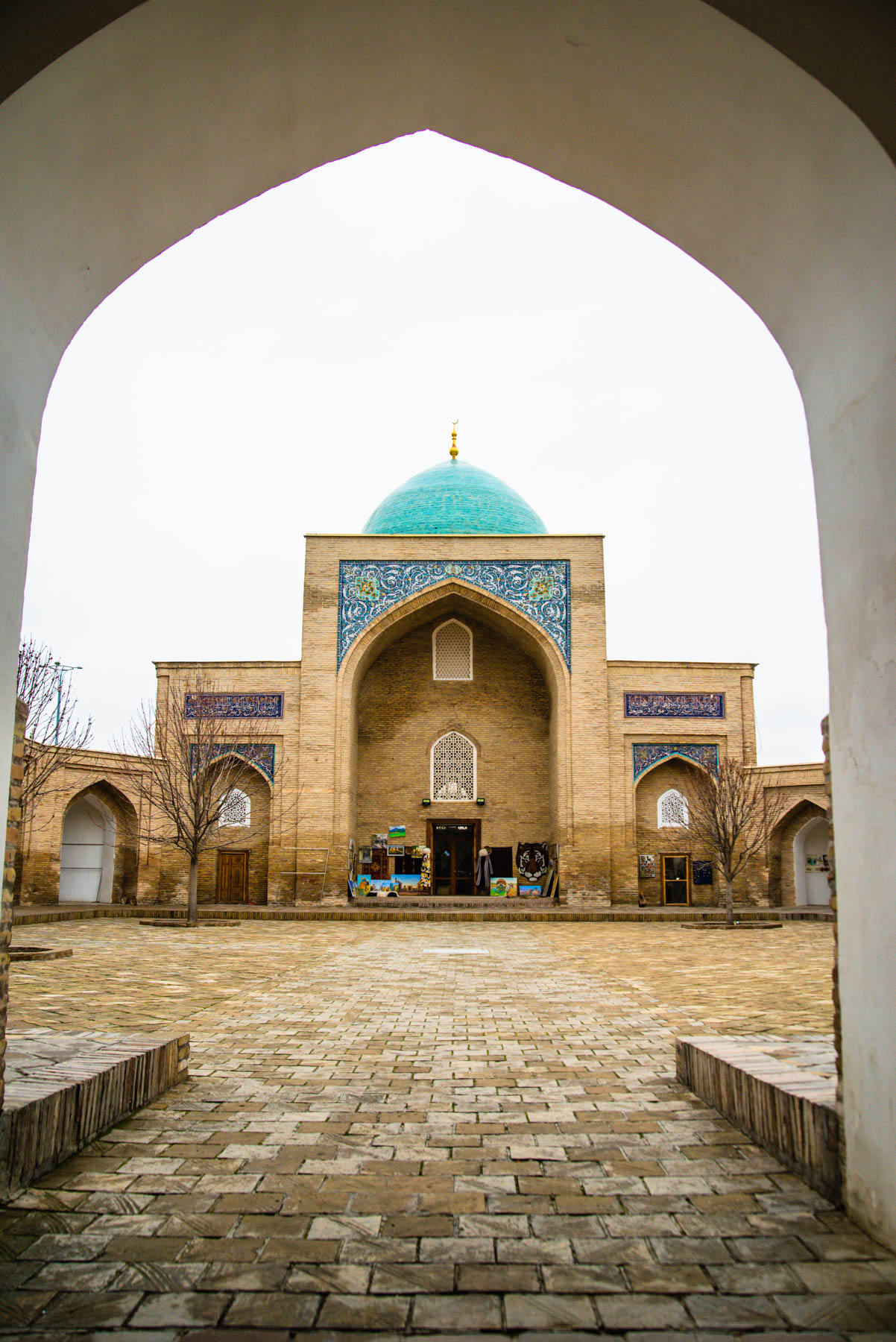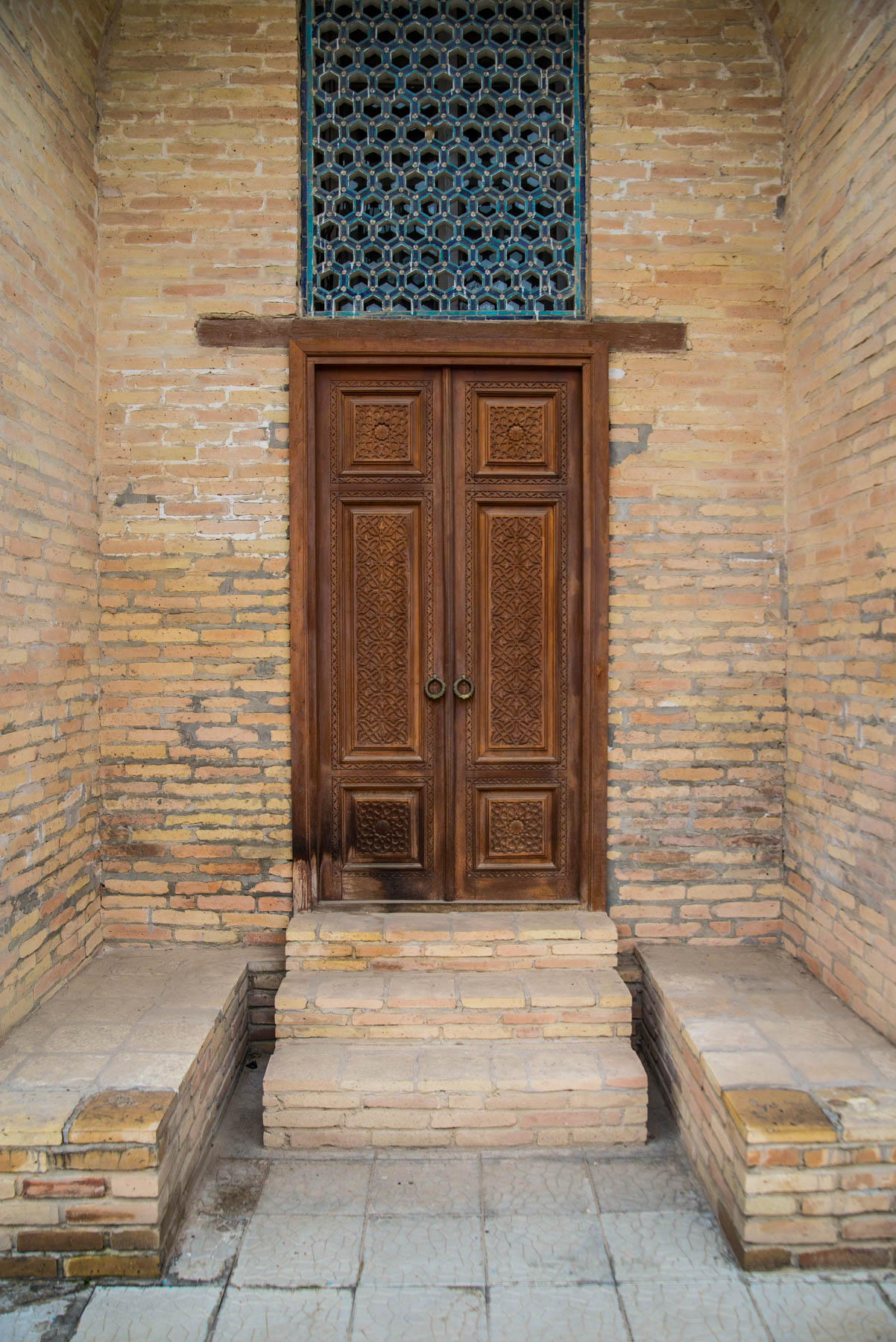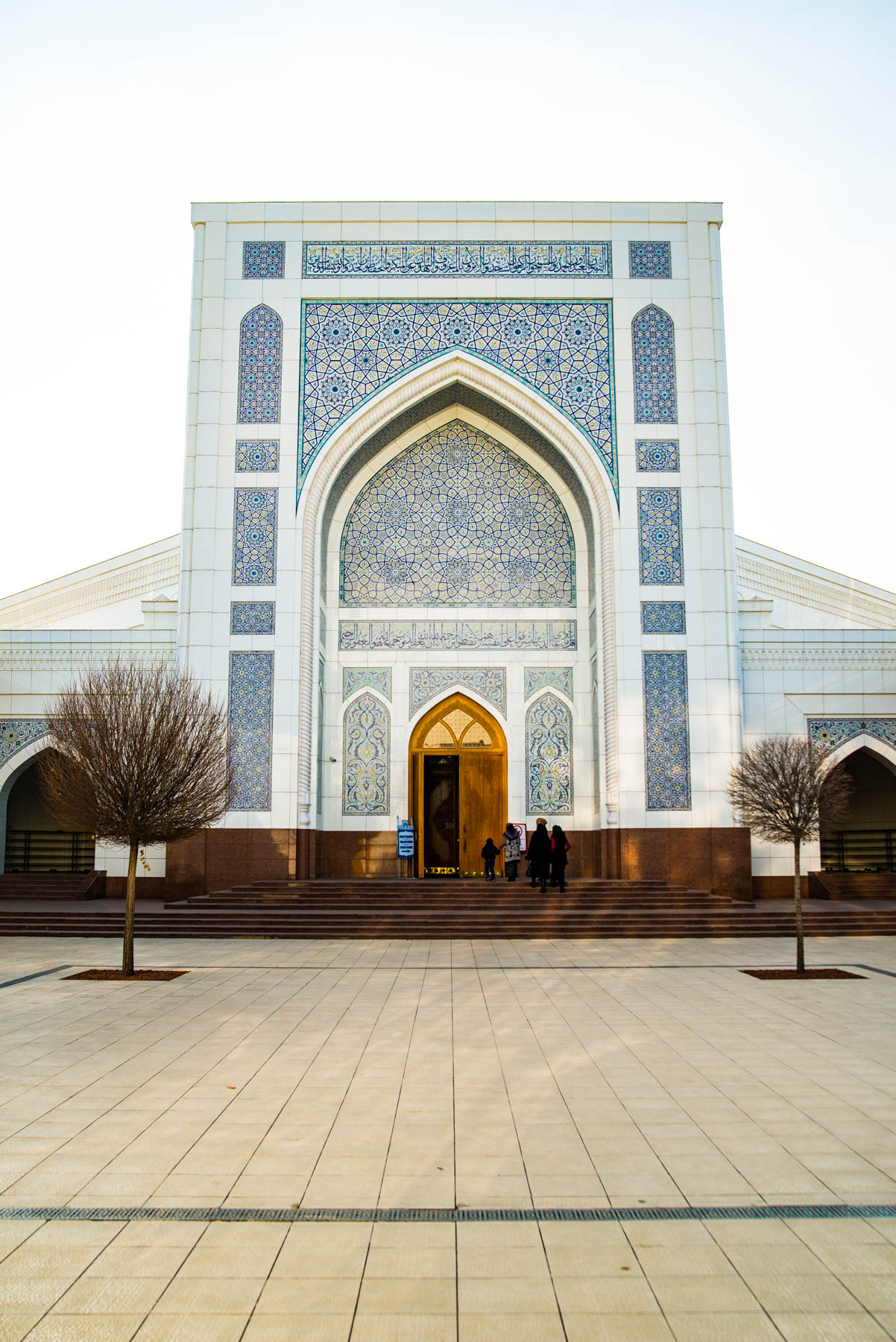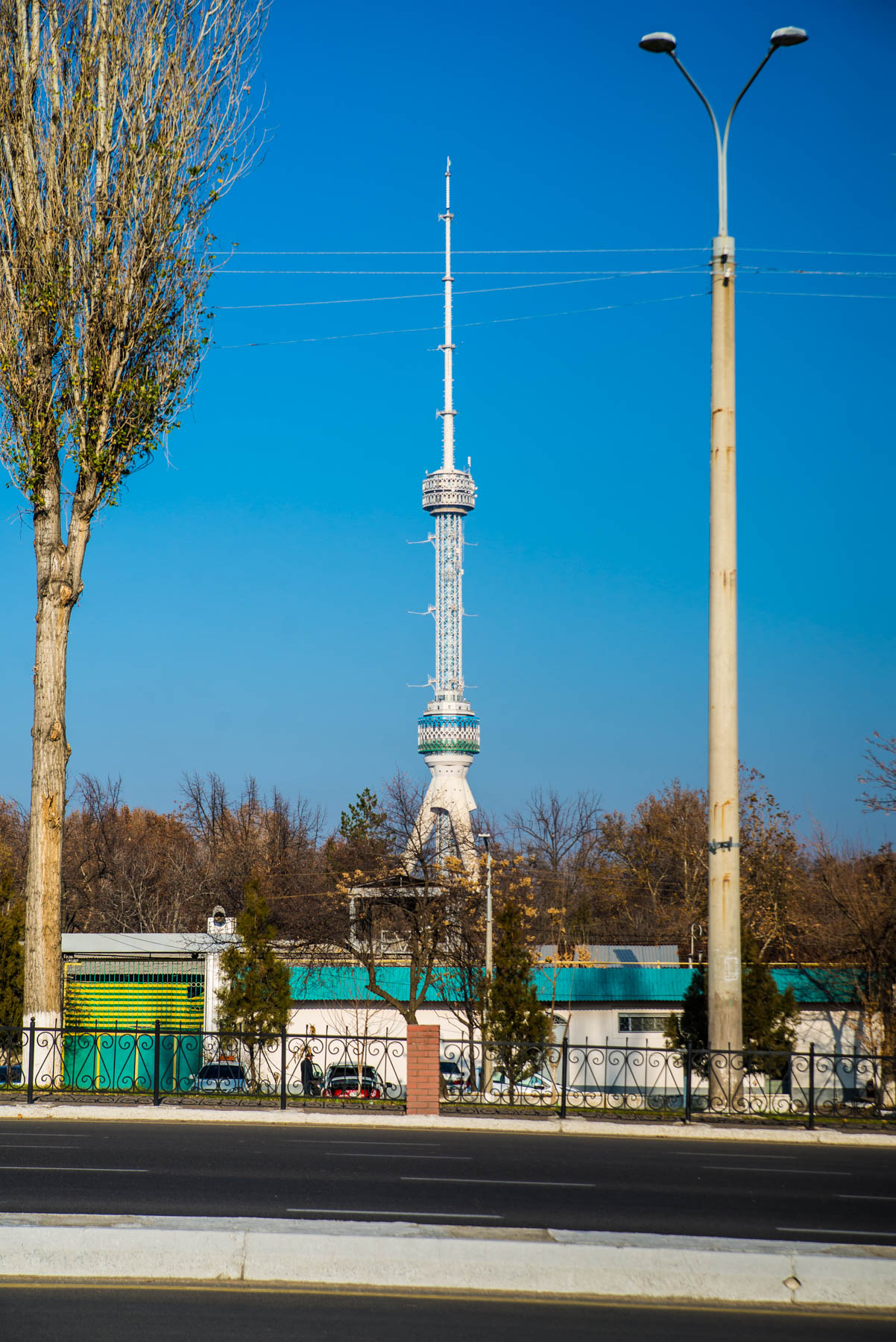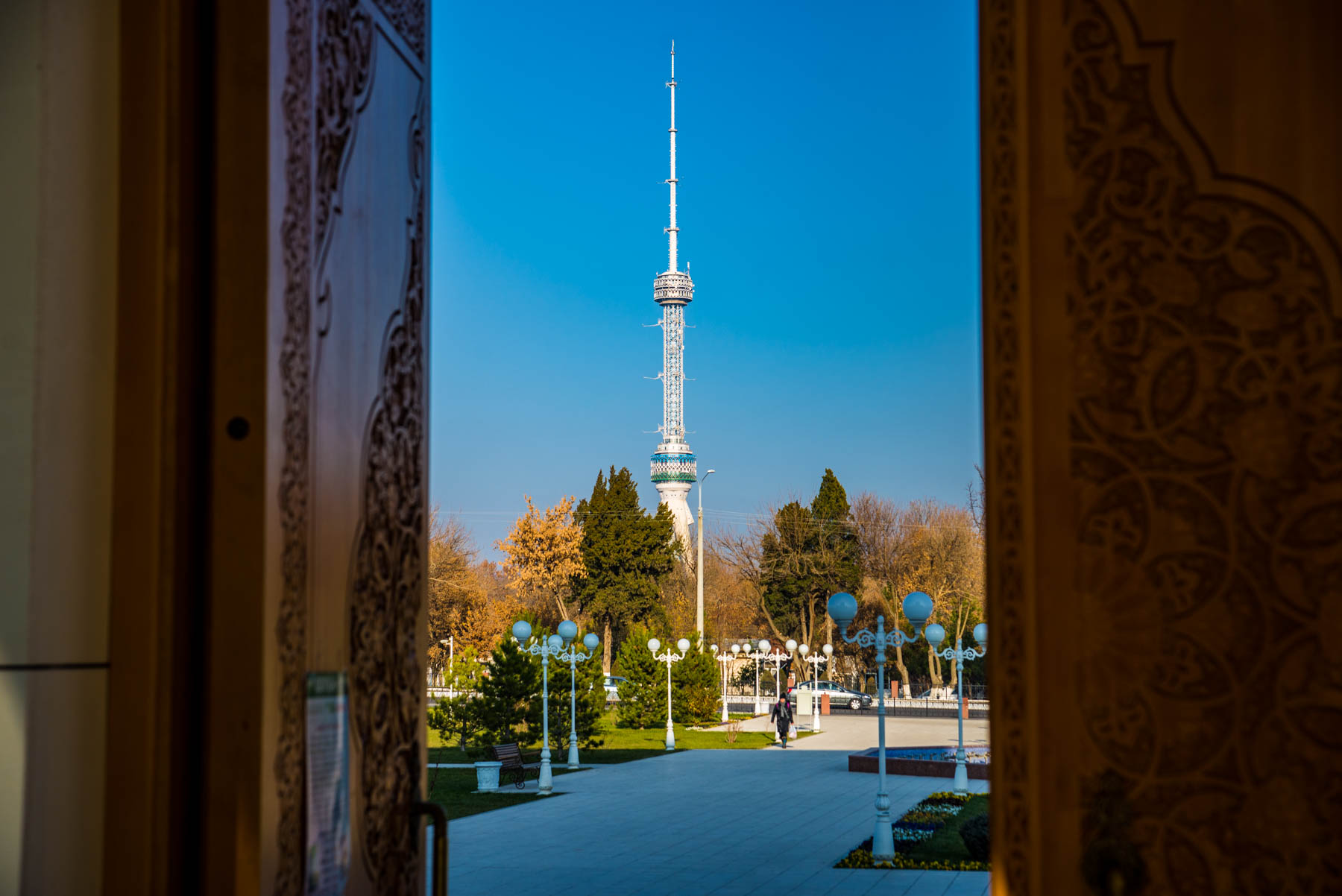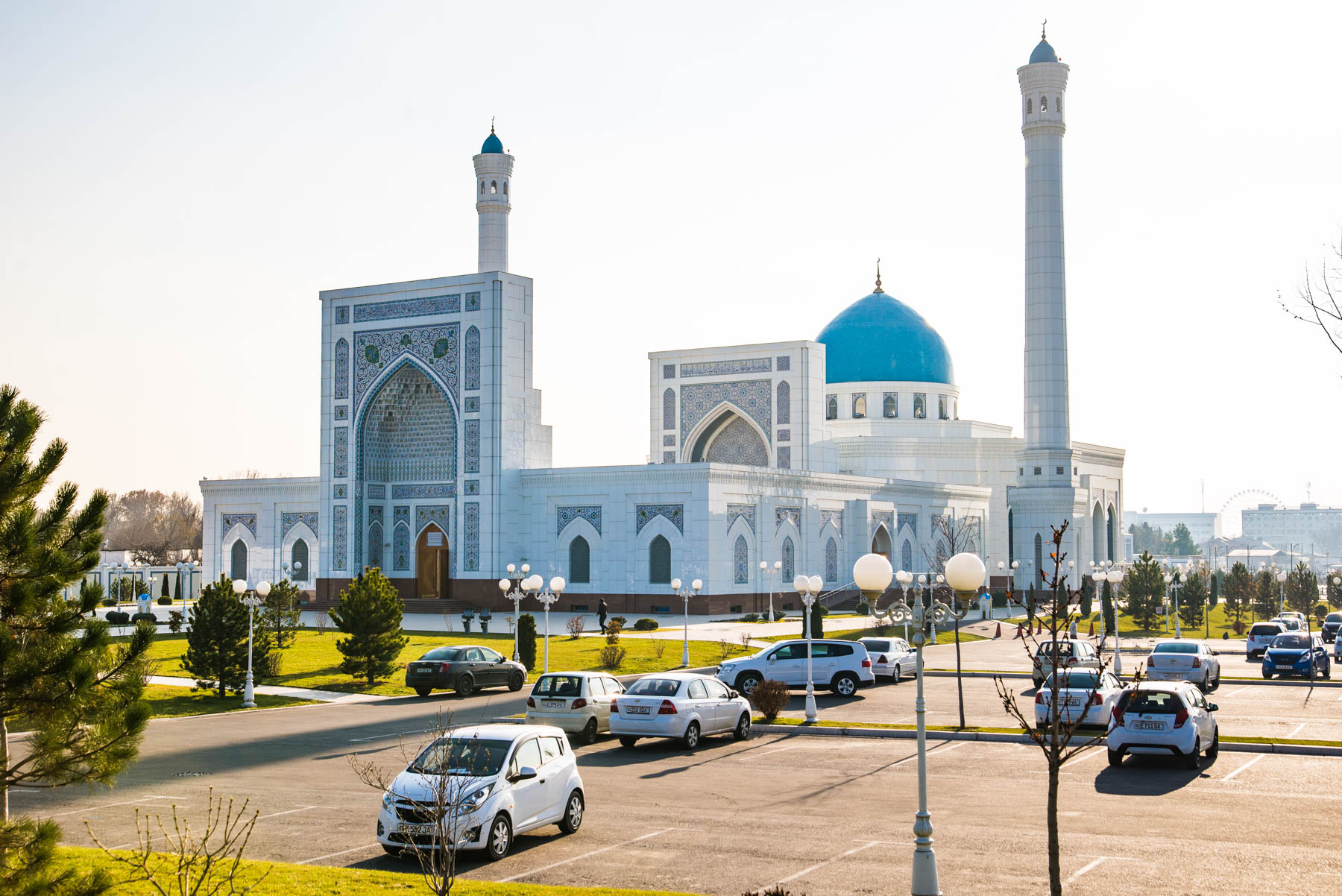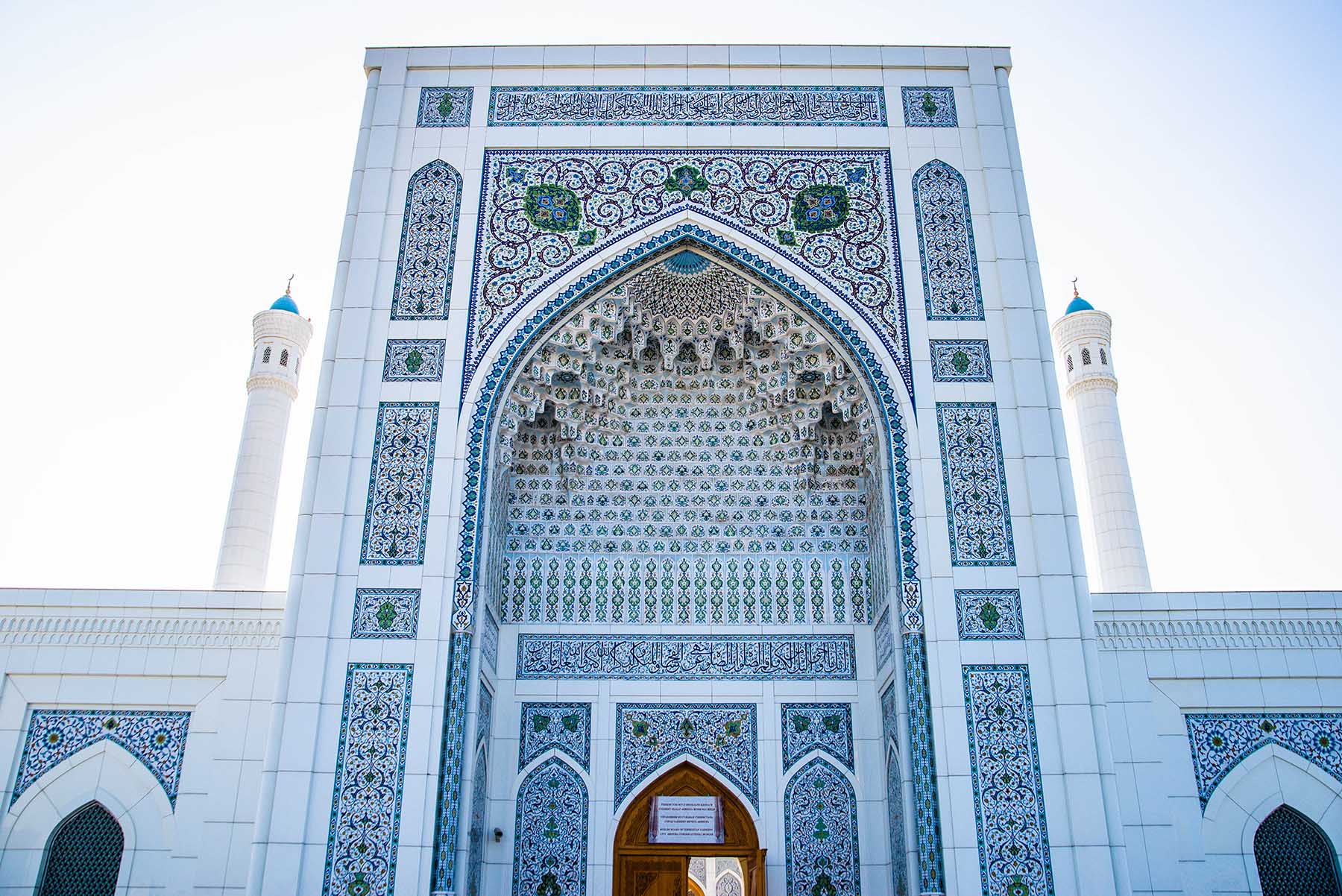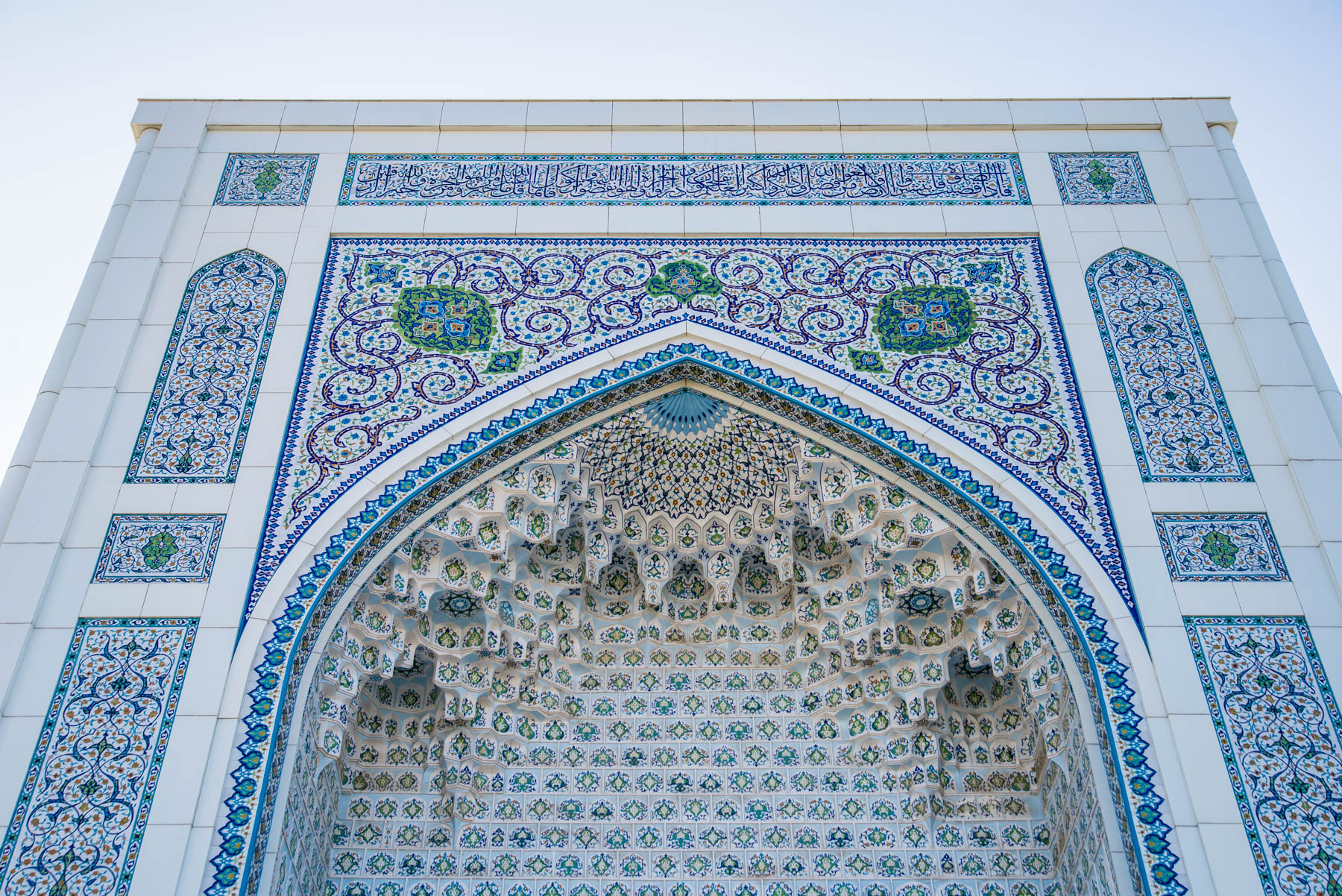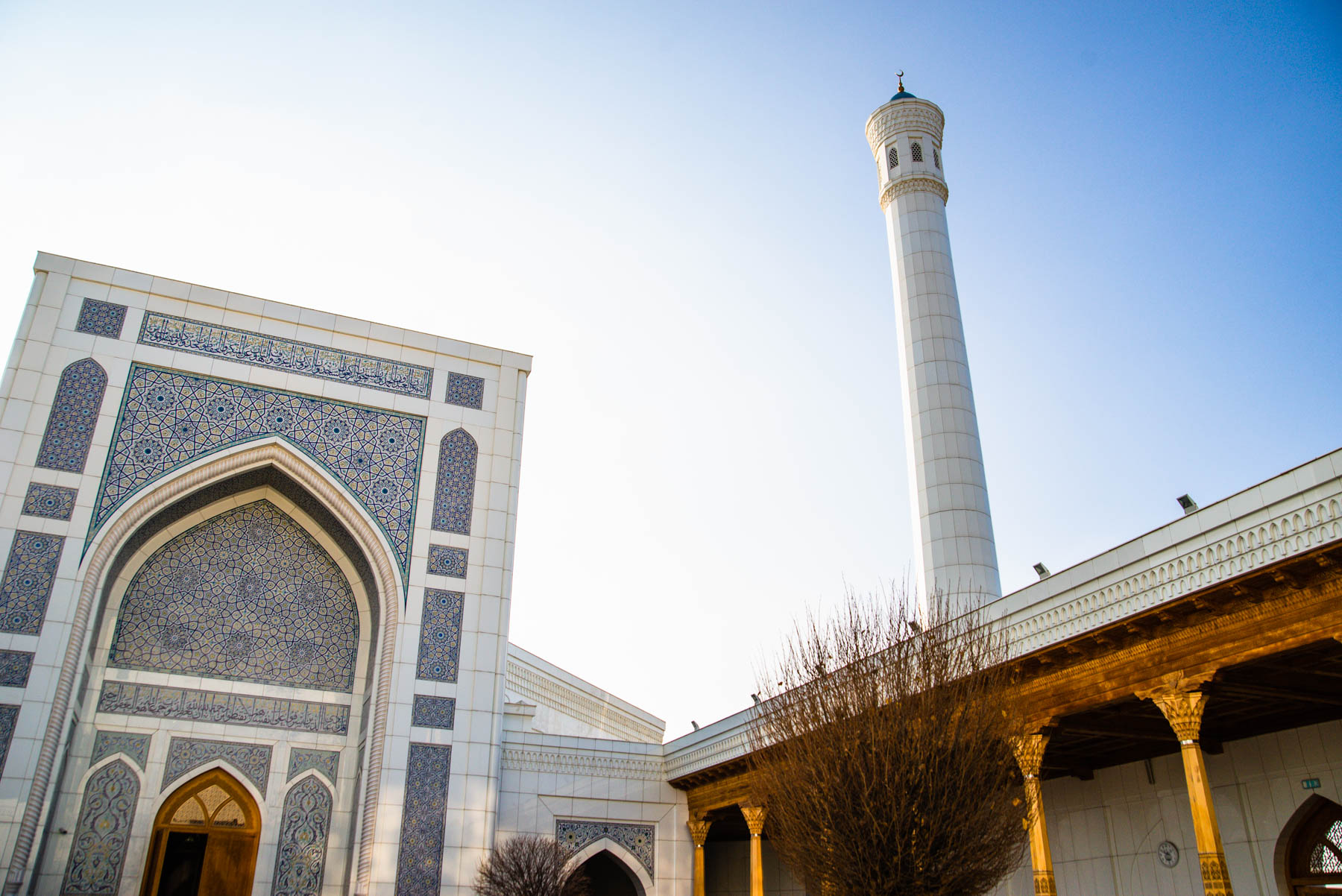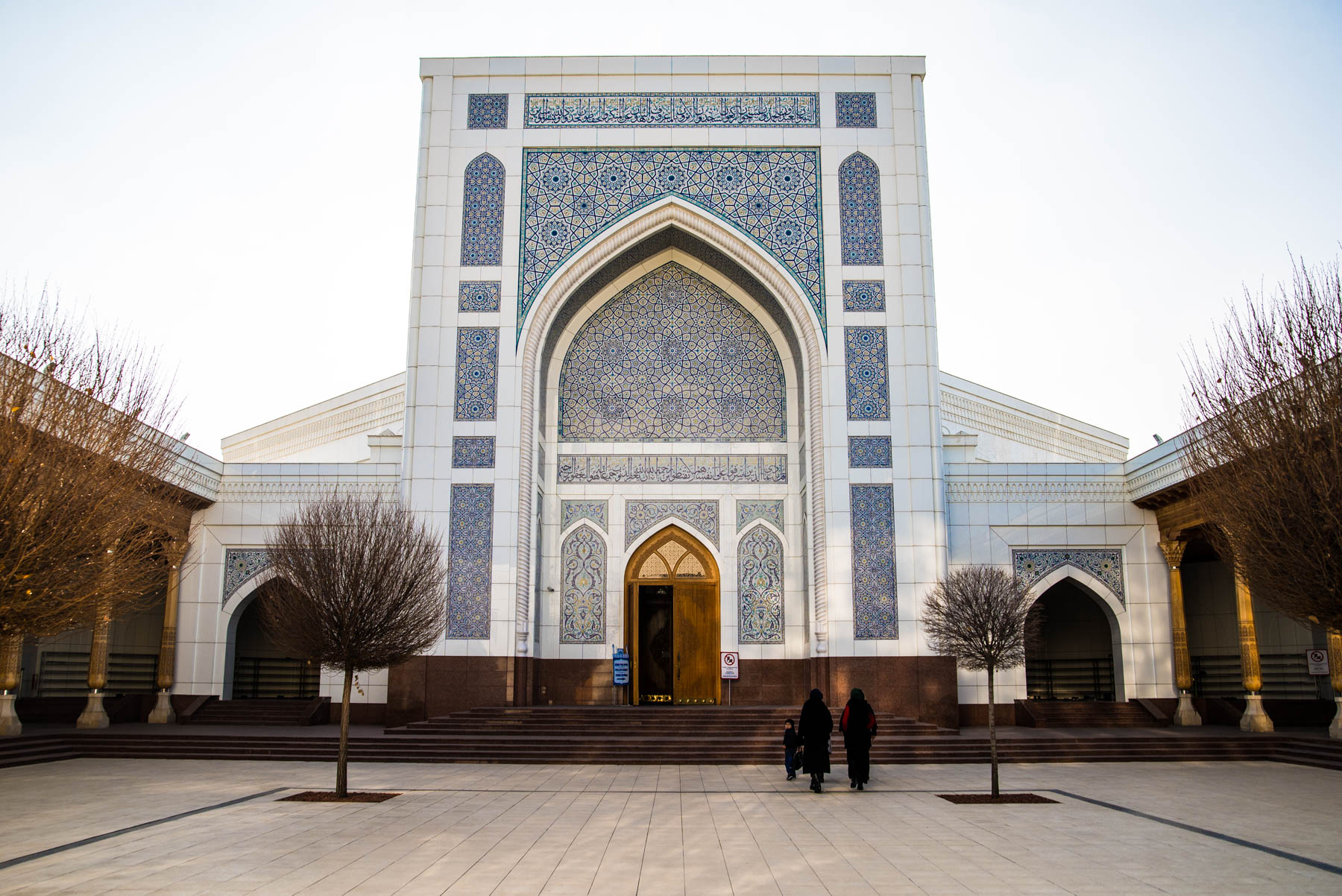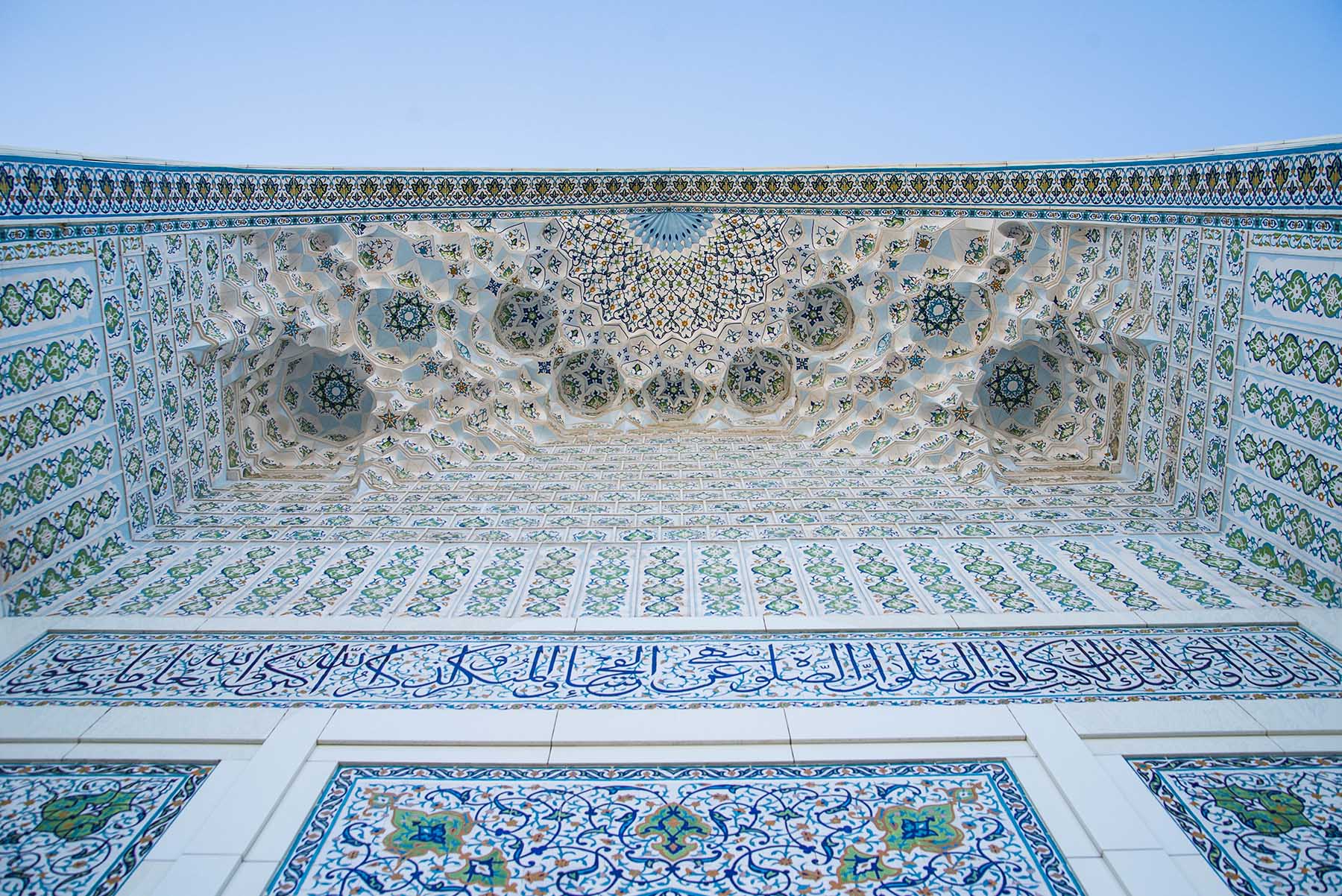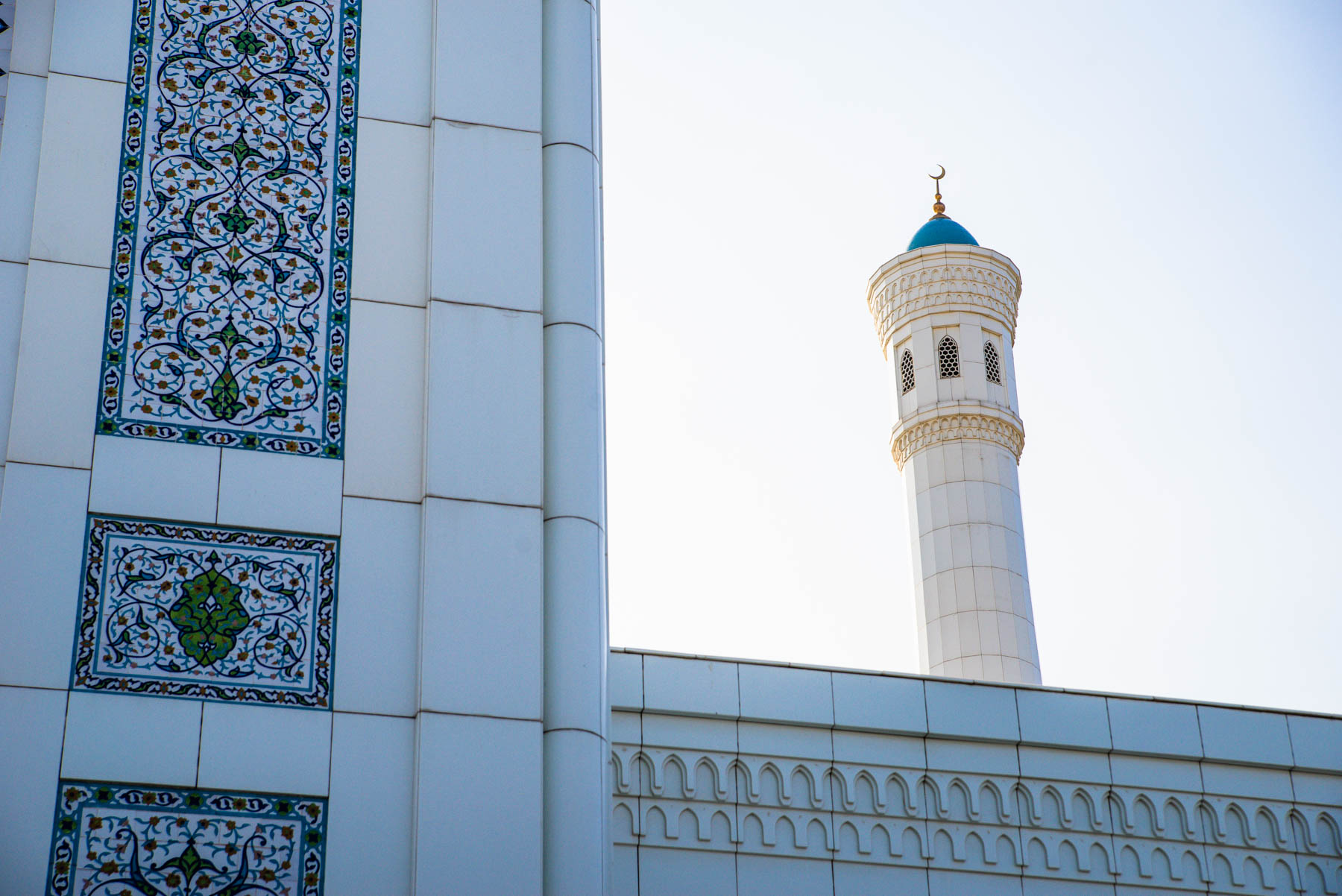
Today's post is dedicated to Tashkent, capital of Uzbekistan and the largest city in the country. Ever since the fall of the Soviet Union in early 1990s, Uzbekistan has been working hard in order to establish themselves as one of the main powers in the Central Asia regions and becoming fully autonomous. In the recent years, there has been a great push to improve and promote tourism within the country. While there are some tourists that come and visit Uzbekistan, these numbers are not comparable to other popular destinations. However, Uzbekistan has a lot to offer with the fantastic food, beautiful sights and the cheaper prices (when converted to US dollars). Tashkent, being the capital, leads the way in this push by continuously evolving as a city in order to be the face of the new Uzbekistan. There are multiple projects going on right now which would transform the city. But right now, Tashkent is already a cultural capital with numerous mosques and significant sights that are worth visiting. Besides the architectural sights, there are multiple parks and squares that are great for afternoon and evening strolls. Of course not during winter... The main street in the city is Tashkent's own Broadway. This is a street which is popular among locals and tourists and that features a wide variety of cafes and street artists and musicians entertaining the public.
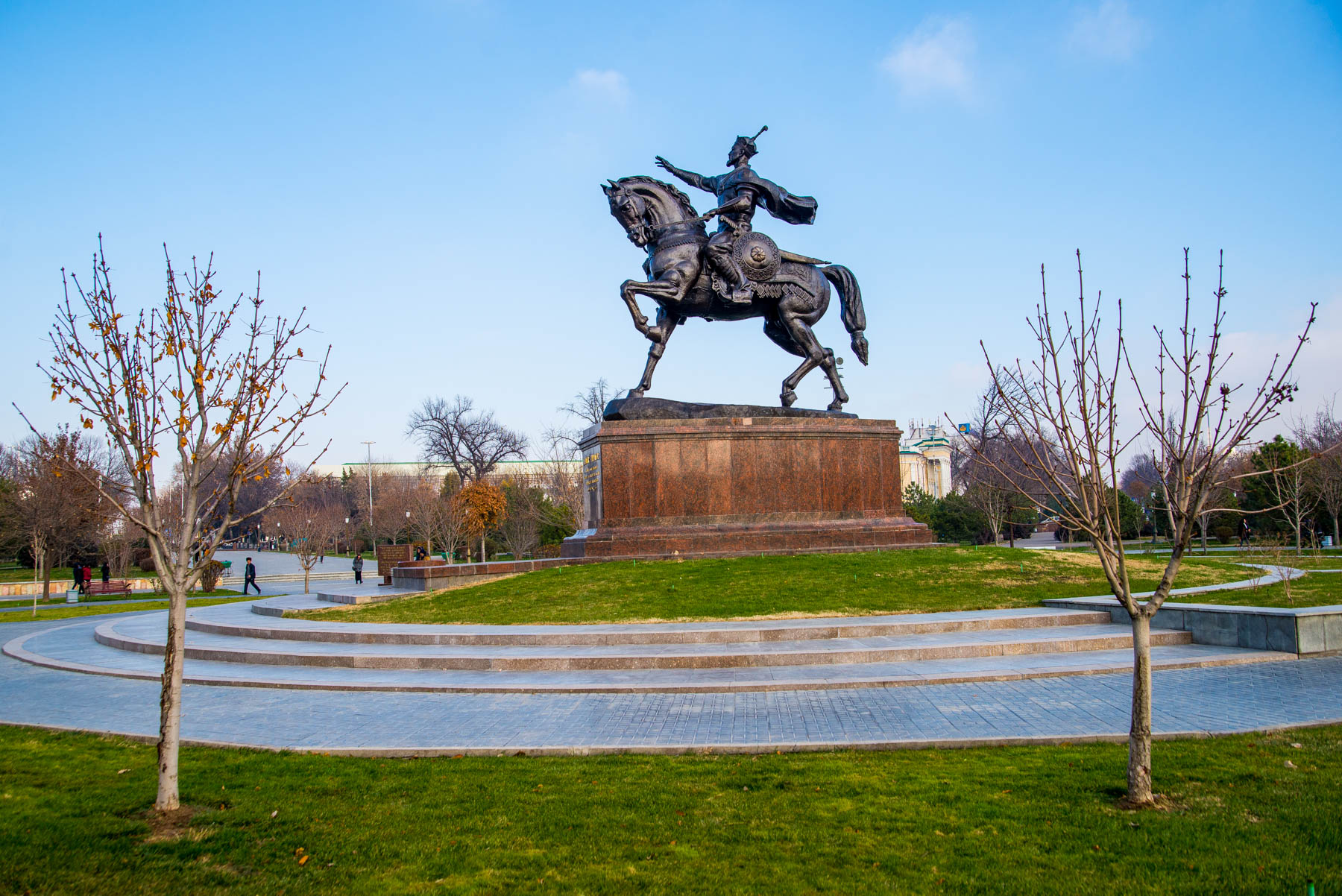

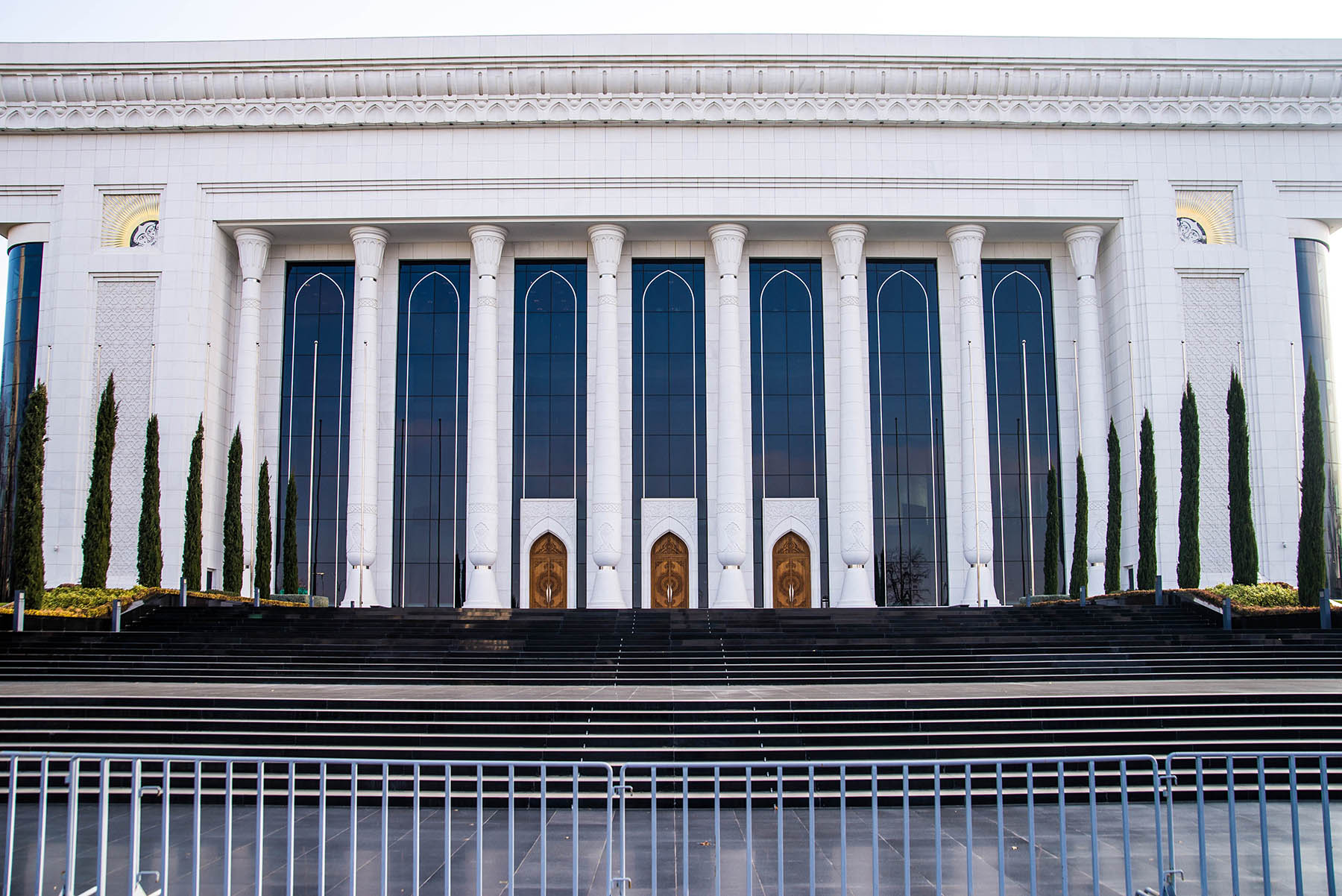

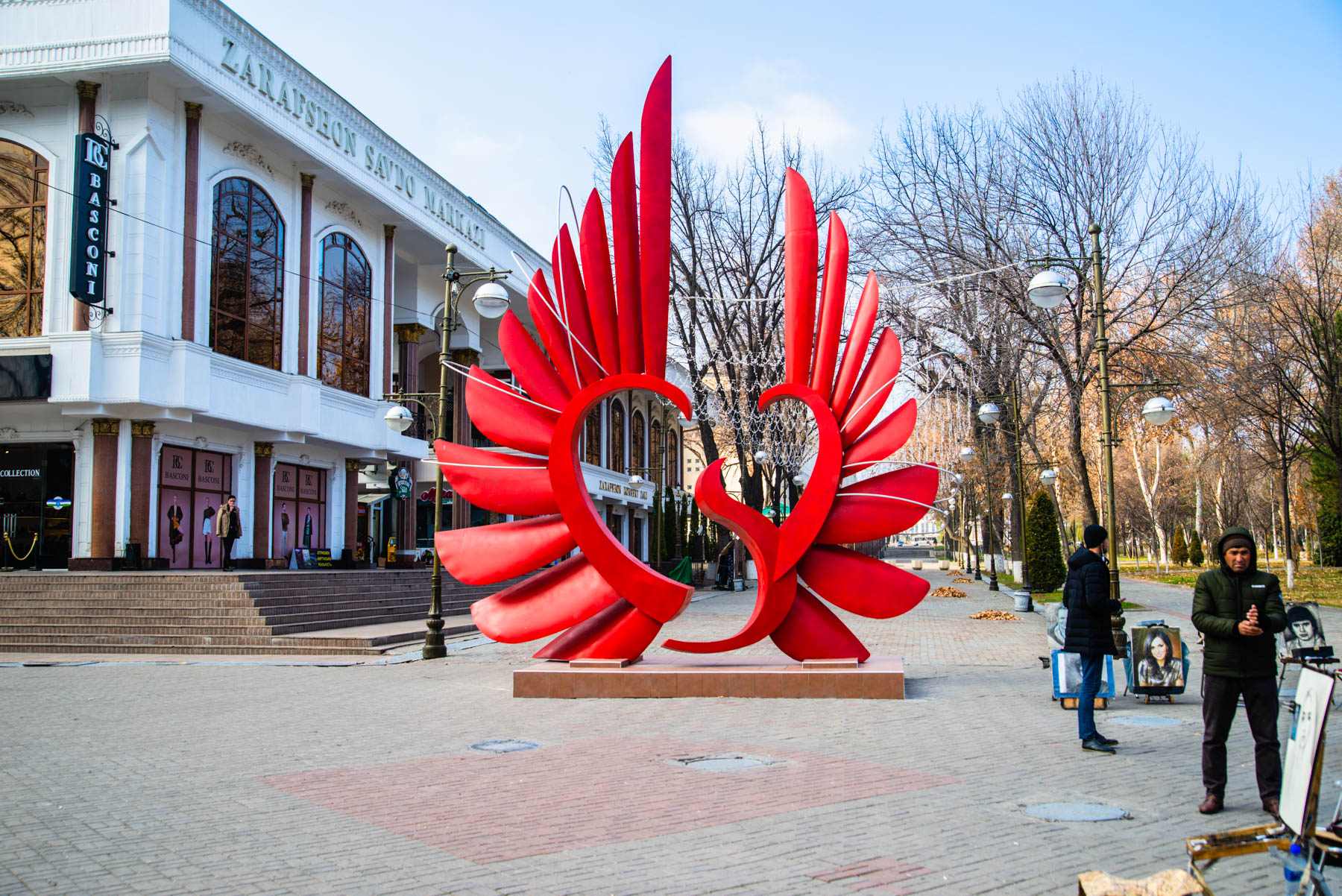
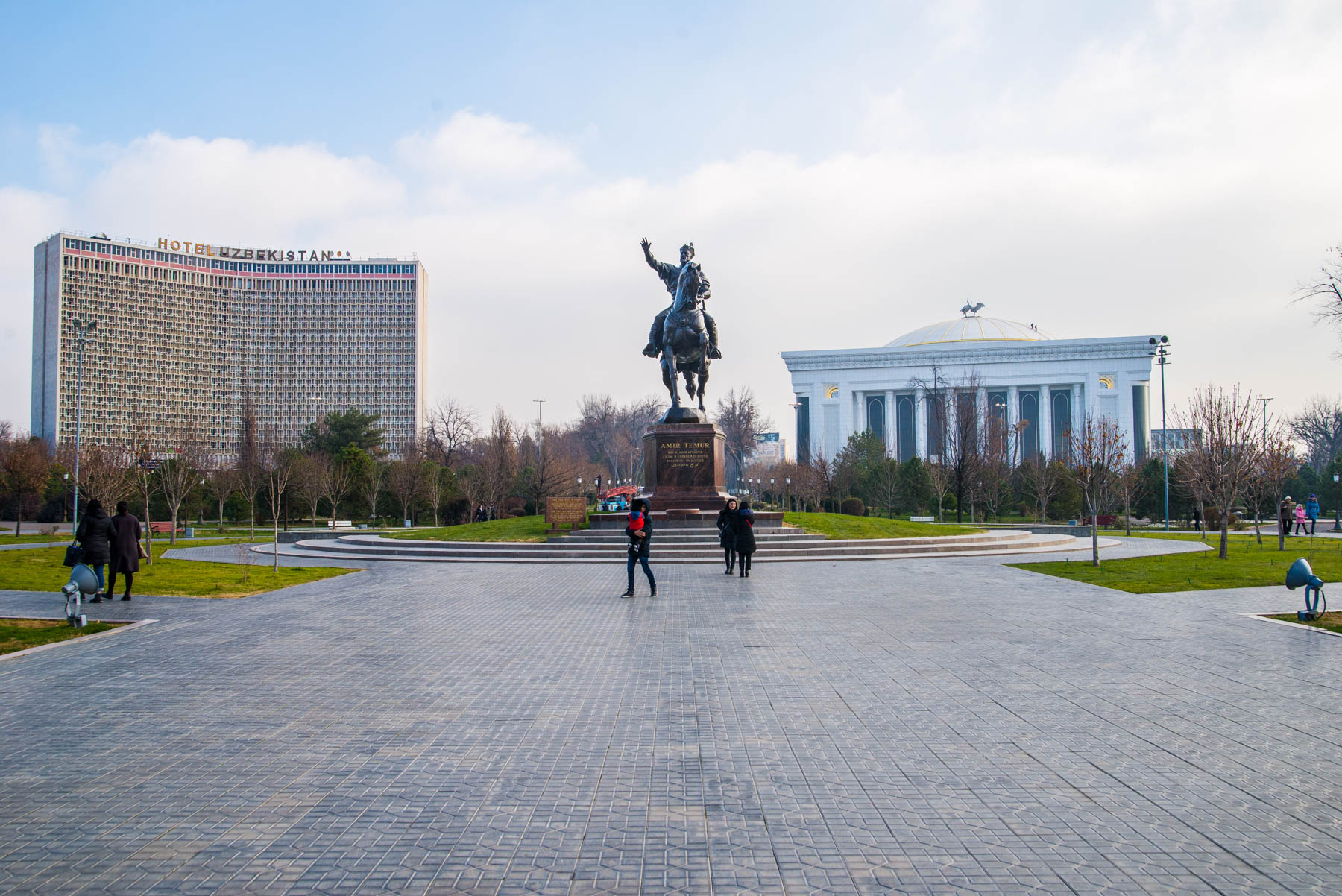
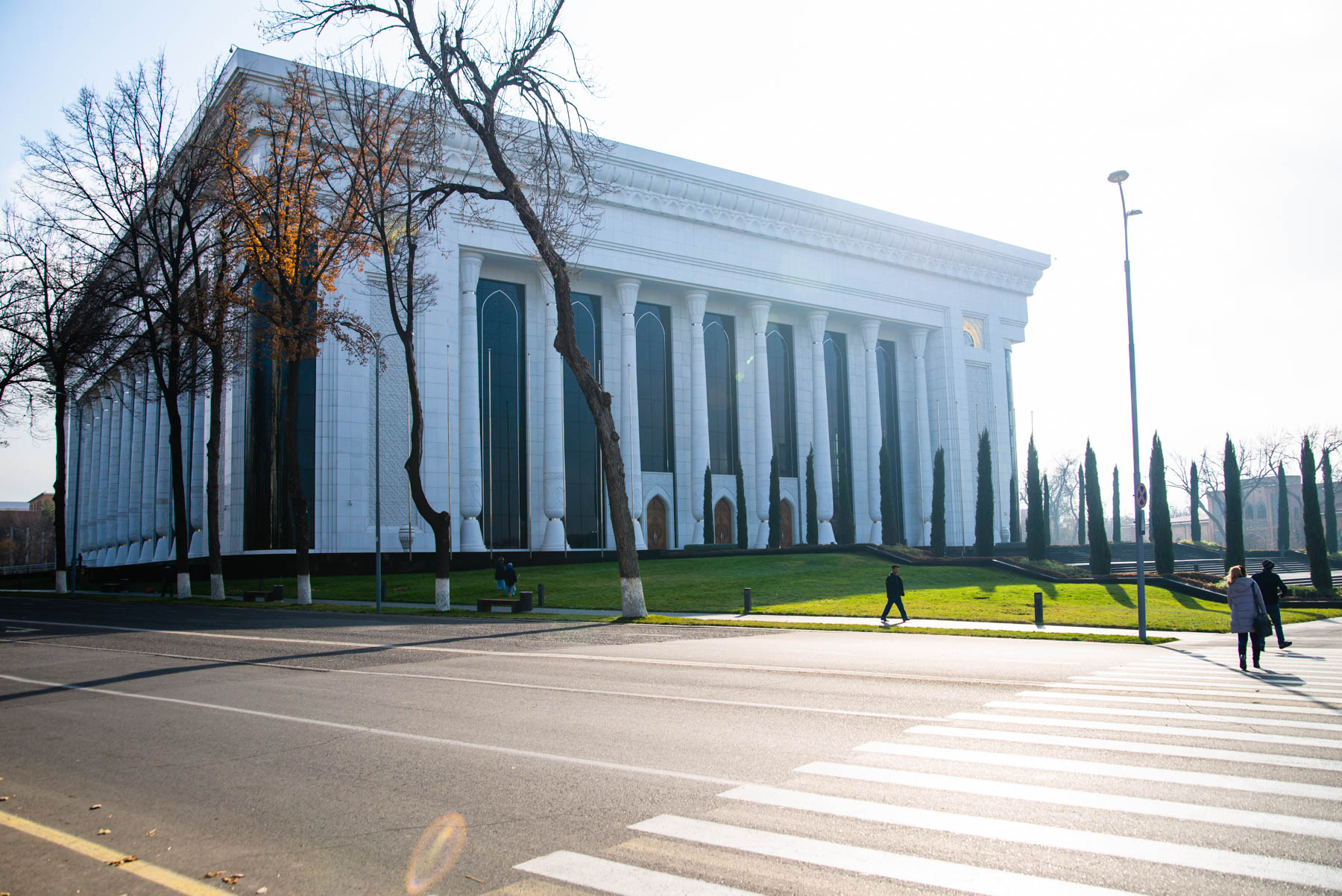
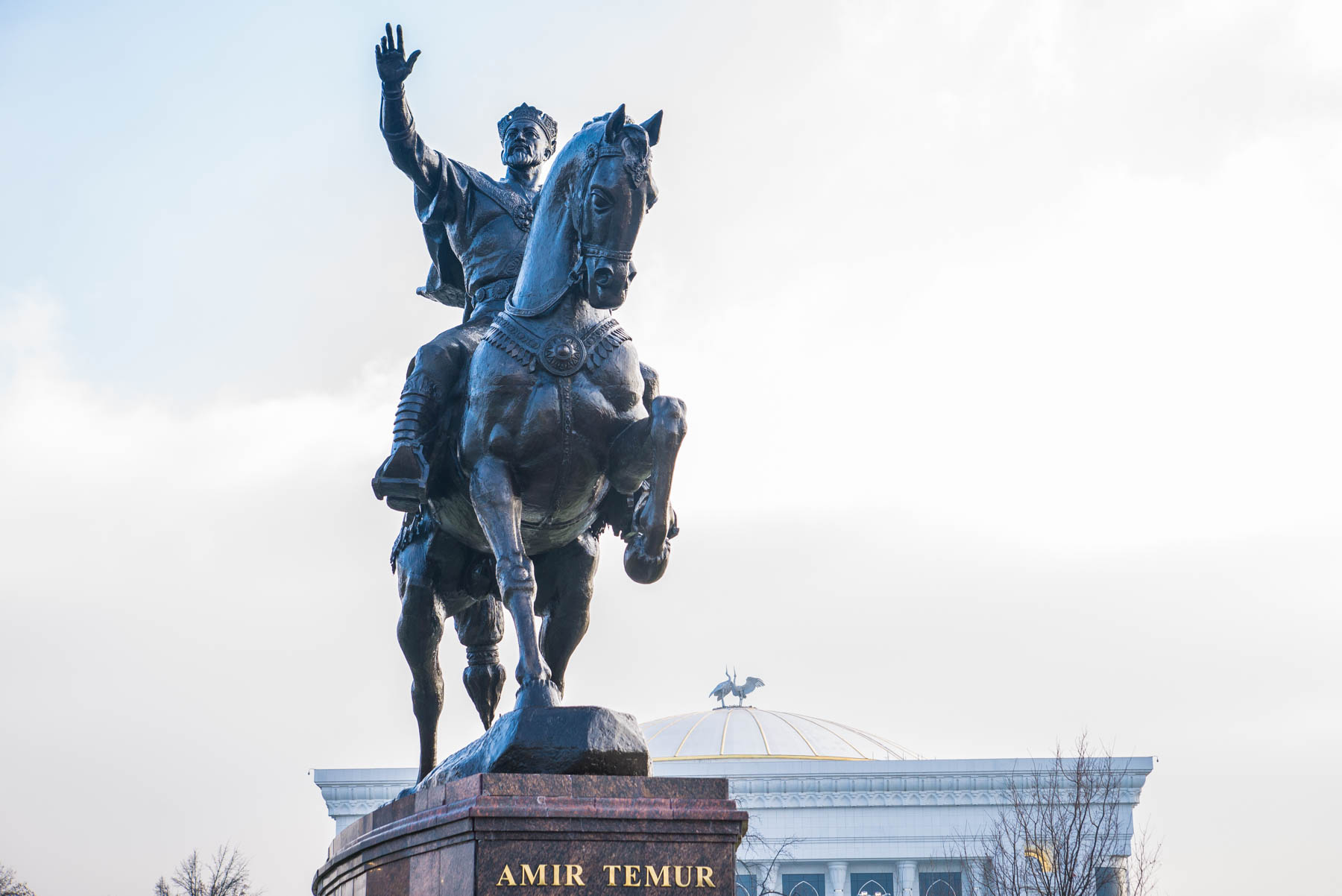
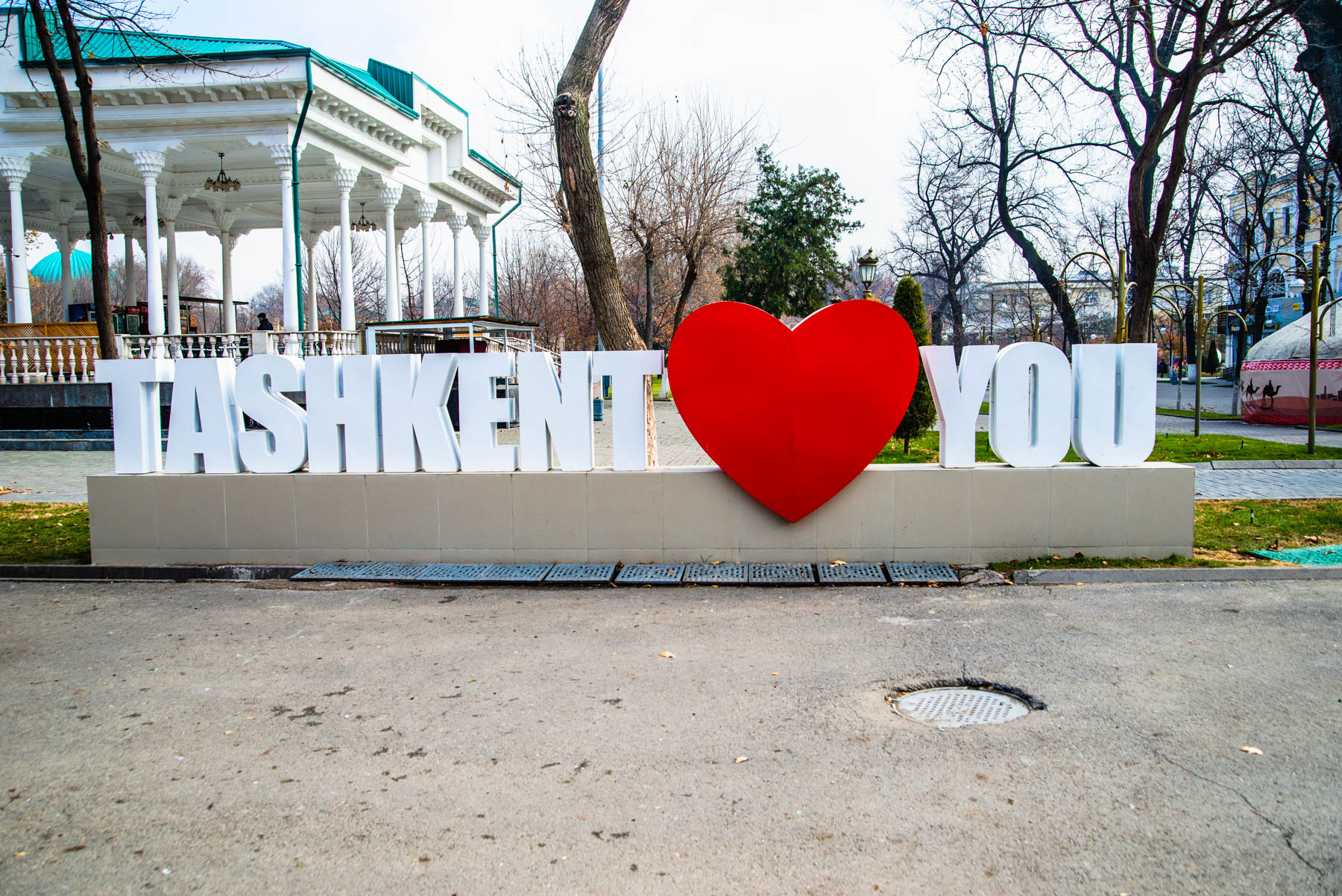
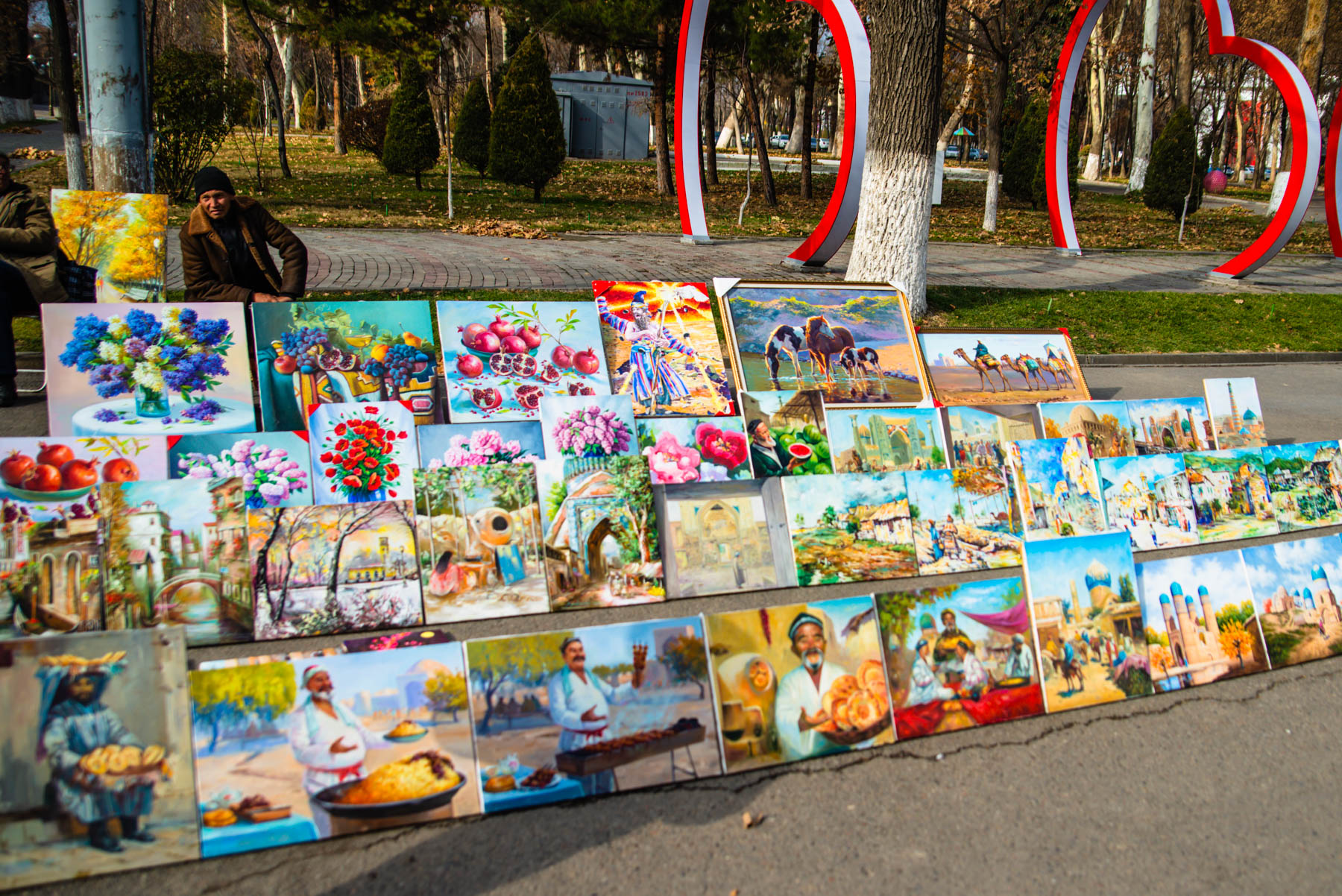
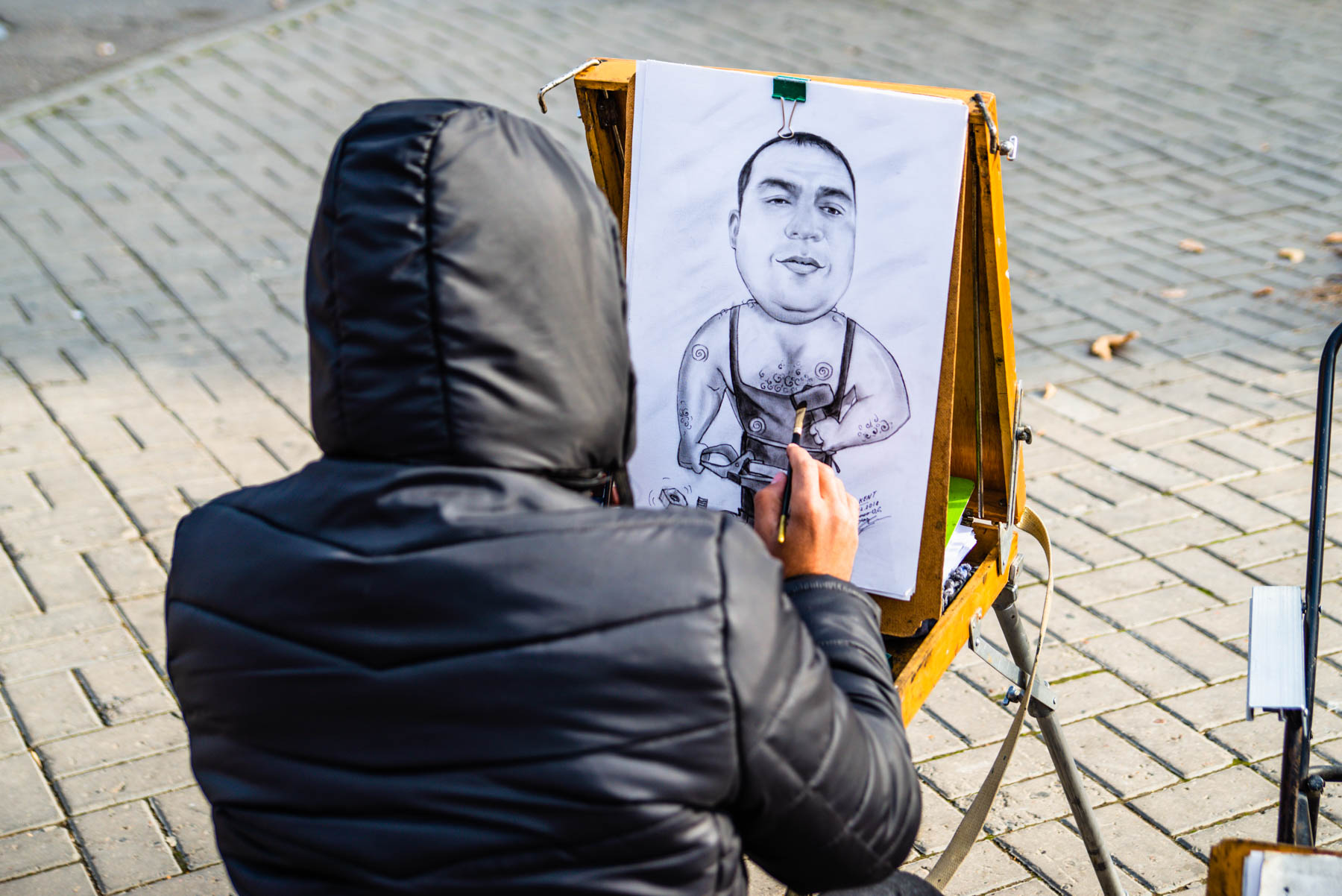
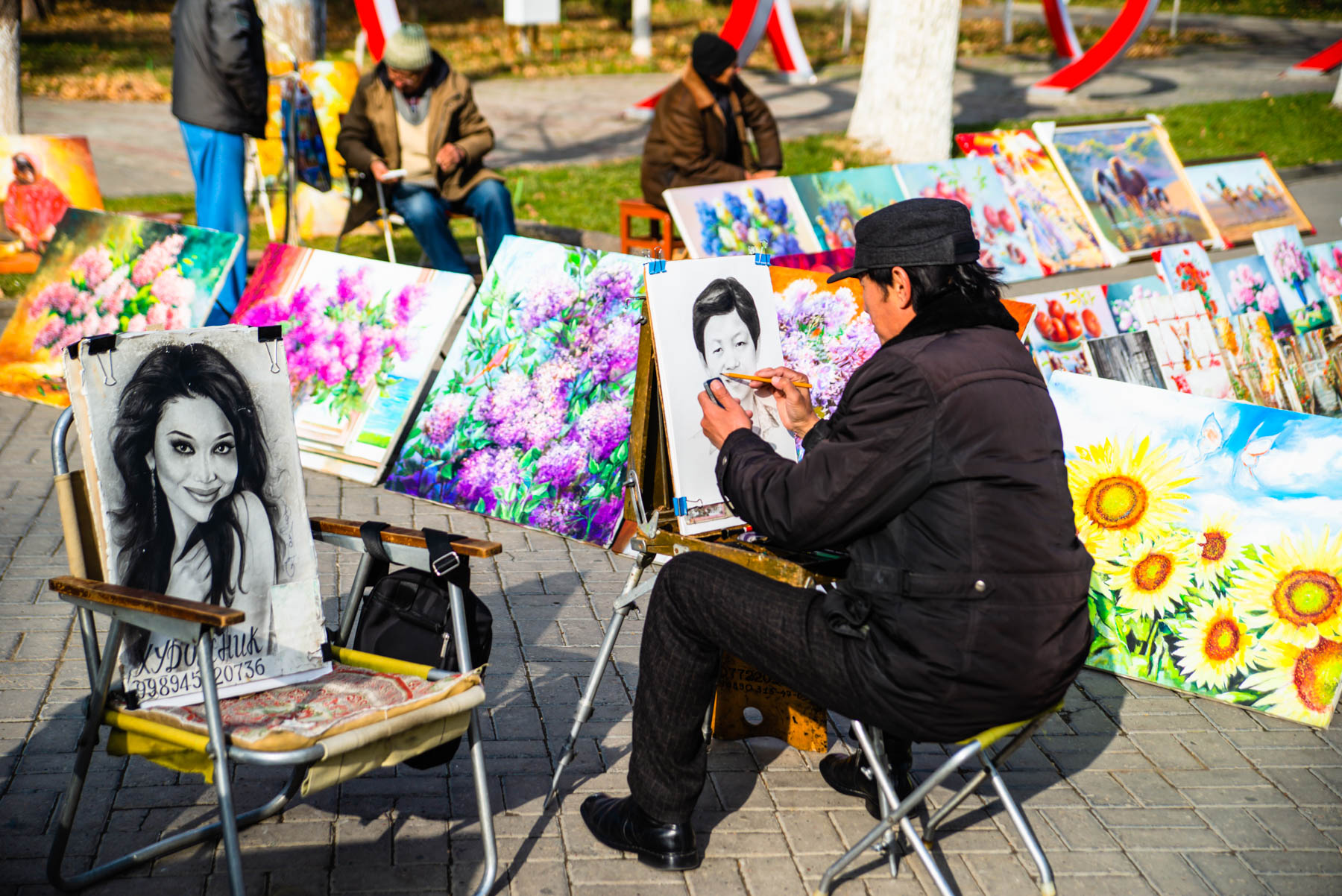

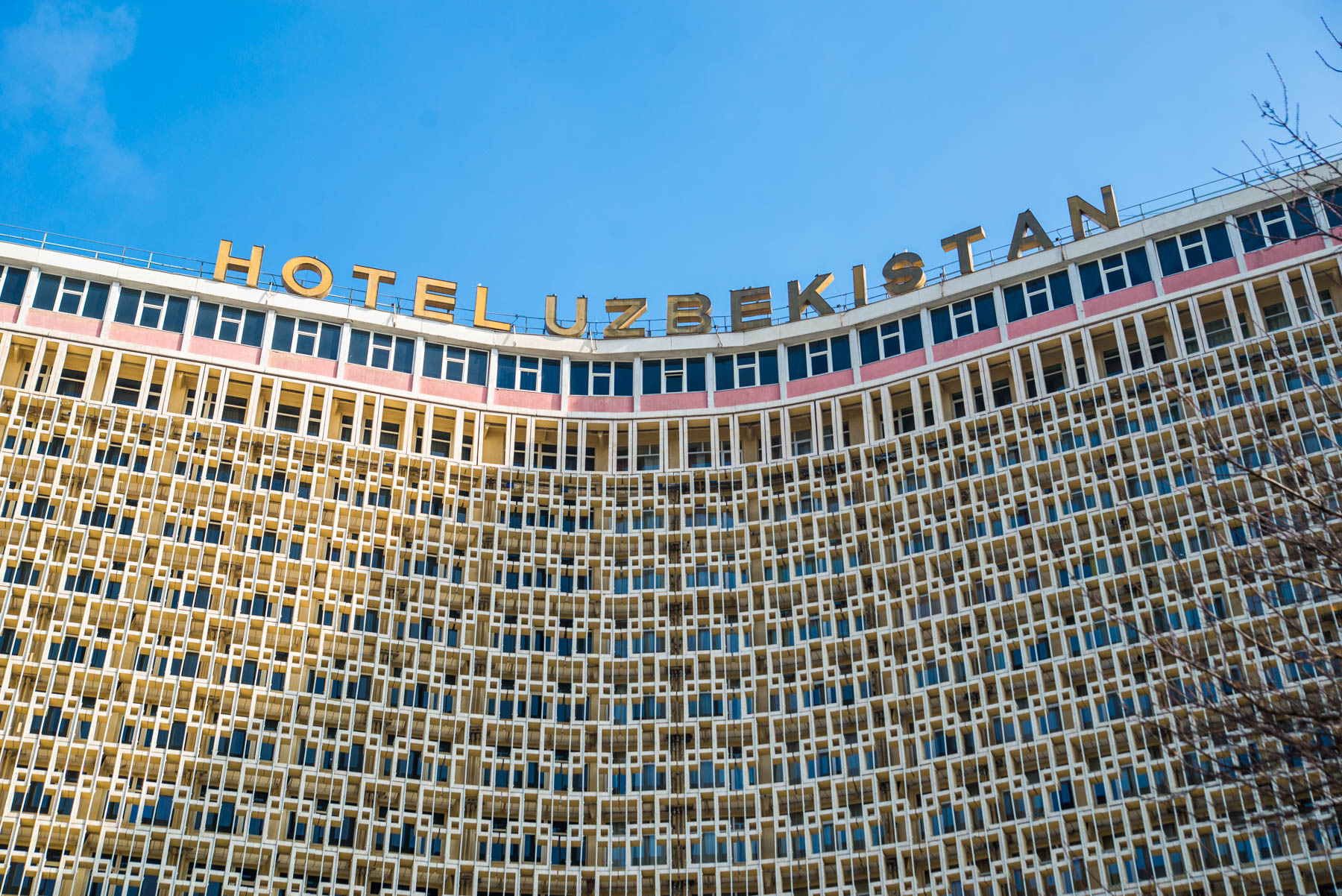
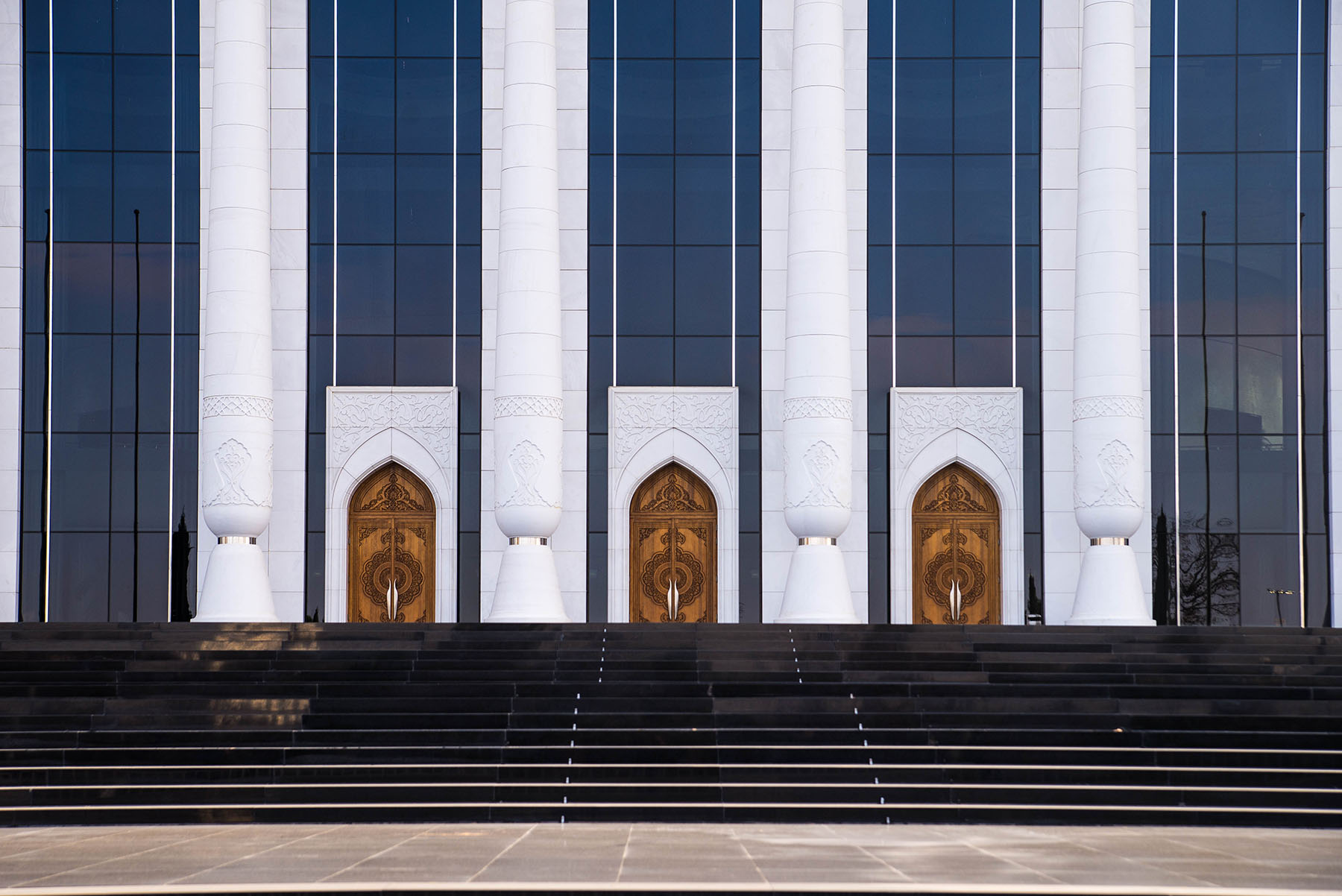
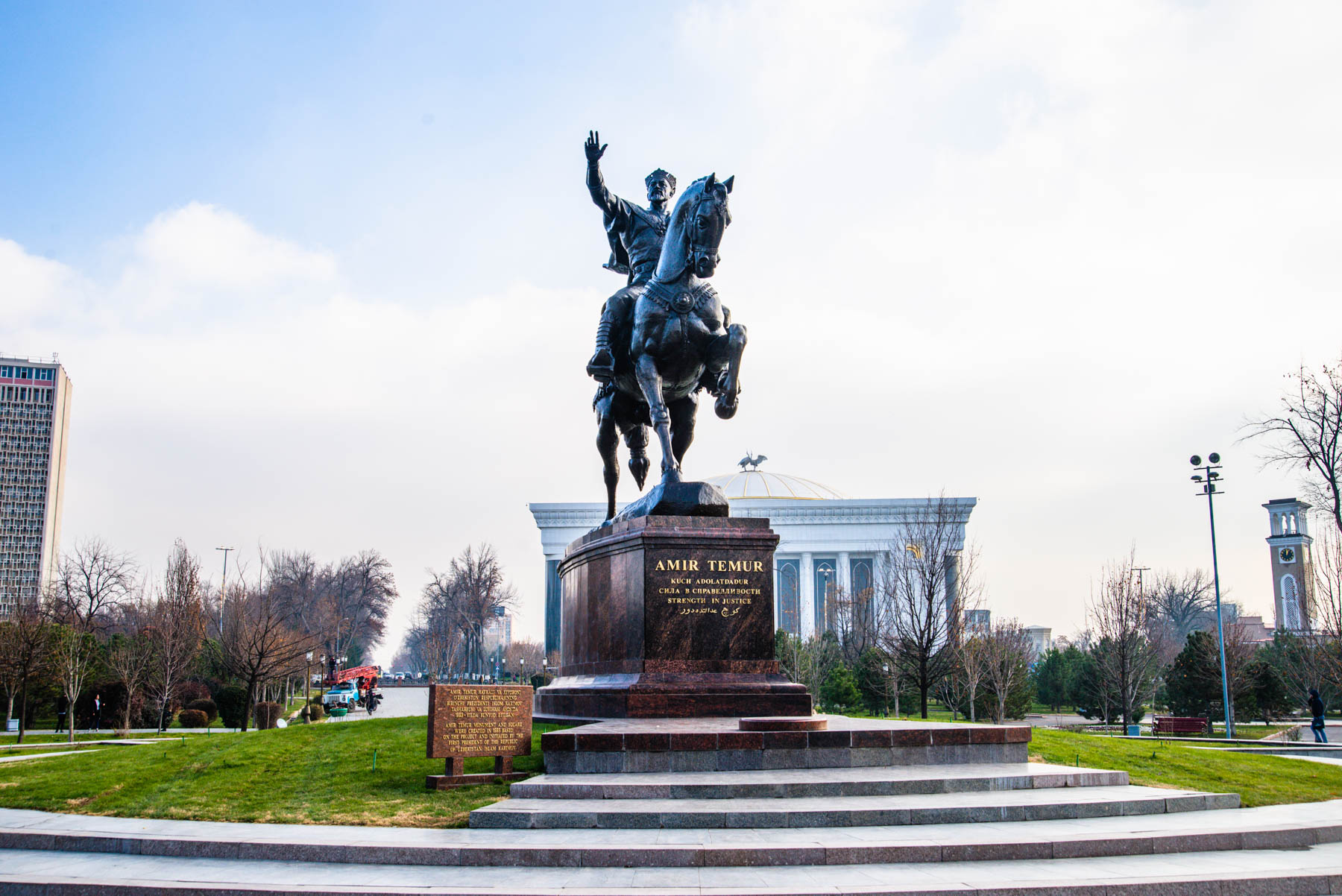
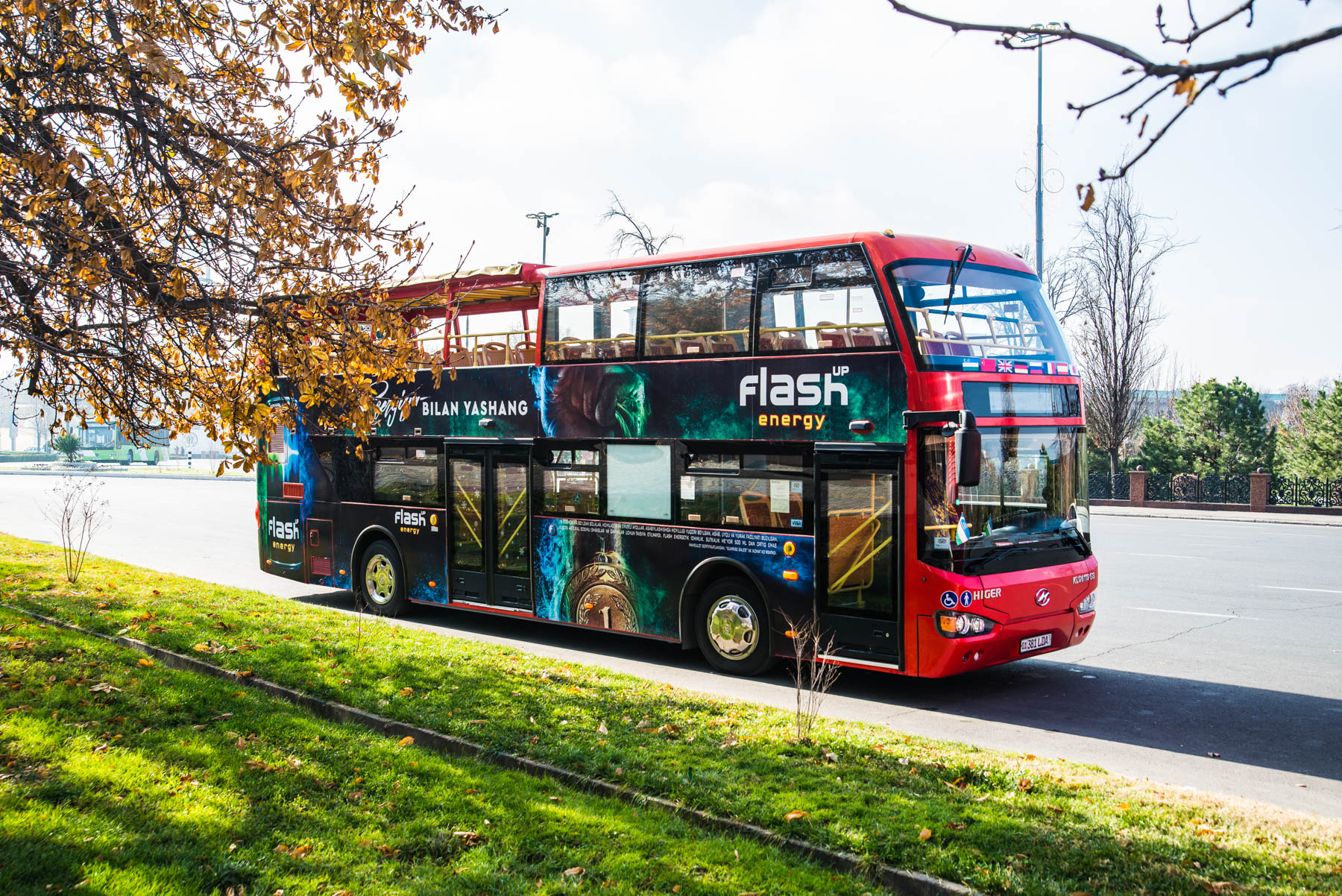
One of the sightseeing destinations is the Chorsu Bazaar, which is a market located in the old city. As with any Asia countries, markets are a large part of the city and a place which always attracts lots of people. Chorsu is no different. It is an active market and it is visited not only by tourists, but the locals themselves. Here you can find fresh produce, fruits, snacks and other groceries at the prices which are typically significantly lower than in the supermarkets. Chorsu is made up of a covered dome in the middle and the grounds surrounding the dome. The dome provides roof for the merchants and is more of a building, while the rows located outside of the dome are located out in the open with tarp above the grounds in case of rain or snow. Regardless of where you go while you are in the market, you will see countless merchants selling all kinds of stuff, from food and clothes, to souvenirs and kitchen appliances.
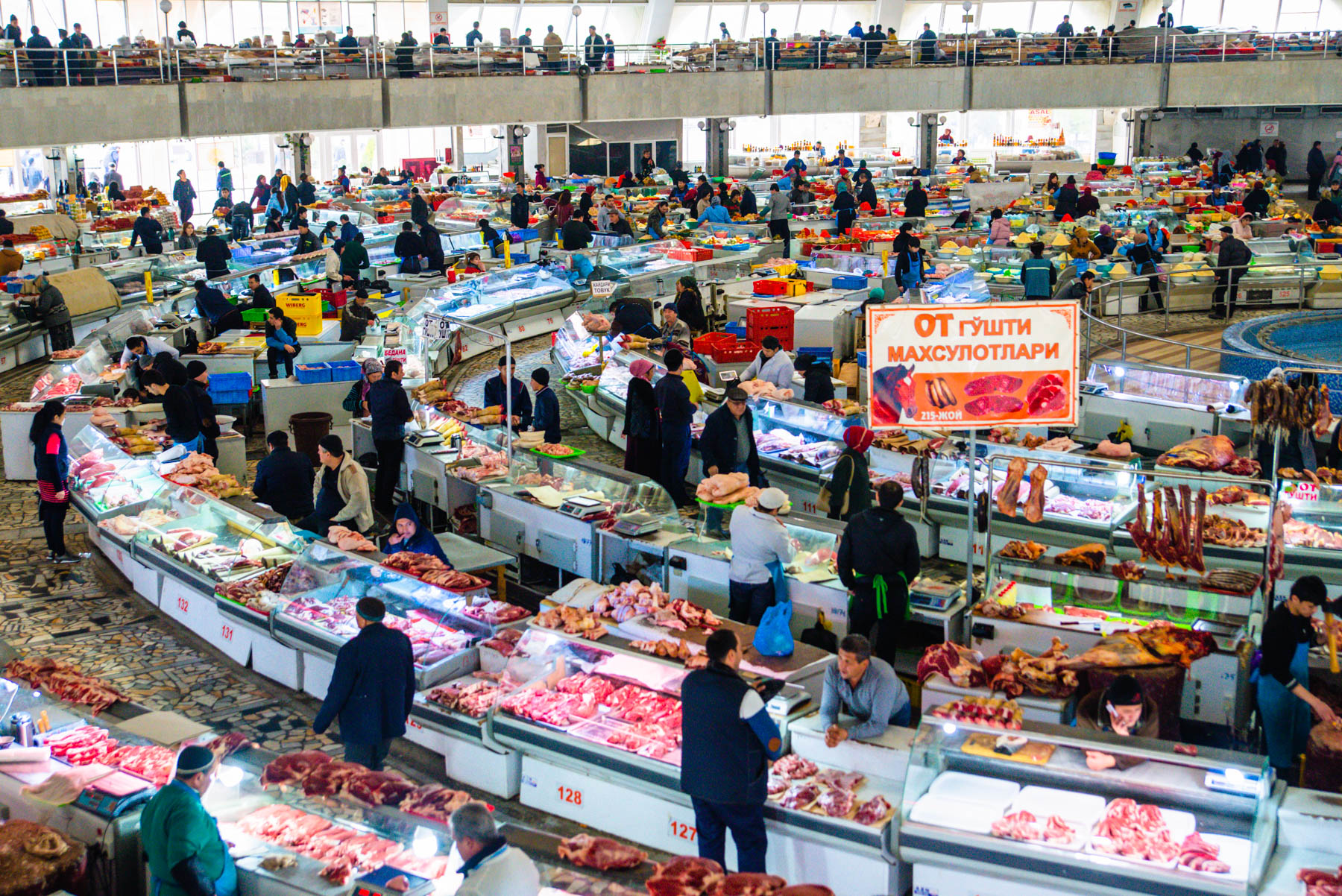
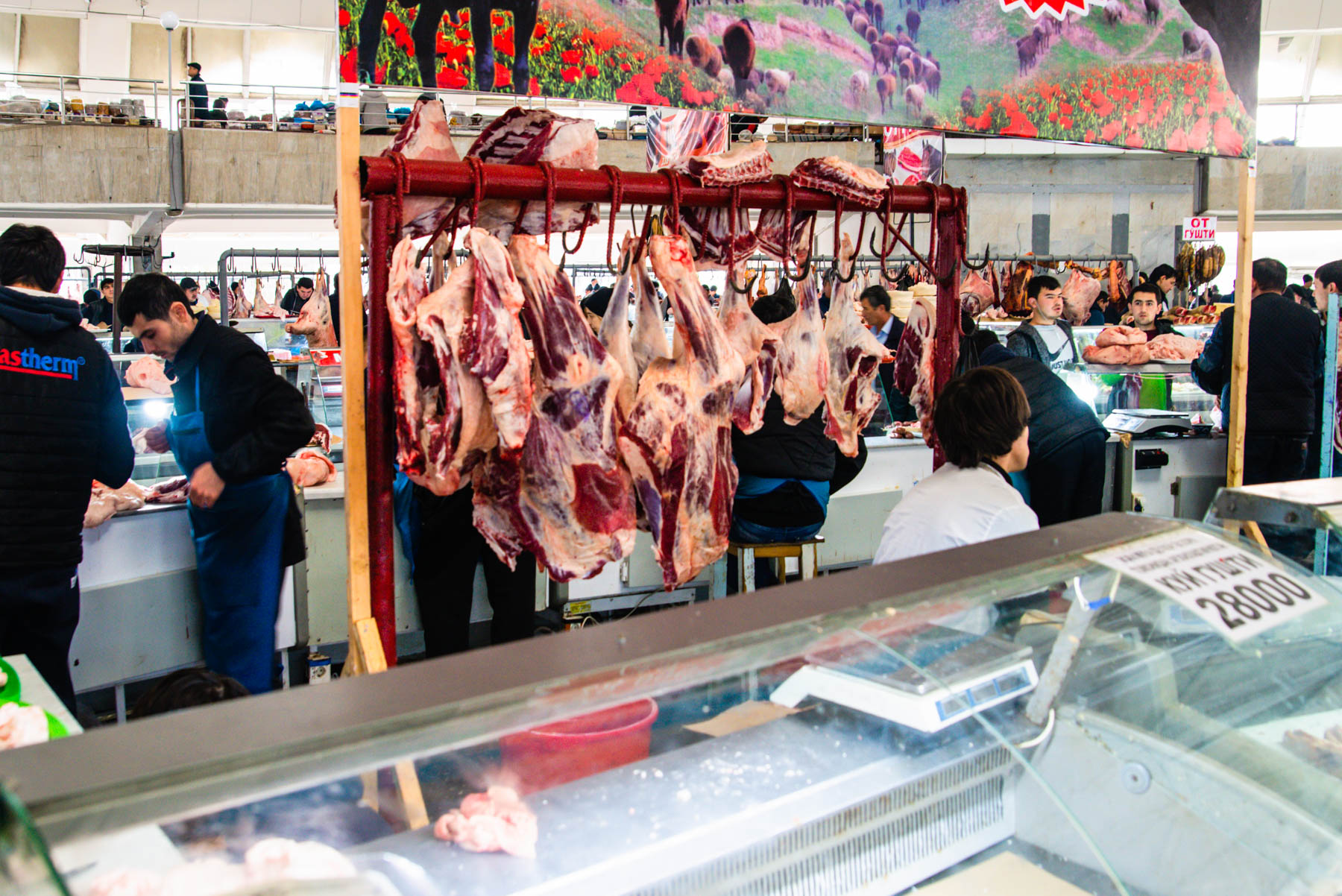
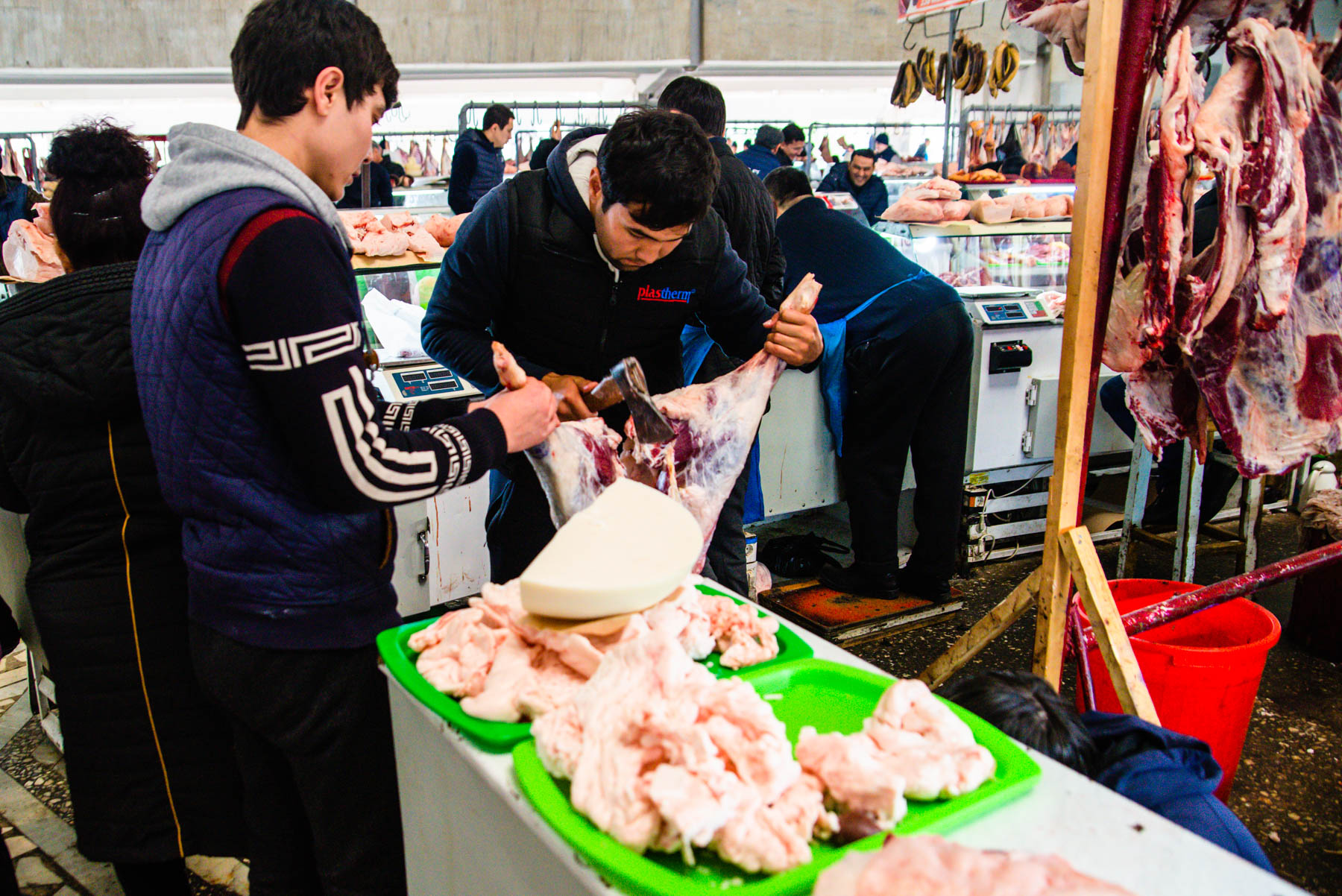
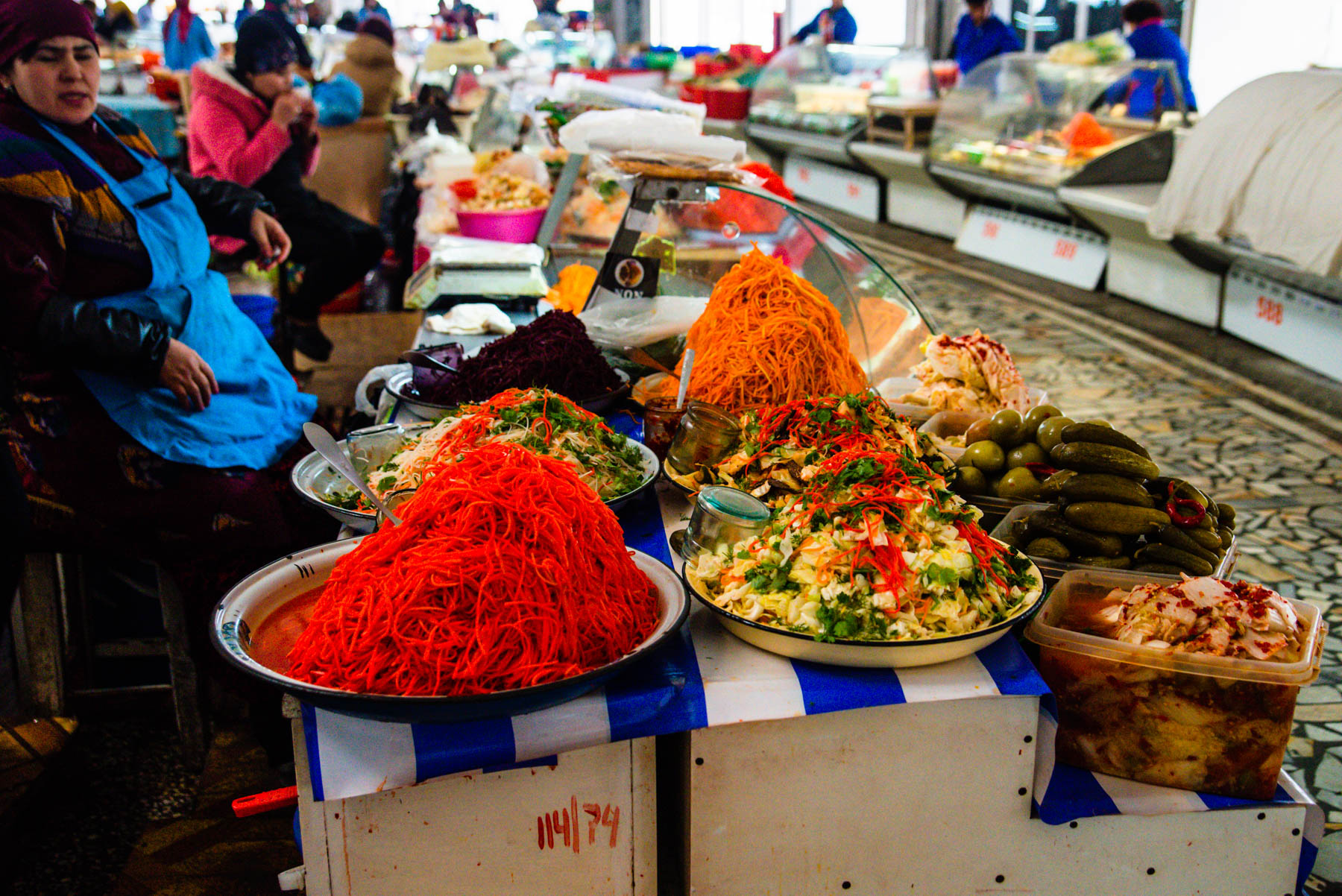
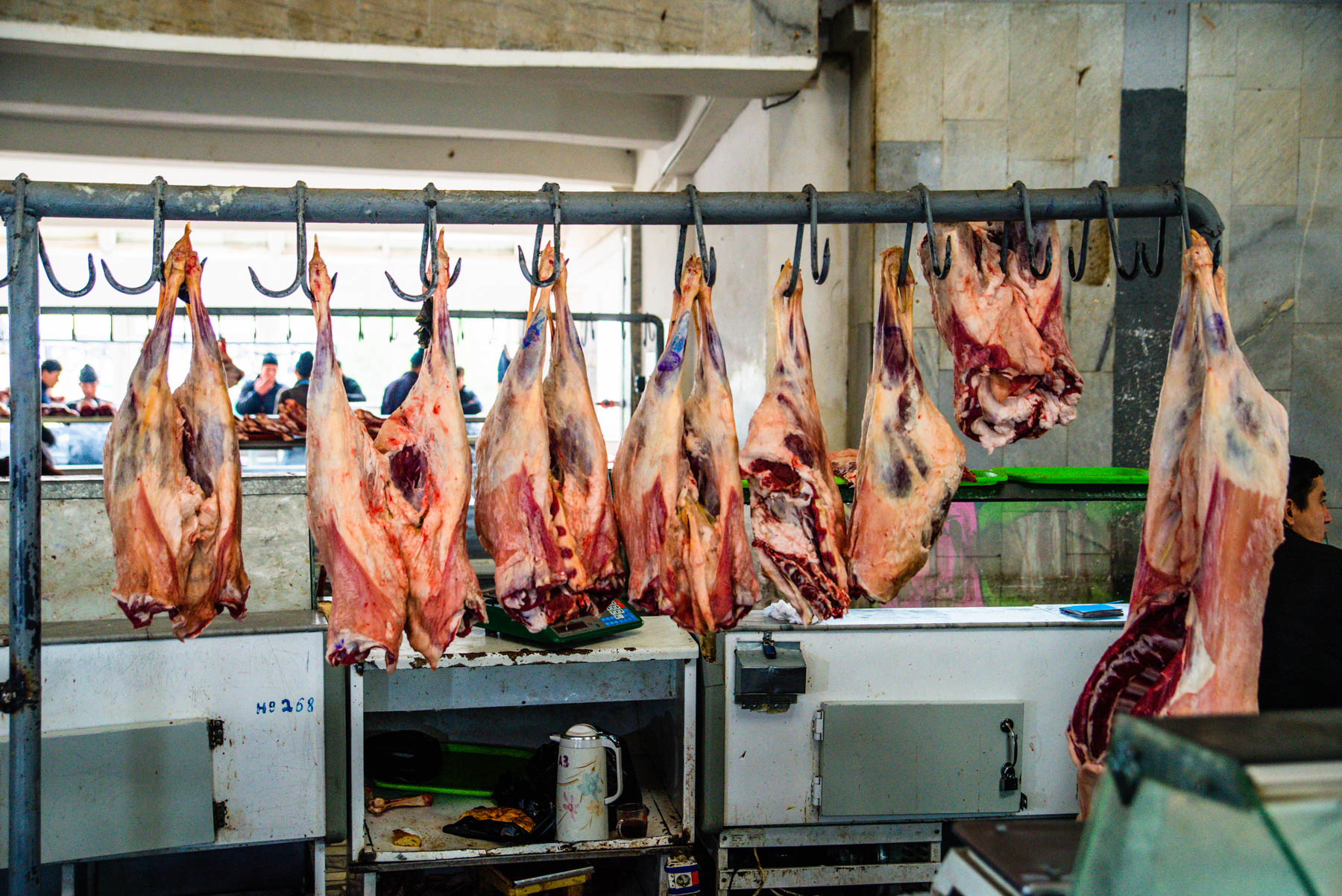
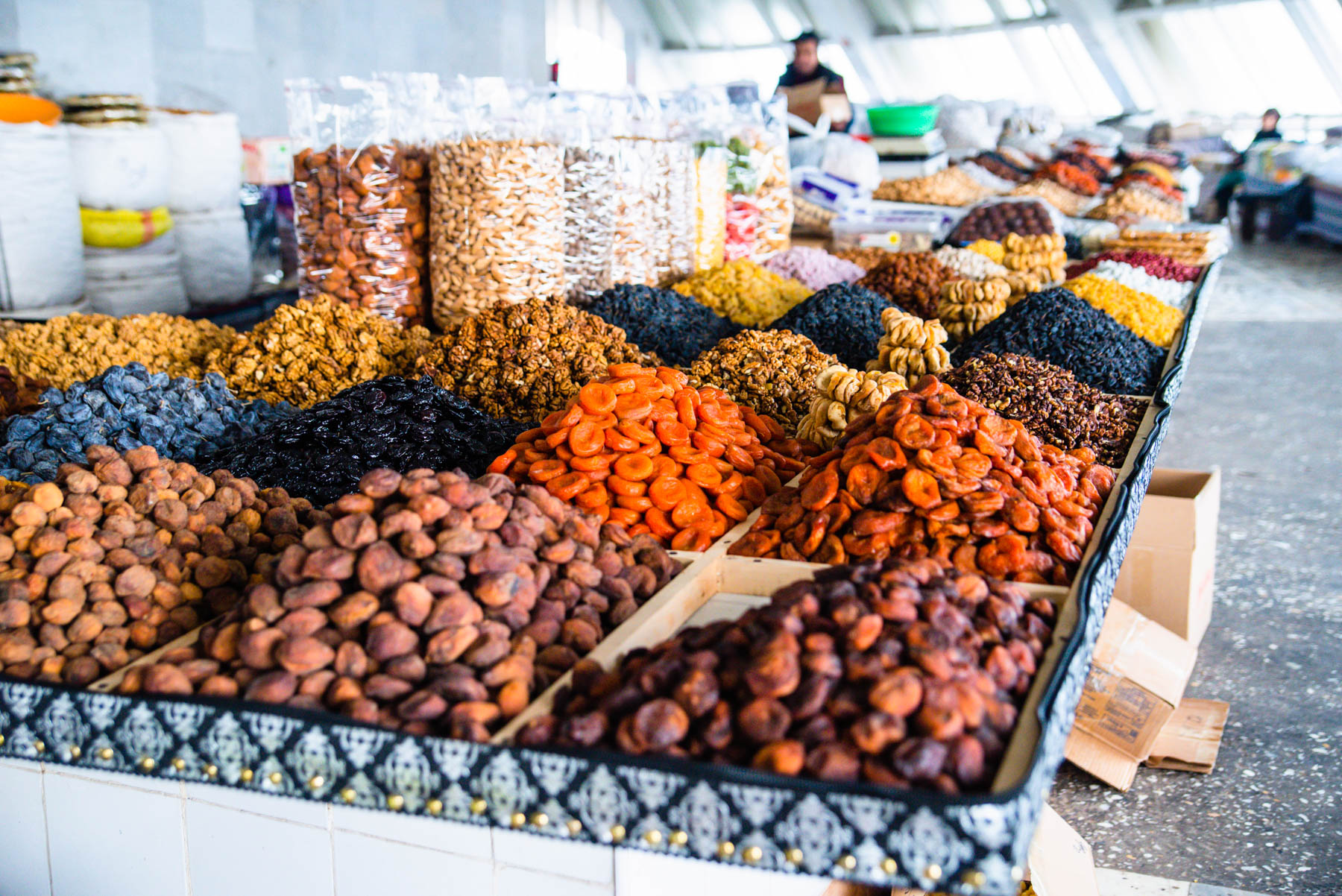
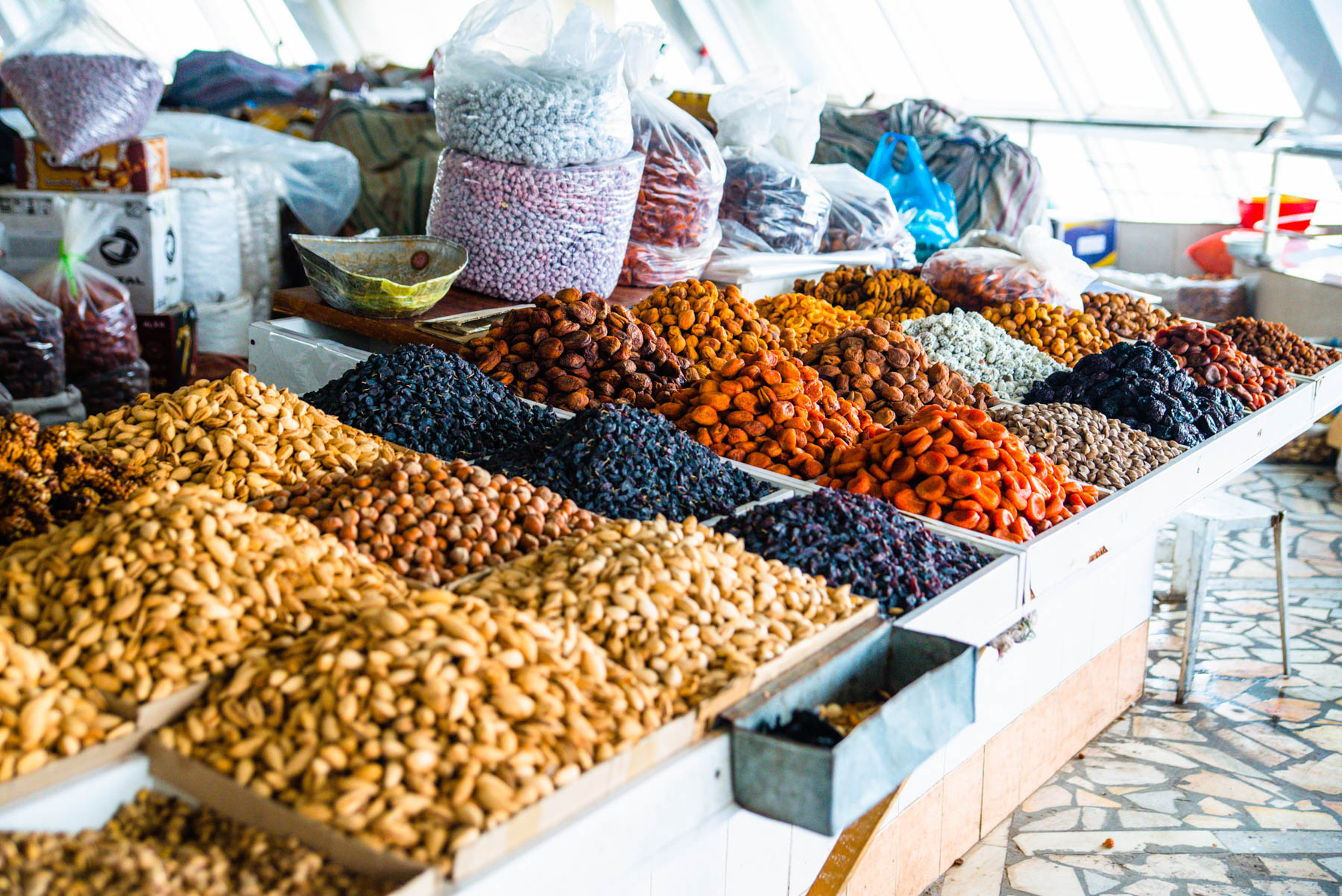
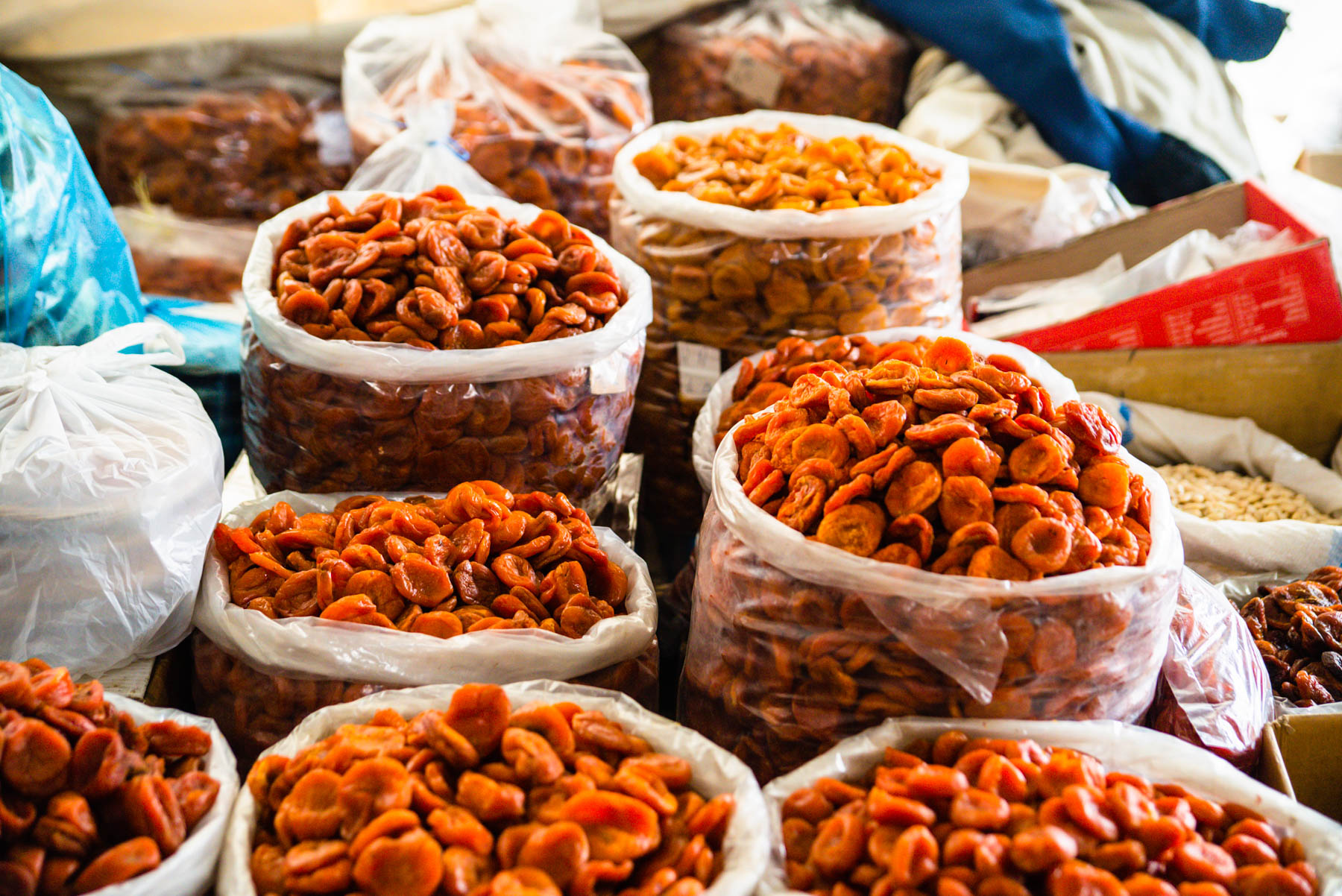
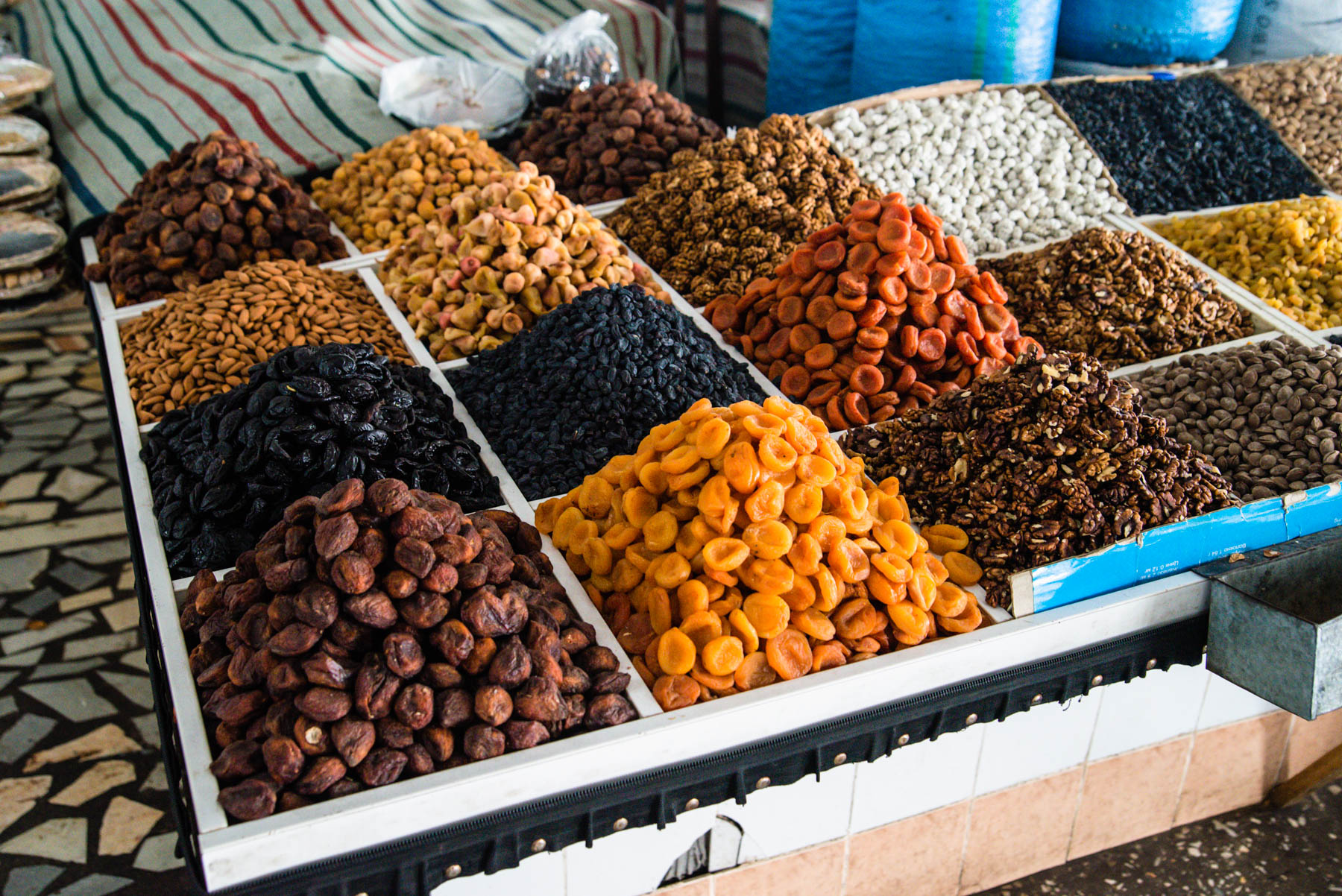
Once you step onto the market grounds, you realize you are at the typical bazaar. As you make your ways through rows of fruits, vegetables, and spices, merchants get pretty vocal about why you should buy stuff from them and not anyone else. They are really good at that because even though I went to Chorsu for the sole purpose of taking photographs, I almost bought all sorts of items. These merchants give you free samples, ask you what you need and just don't let go of you until you just start to ignore them and keep moving. While it sounds rude, this is really the only way to not fall victim to their charm!
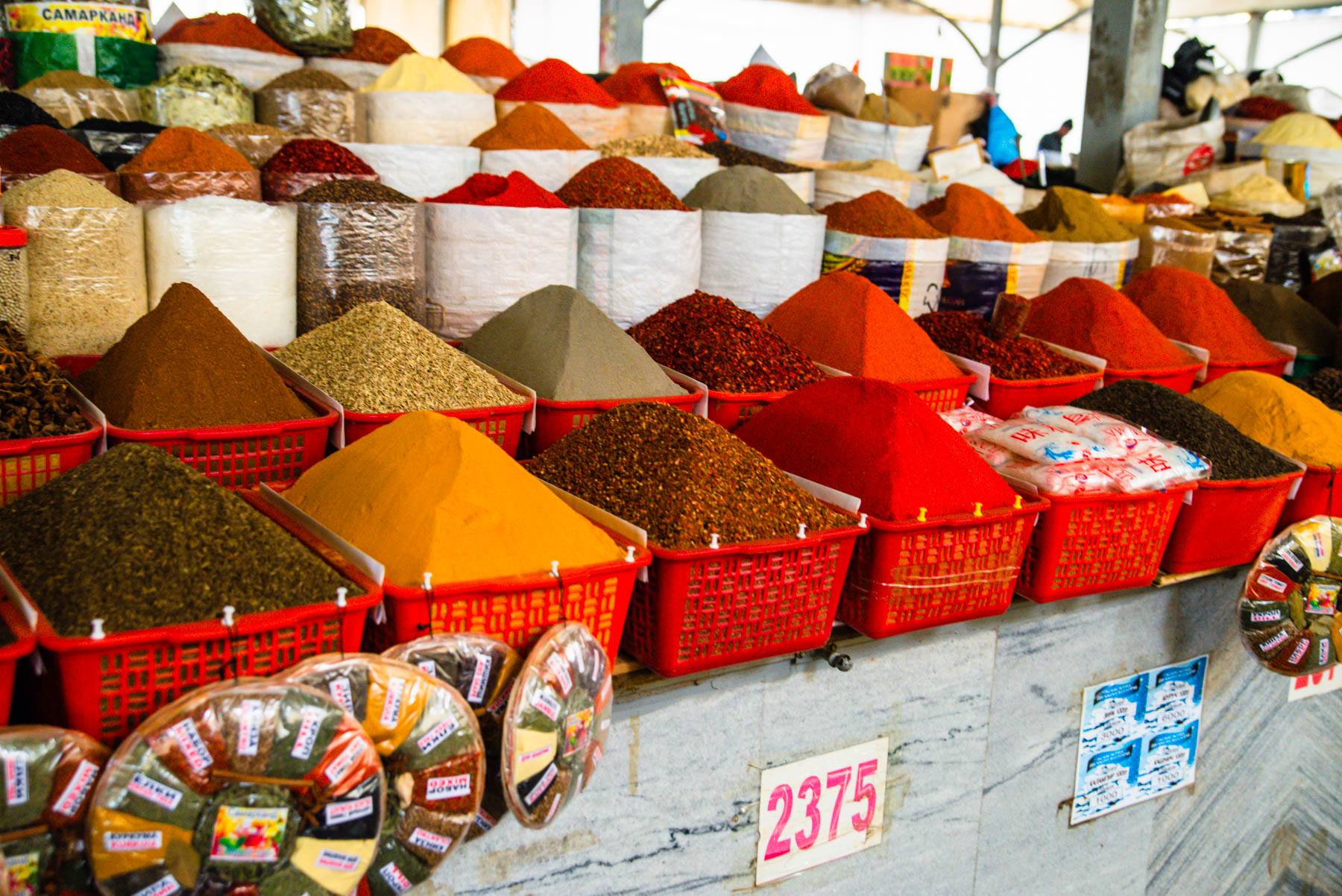

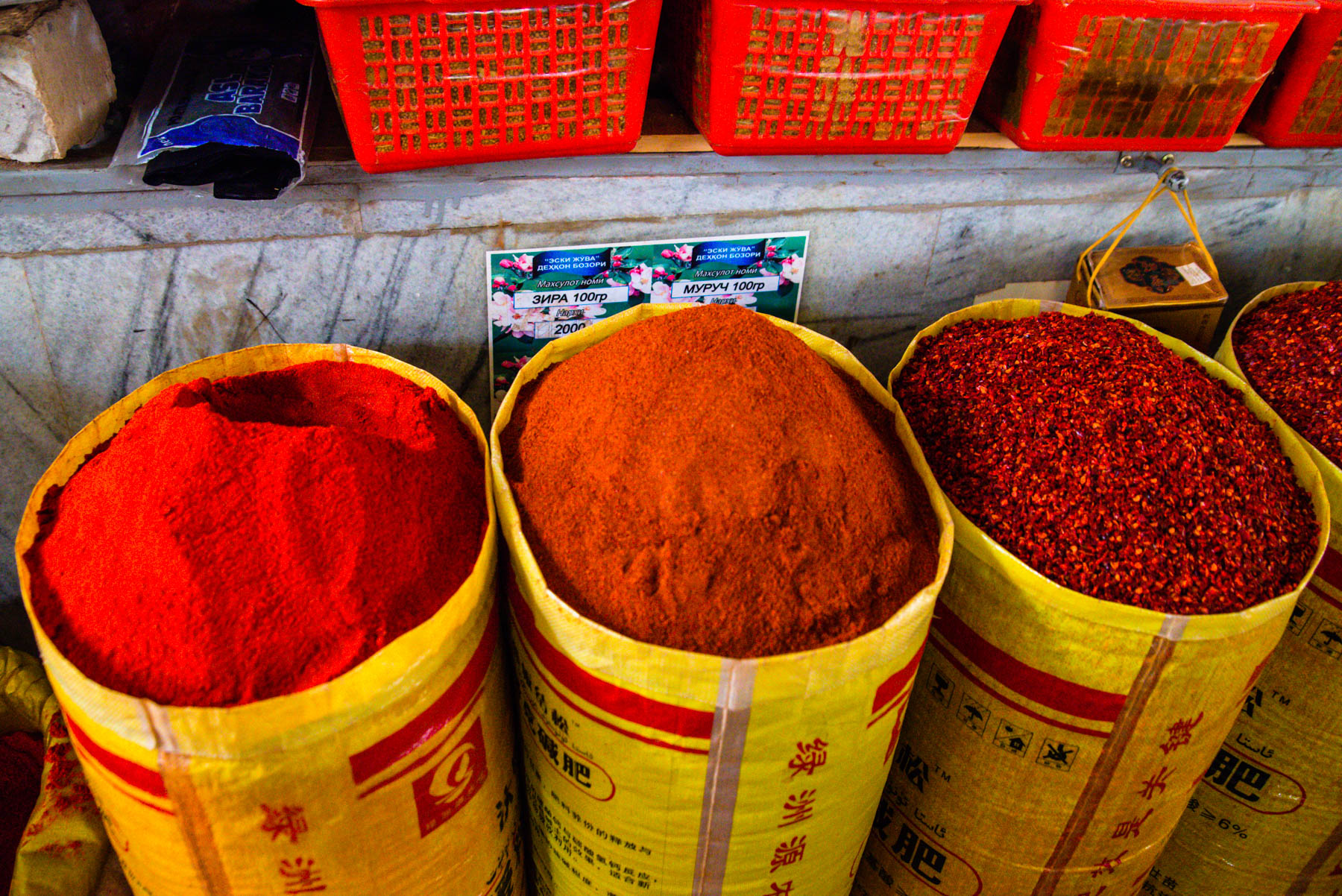
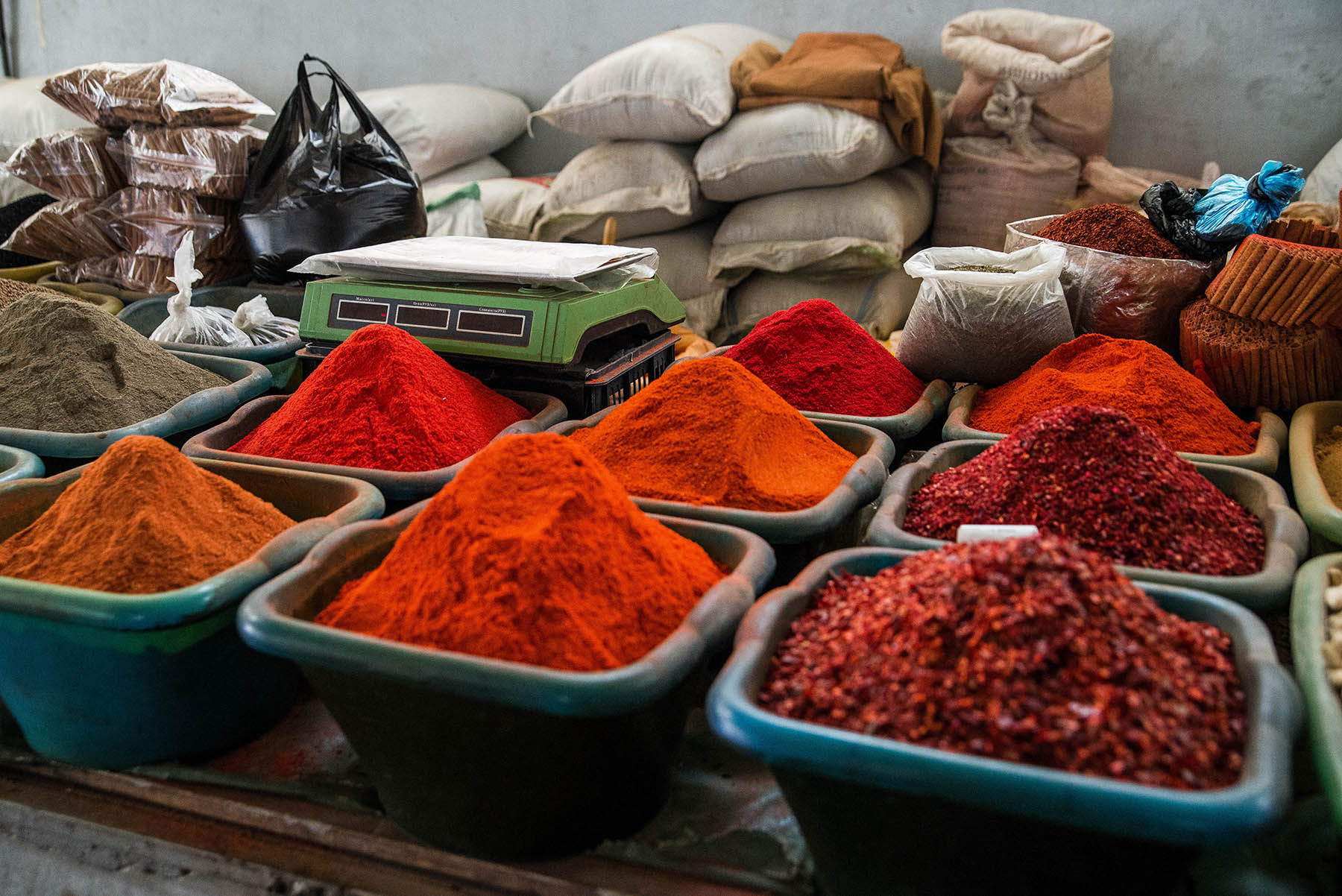


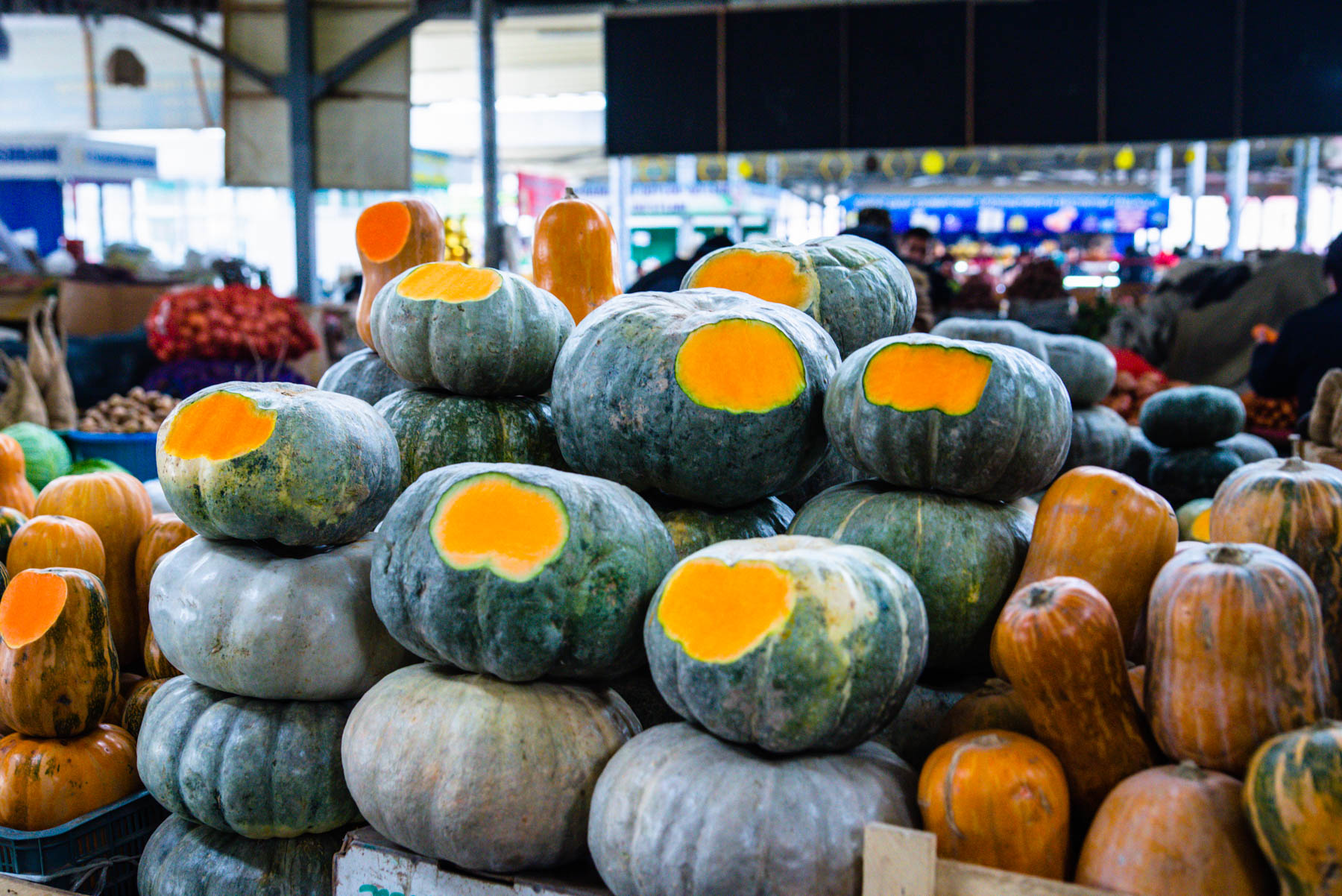
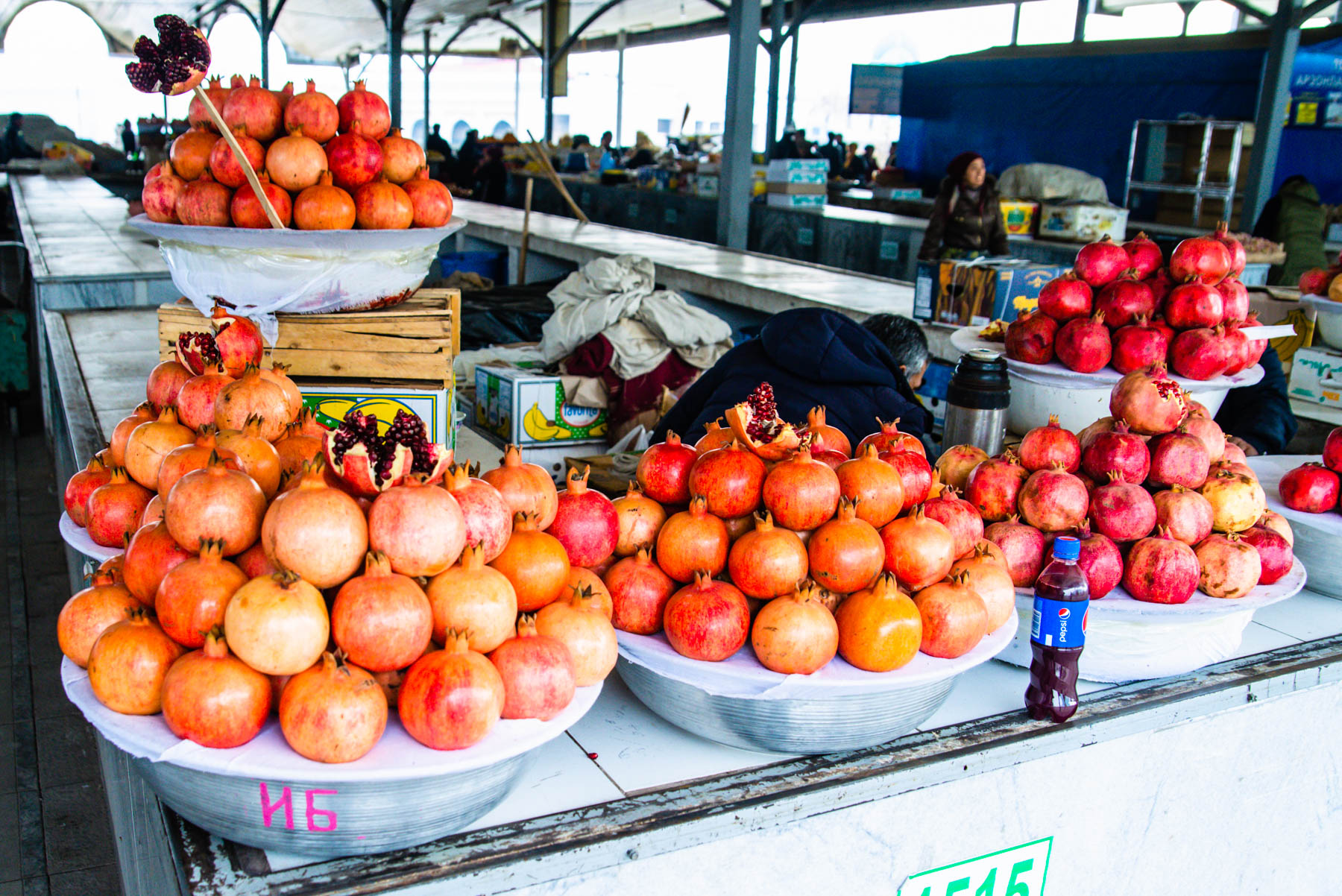
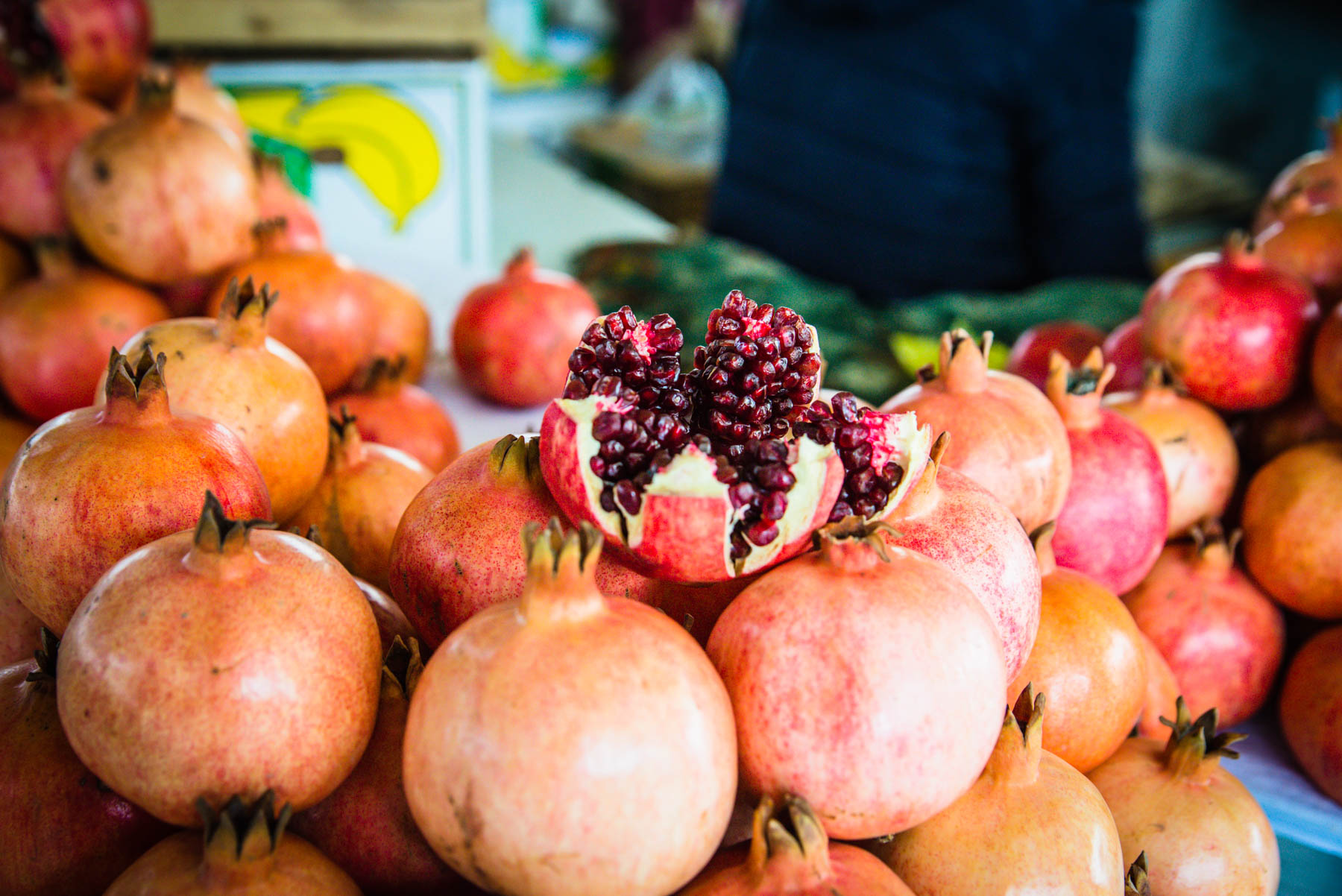
I truly believe that by going to the local markets you can get a better understanding of the life and culture of the country you are visiting. Chorsu offered an interesting look into the lives of the local merchants who arrive at the market early in the morning and stay till it closes in order to sell their produce and make money. One thing I would mention is that all of the people are really friendly even if you don't buy anything from them. That is one general theme I have seen throughout my stay in Uzbekistan. People in general are very open and friendly to visitors and there is very little if no hostility at all among tourists and the locals. Everywhere I went I was greeted with a smile and everyone were very nice to me.
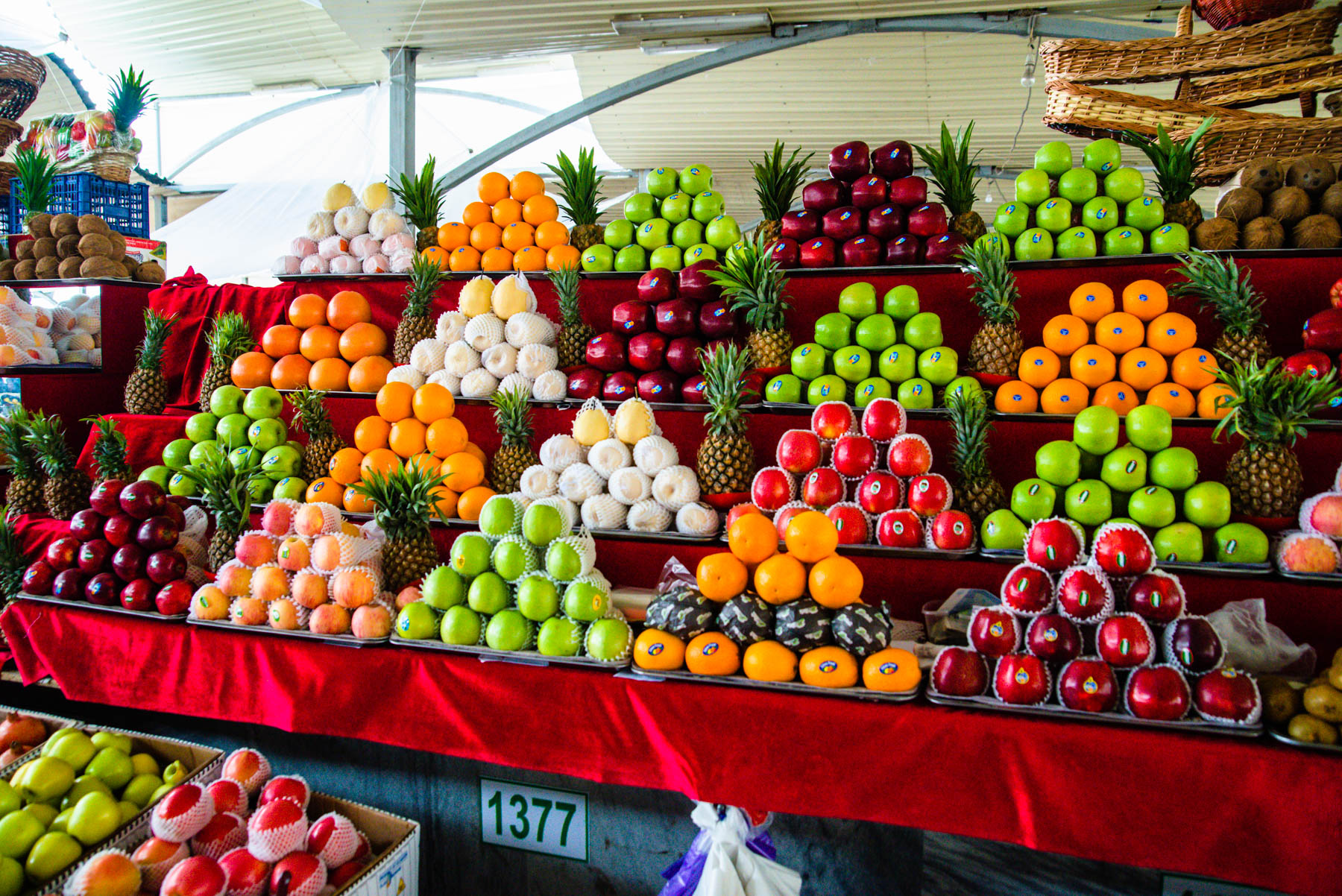
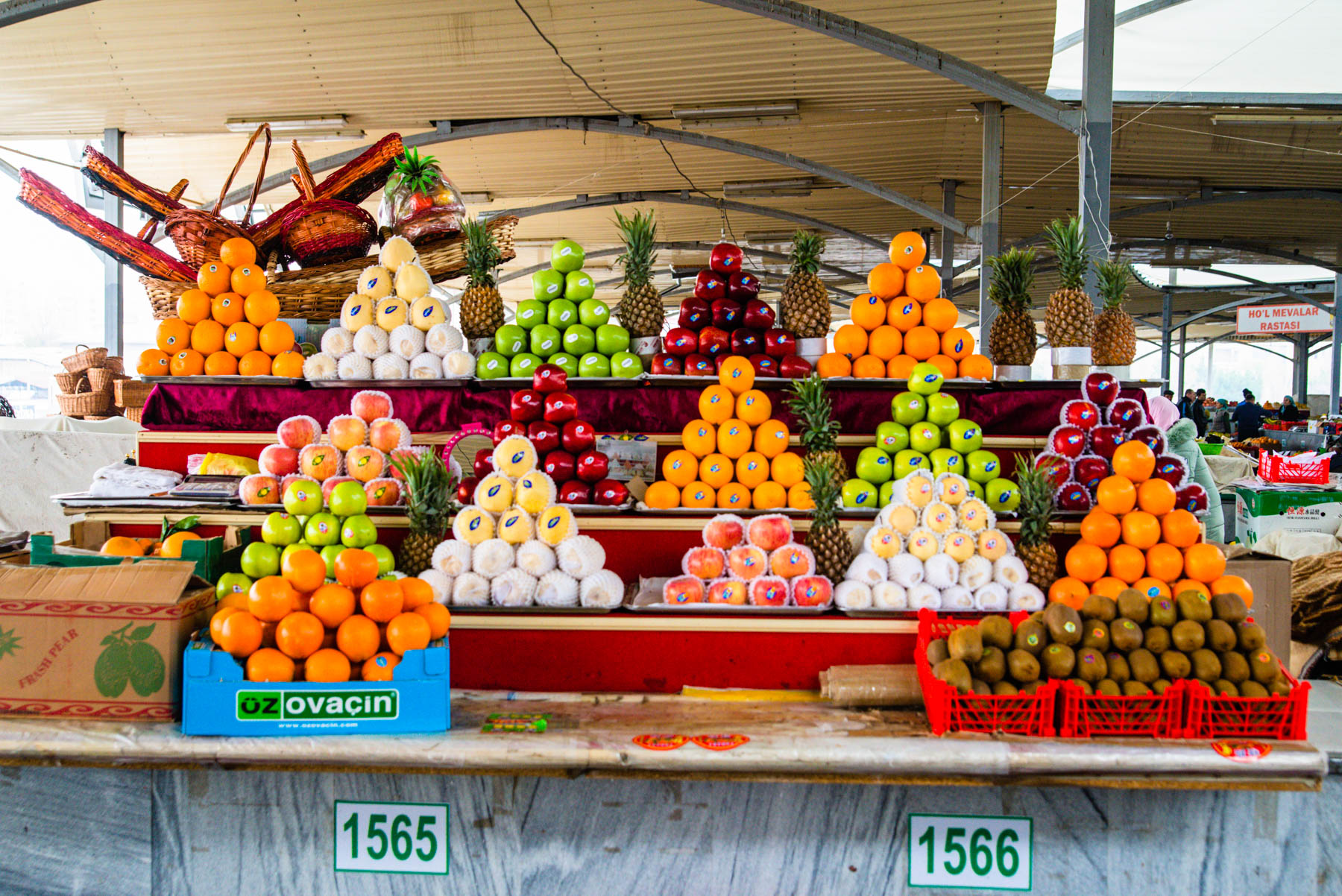
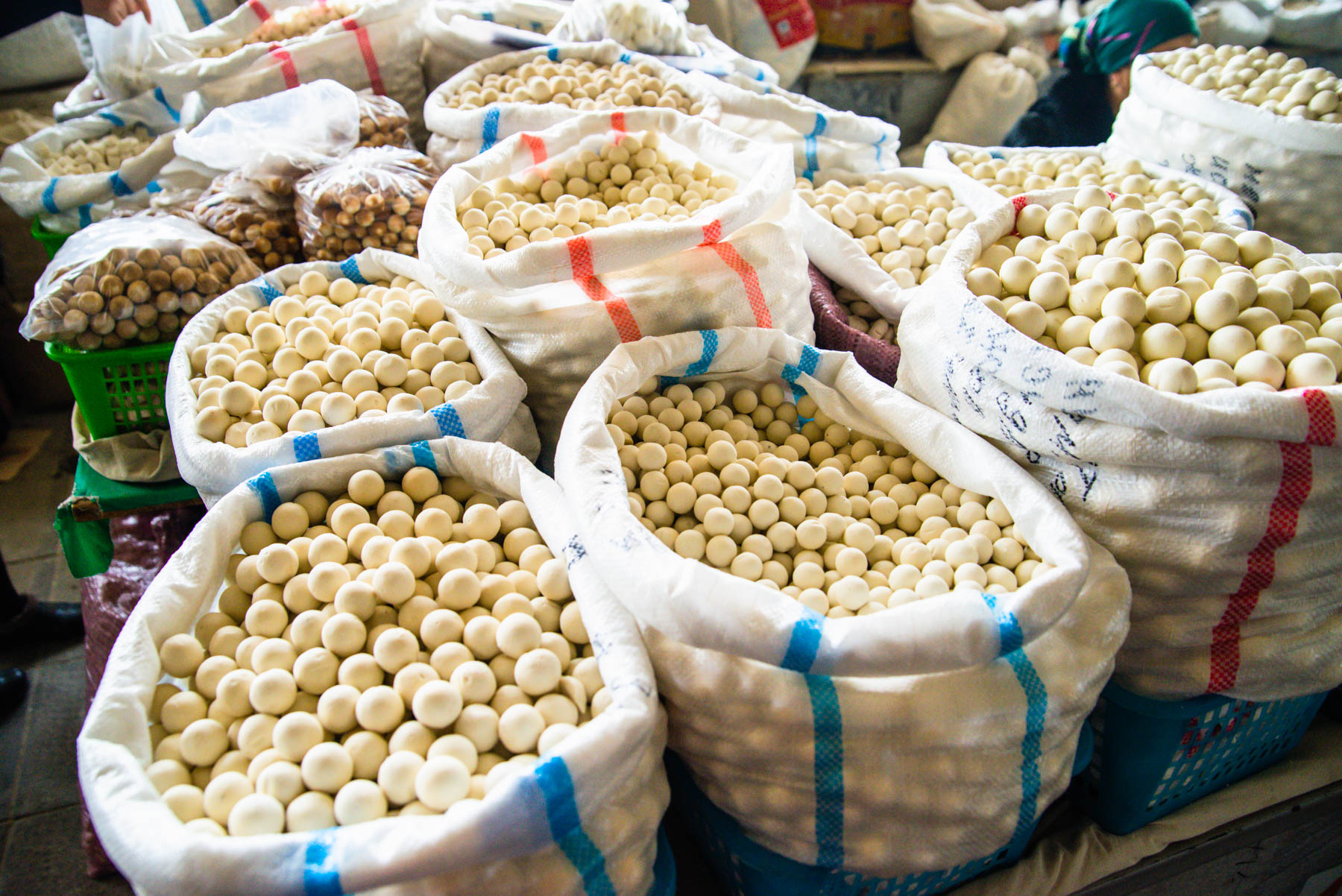
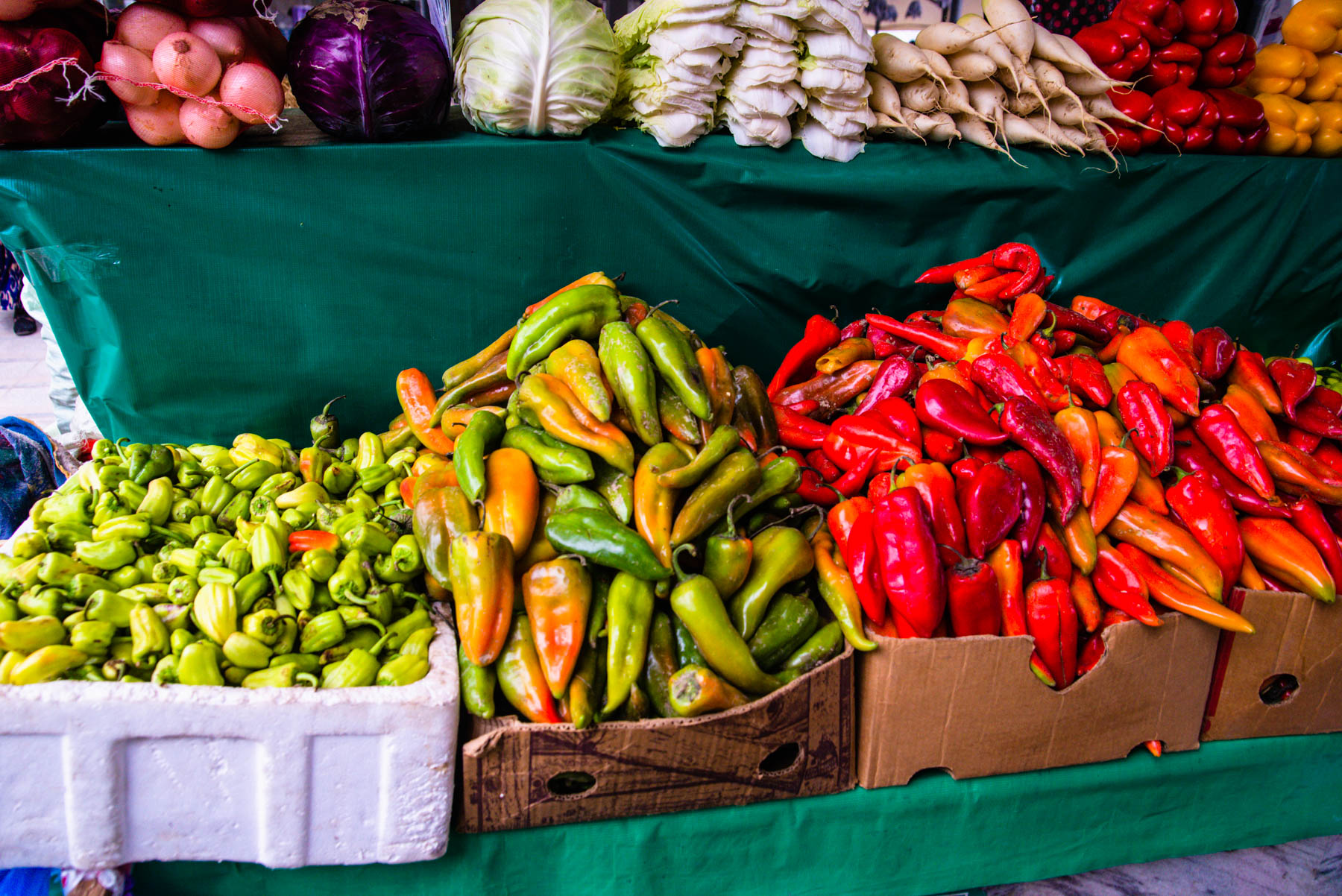
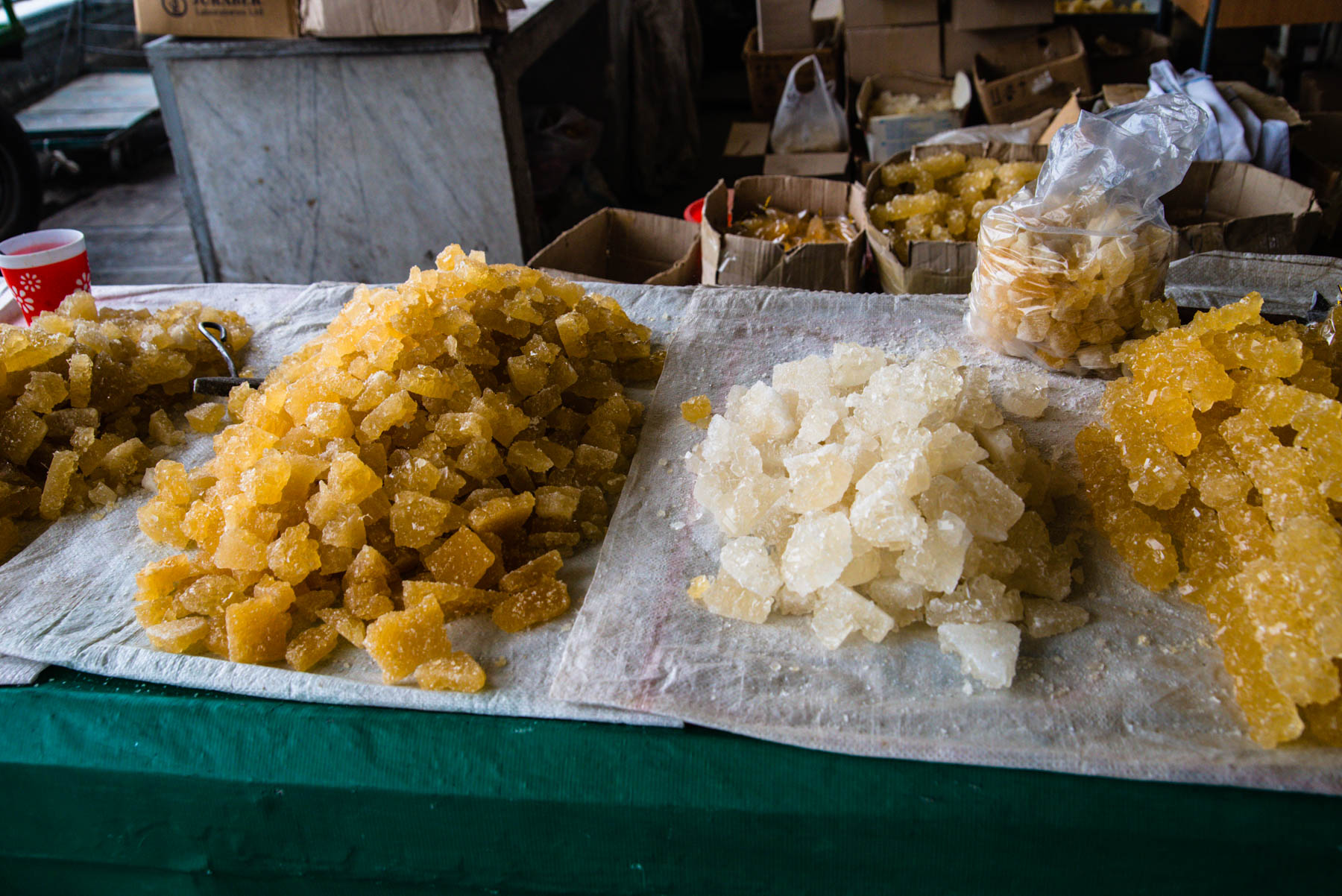
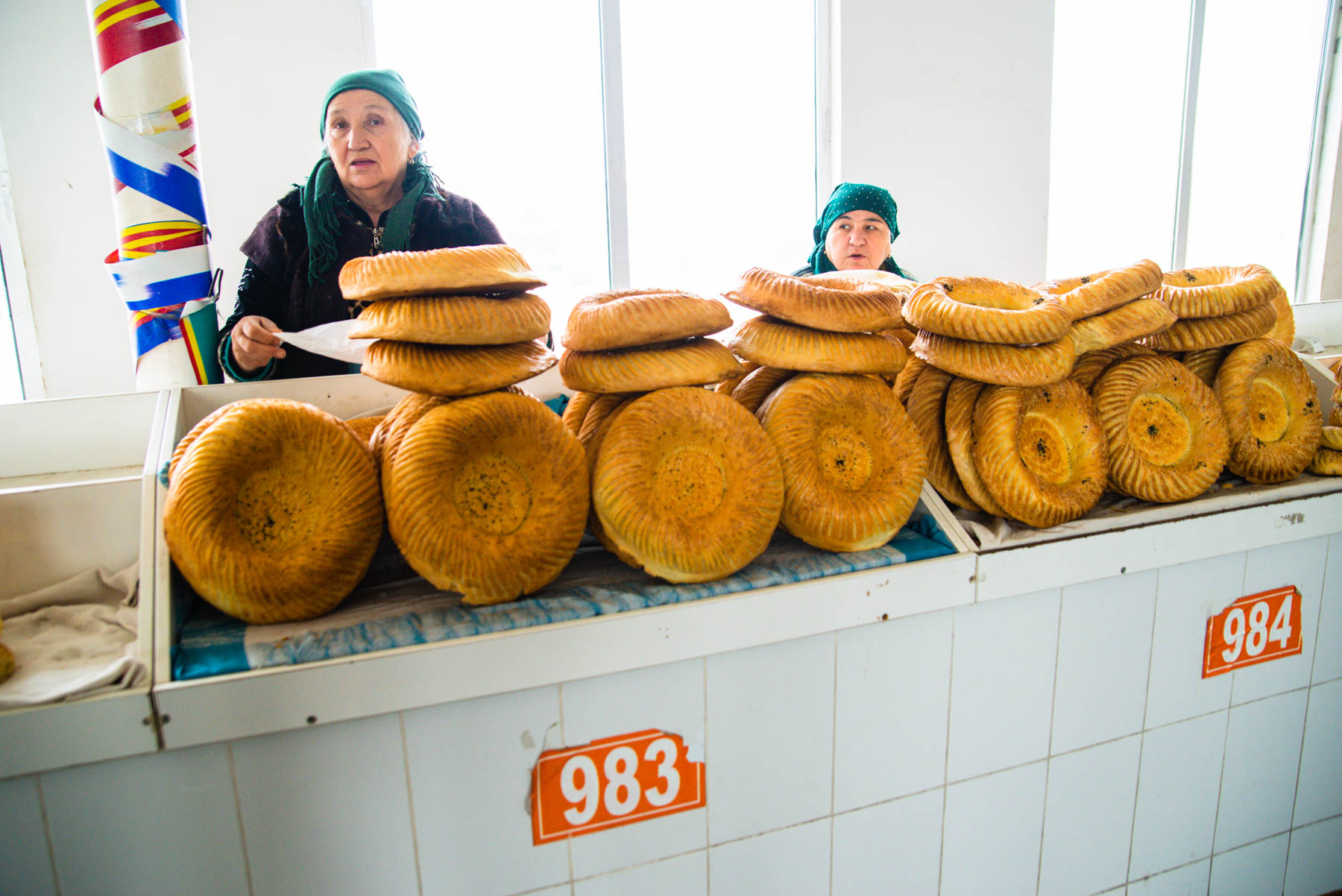
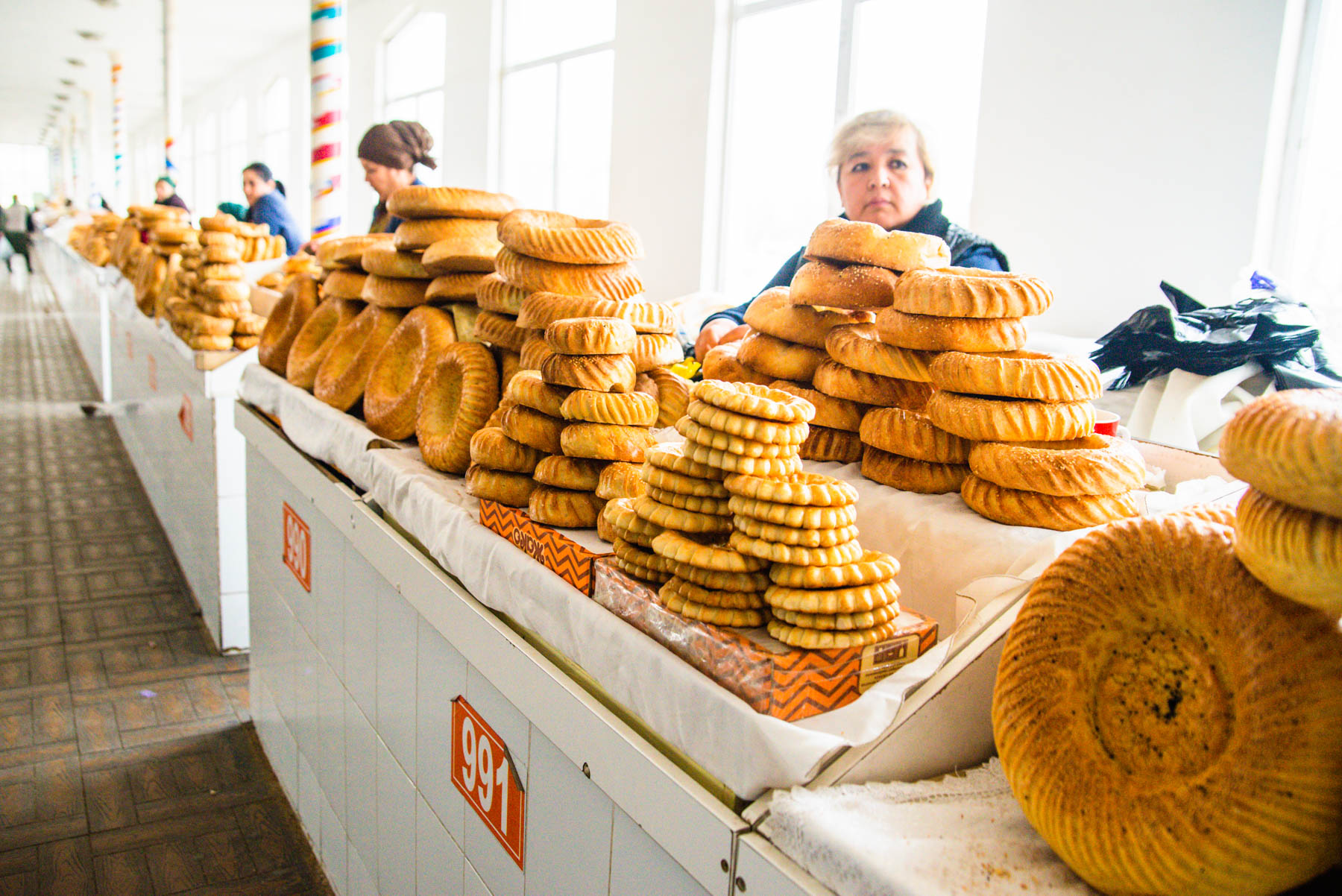
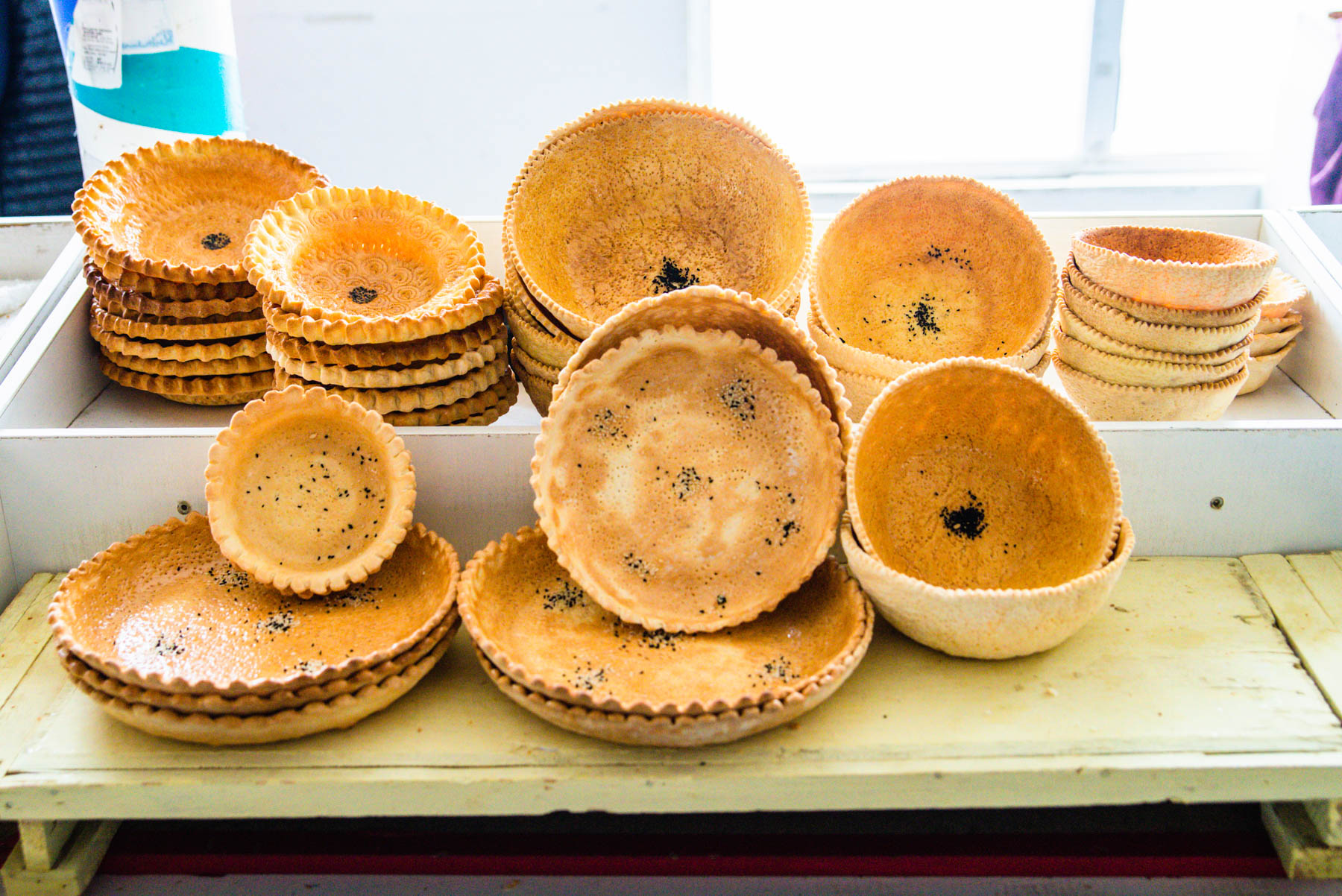
One of the most incredible parts of visiting Uzbekistan is the food. No matter where you go, from the cheapest cafes to the upscale restaurants, you will be treated with an outstanding cuisine which offers a wide variety of dishes. It would take a long time to list all of the dishes that the traditional Uzbek cuisine offers, but some of the more famous dishes are shashlik (grilled meat on the skewer or kabob) and plov (also called pilaf by some middle-eastern countries). Because the exchange rate is currently pretty favorable to visitors bringing US dollars to the country, the food is really cheap when you convert back and compare to the US. I have tried different dishes at Chorsu, at cafes and restaurants, and I don't remember a single time when I was not satisfied with the taste and the quality of the food served. If you love to eat (like I do) and want to have fantastically delicious meals, travel to Uzbekistan and you will not be disappointed!
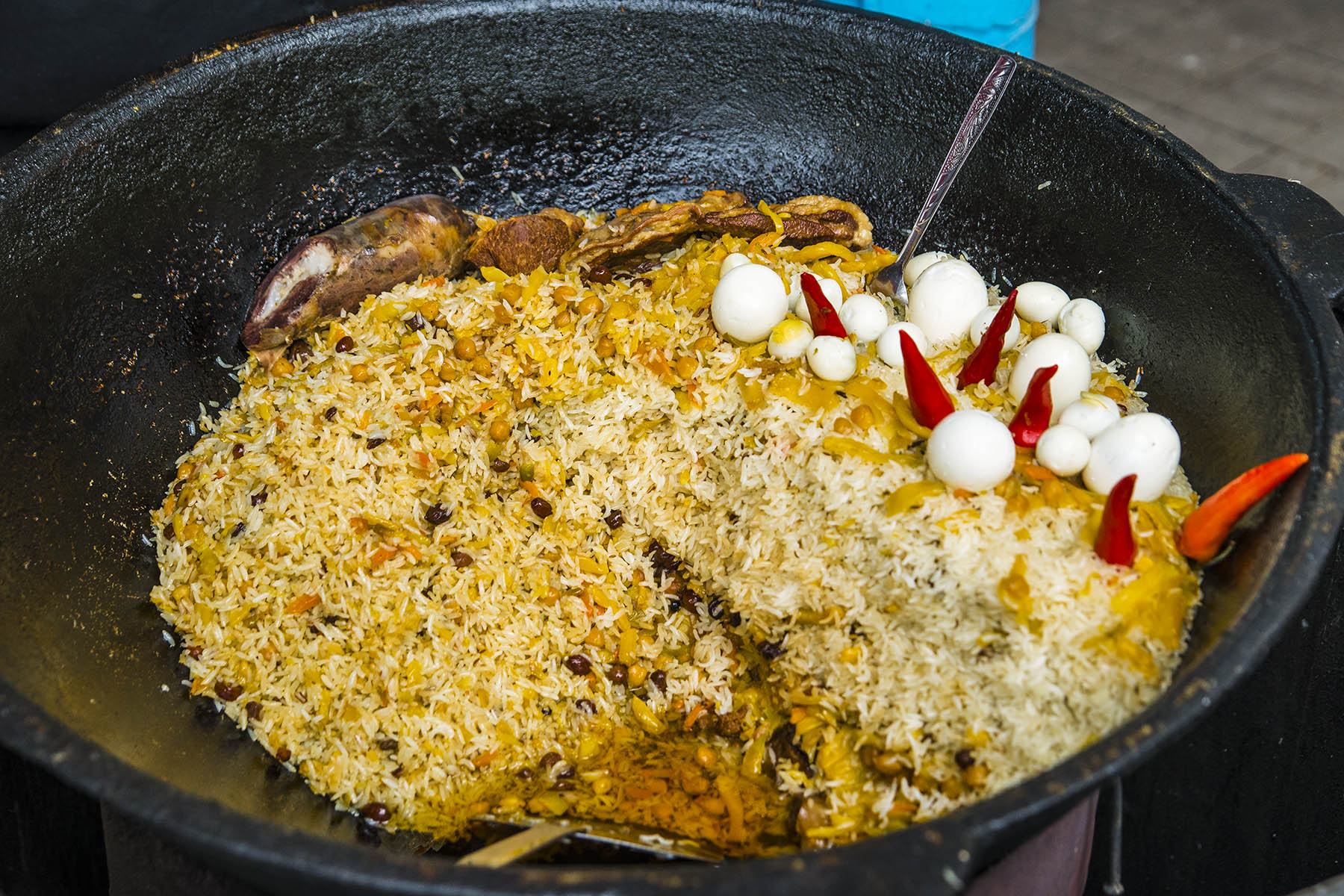
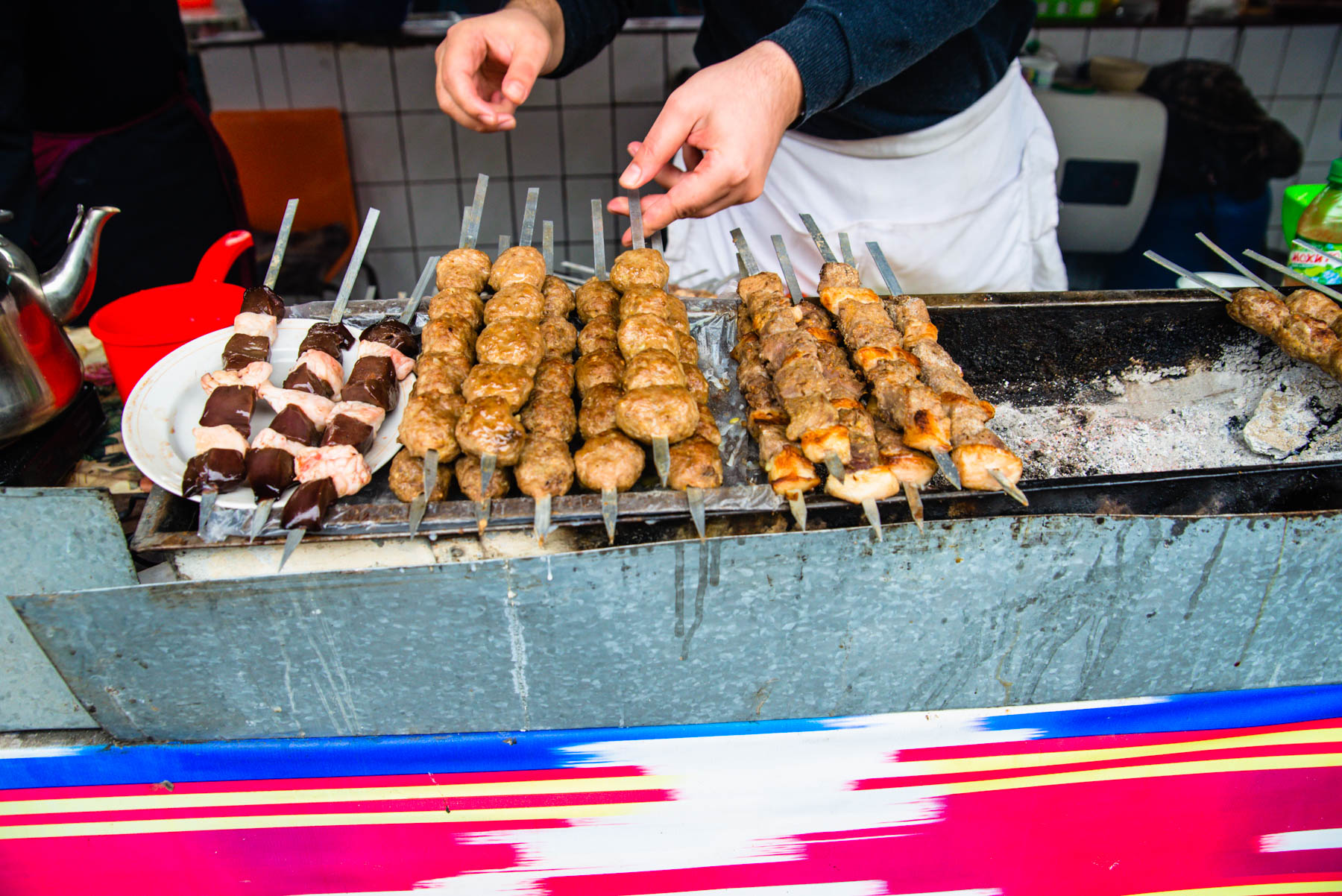

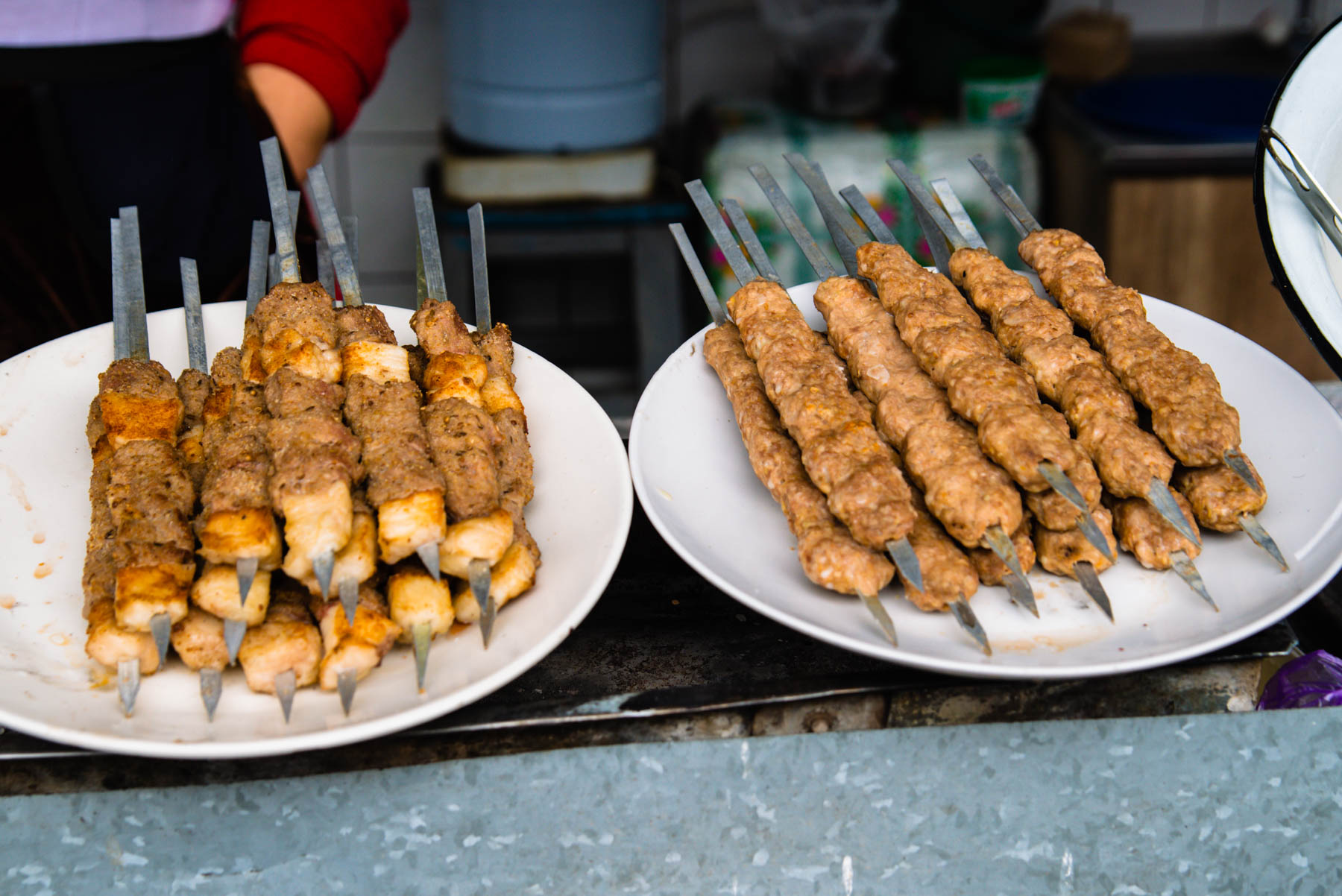


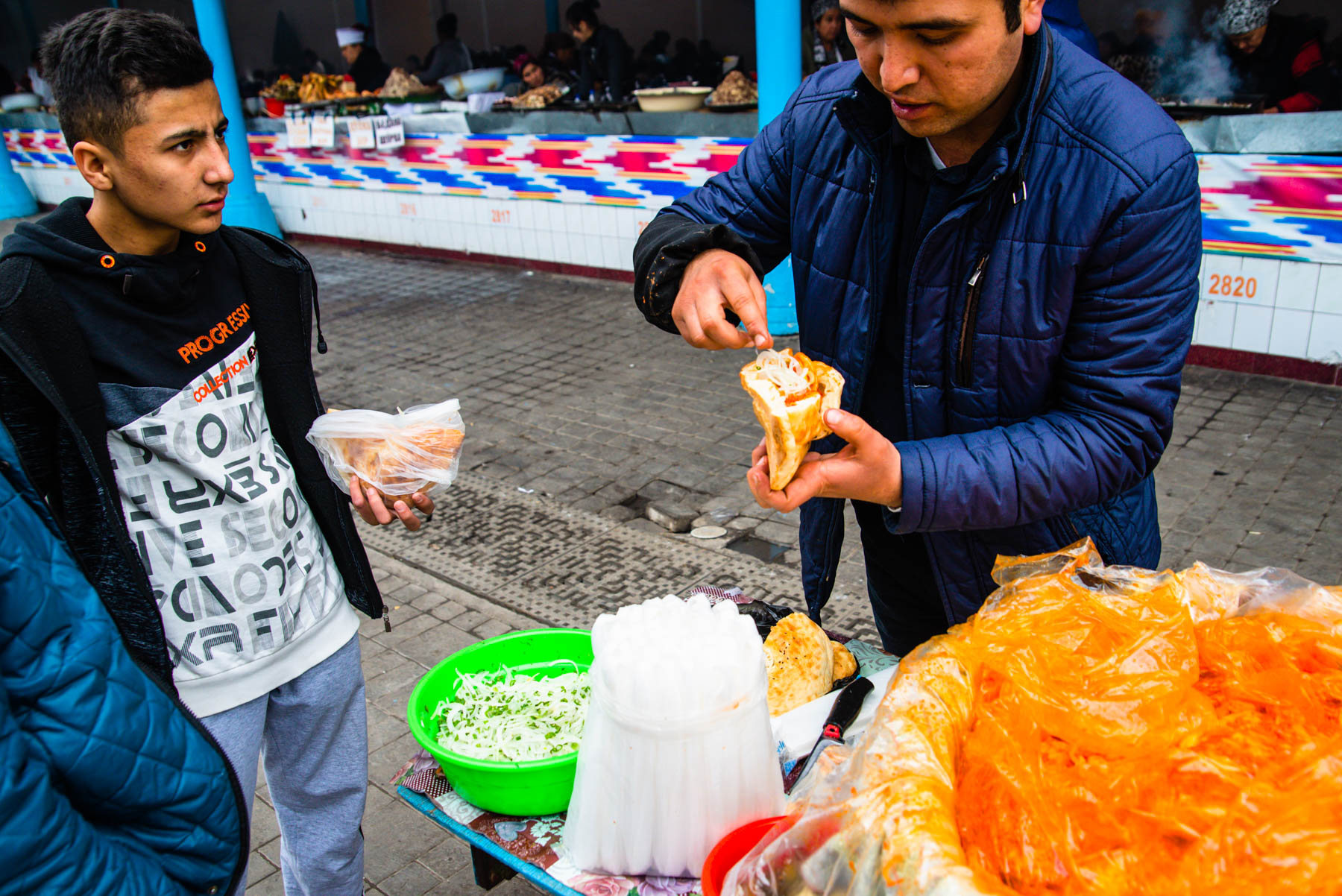

Of course, just like any other country, Uzbekistan is big on its souvenirs. Forget shot glasses and magnets (even though those are available too), locals make all sorts of crafts in order to commemorate your visit to their country. Some of the most popular items are the figurines of old men and women in traditional clothing made out of clay and pots and plates decorated in the traditional Uzbek pattern. Some other souvenirs that are popular among tourists are clothing and the accessories. Uzbek's fabrics are known even outside of the country making dresses, scarves and other pieces of clothing popular and keeping them in high demand. Some other items that are sold as souvenirs are hand-crafted items from wood and metal, as well as knives, both decorative and the ones to be used in cooking.
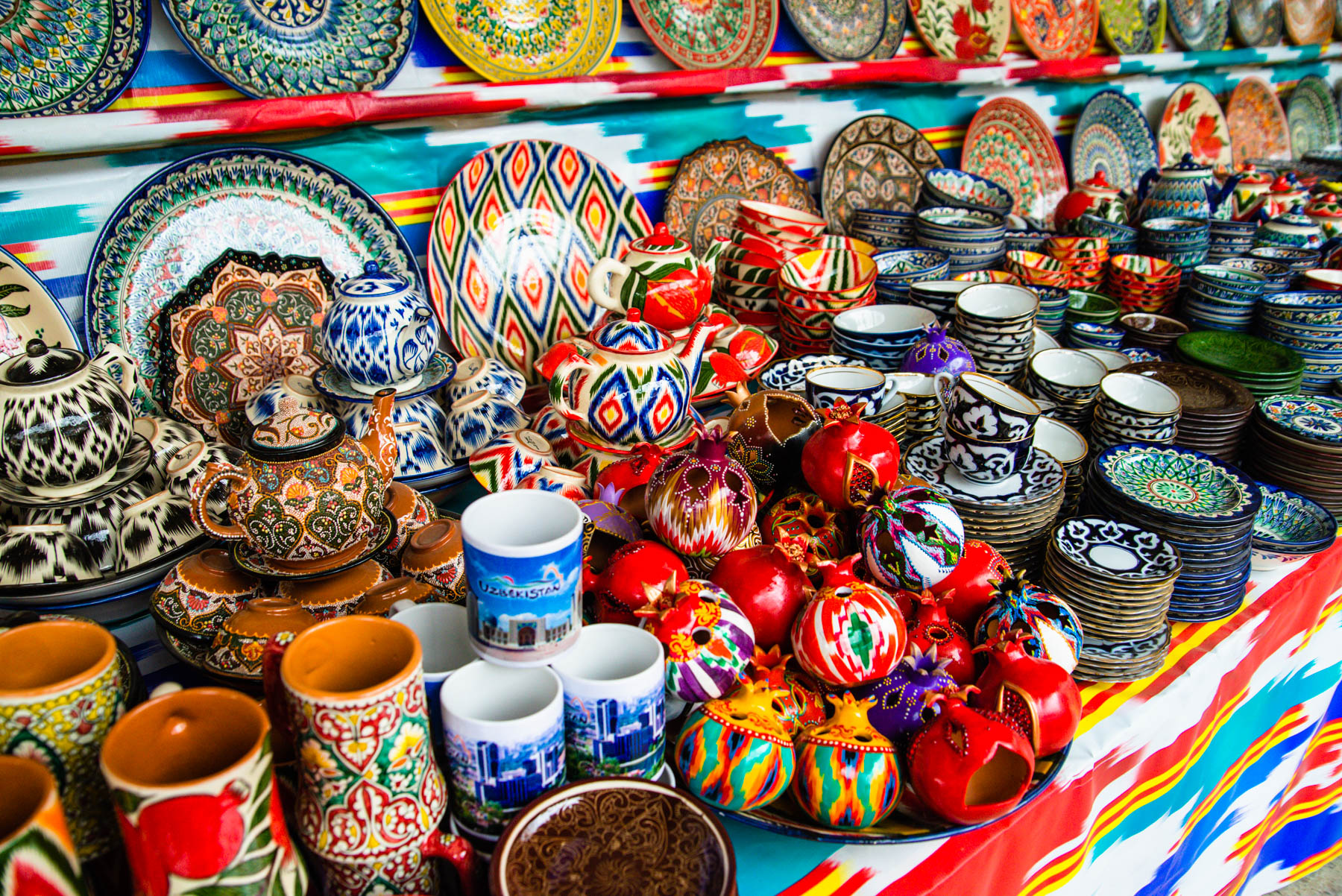
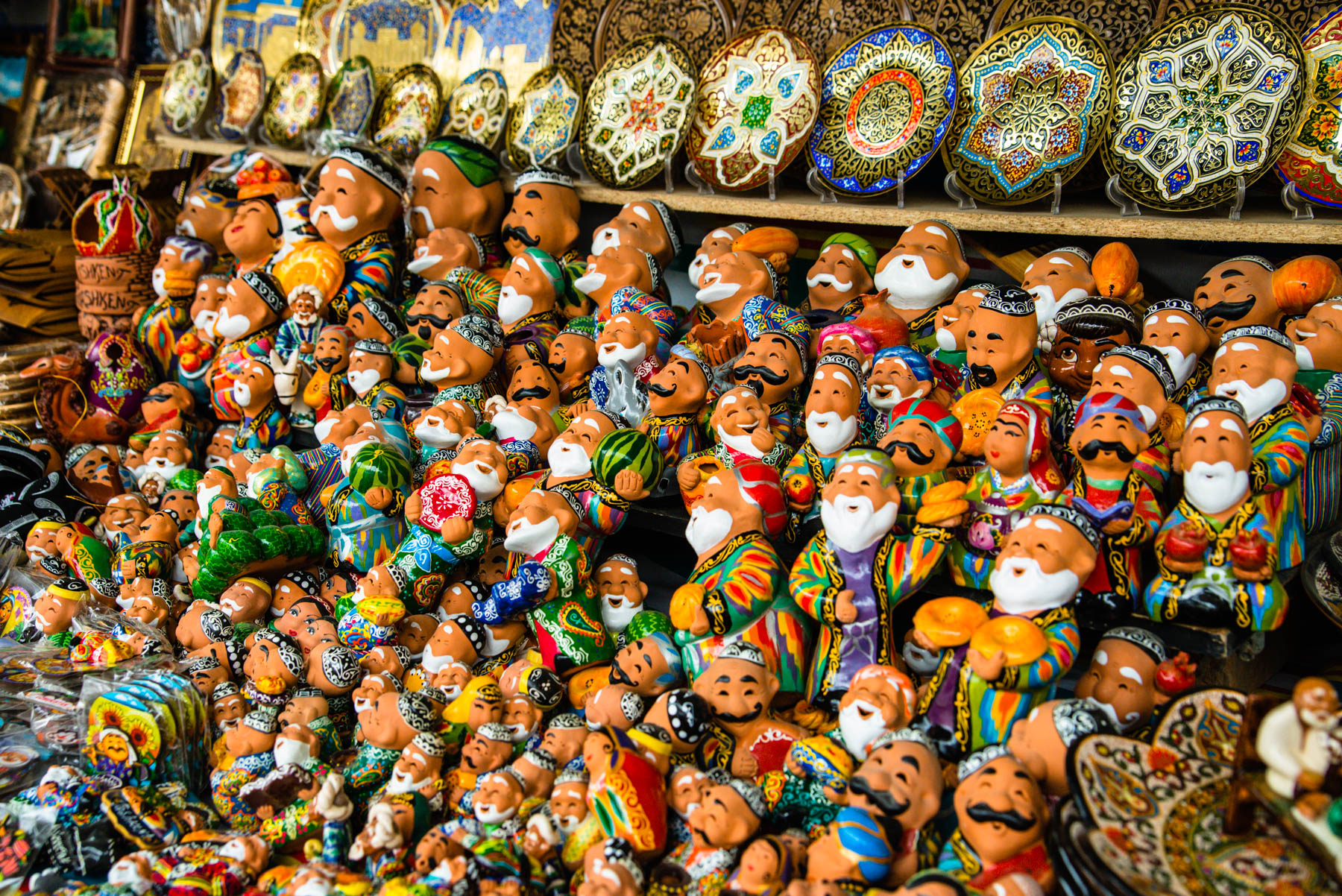


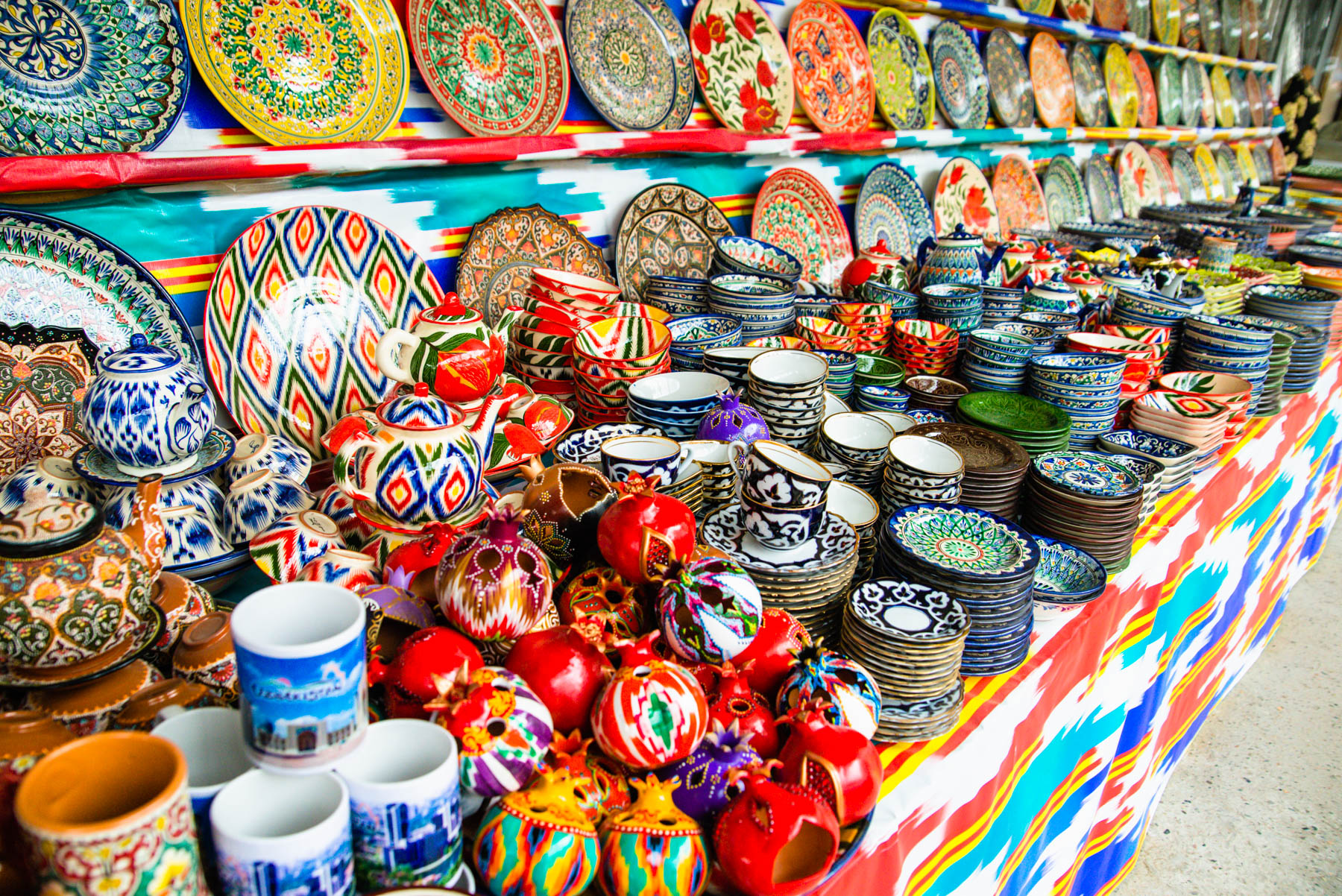

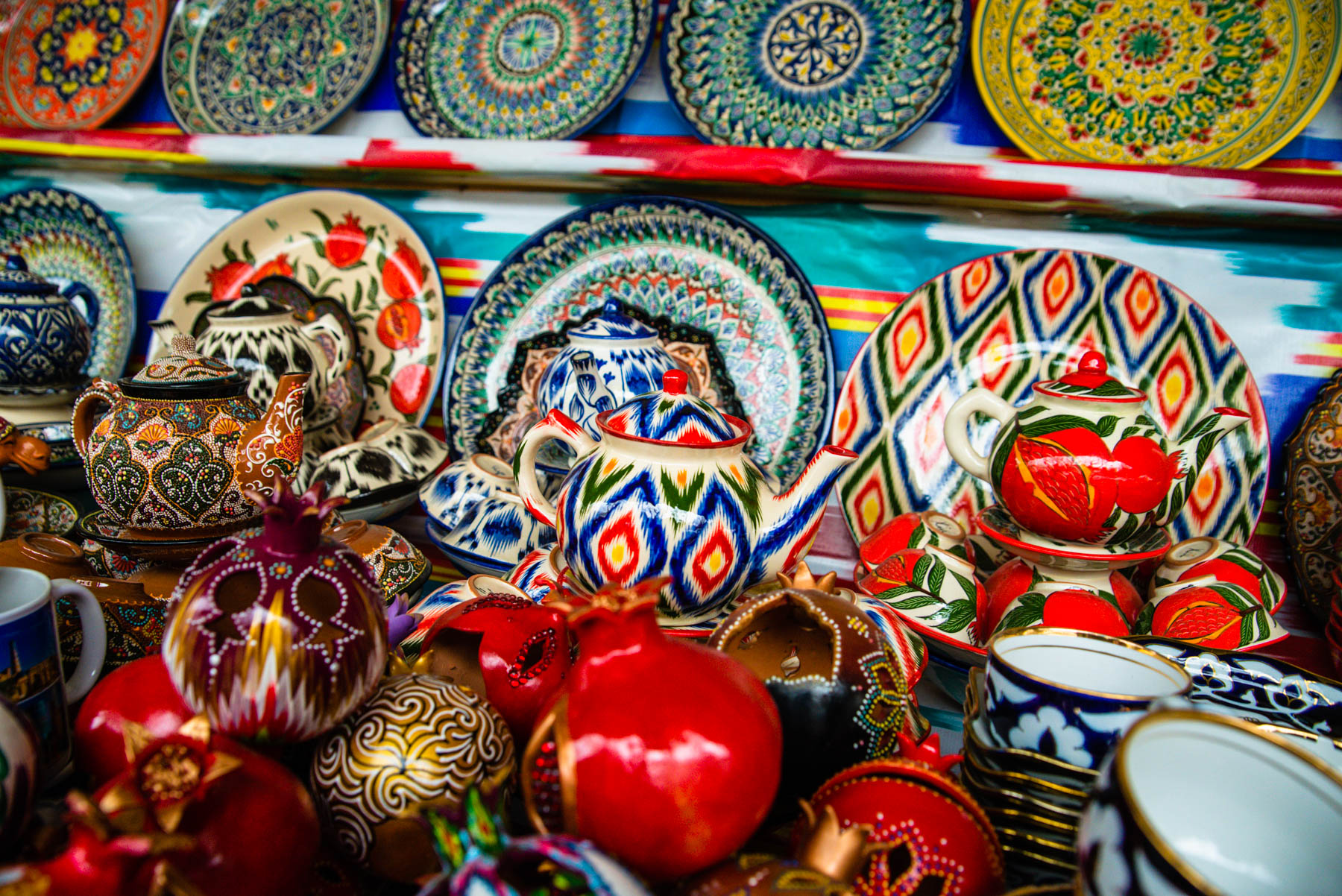
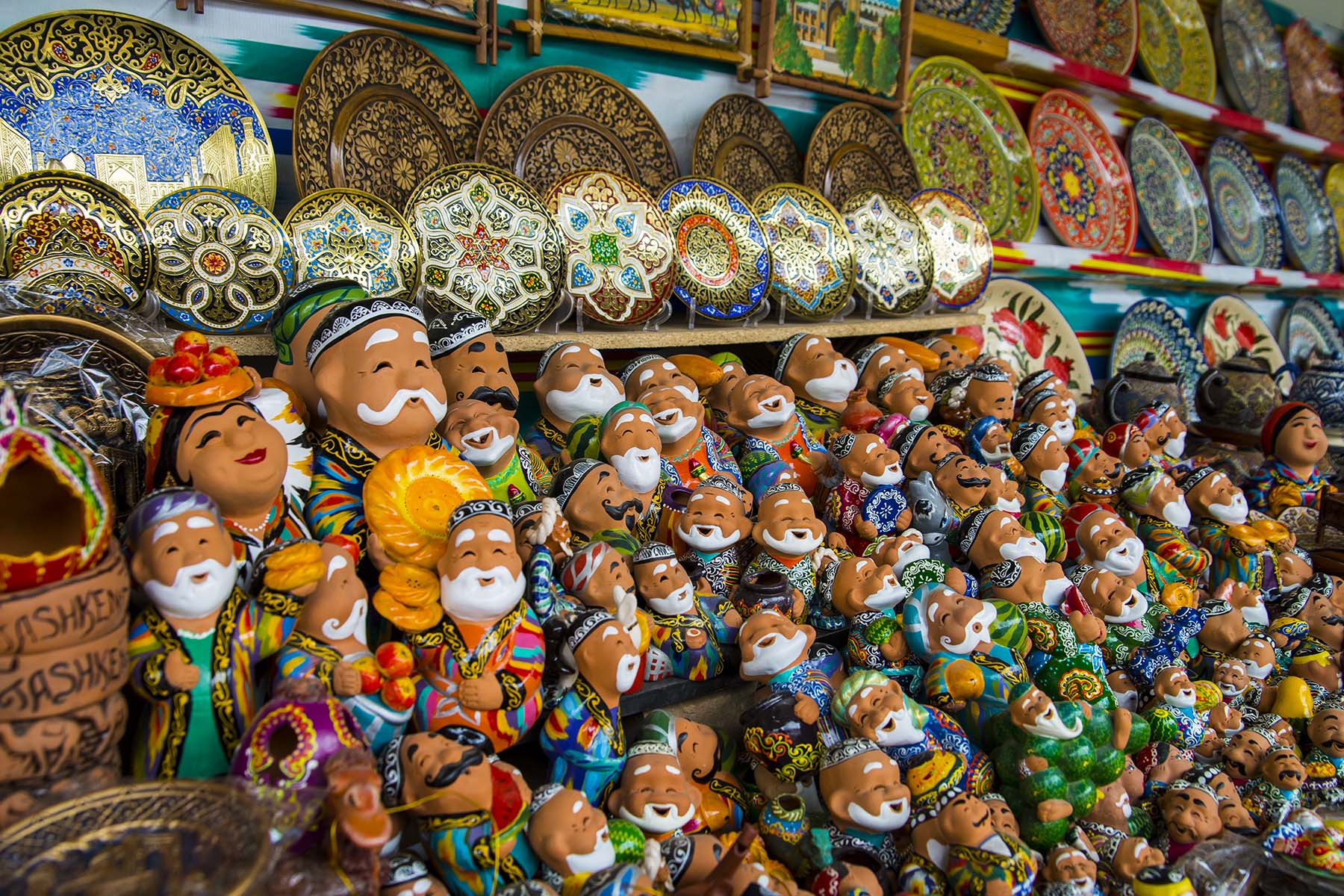

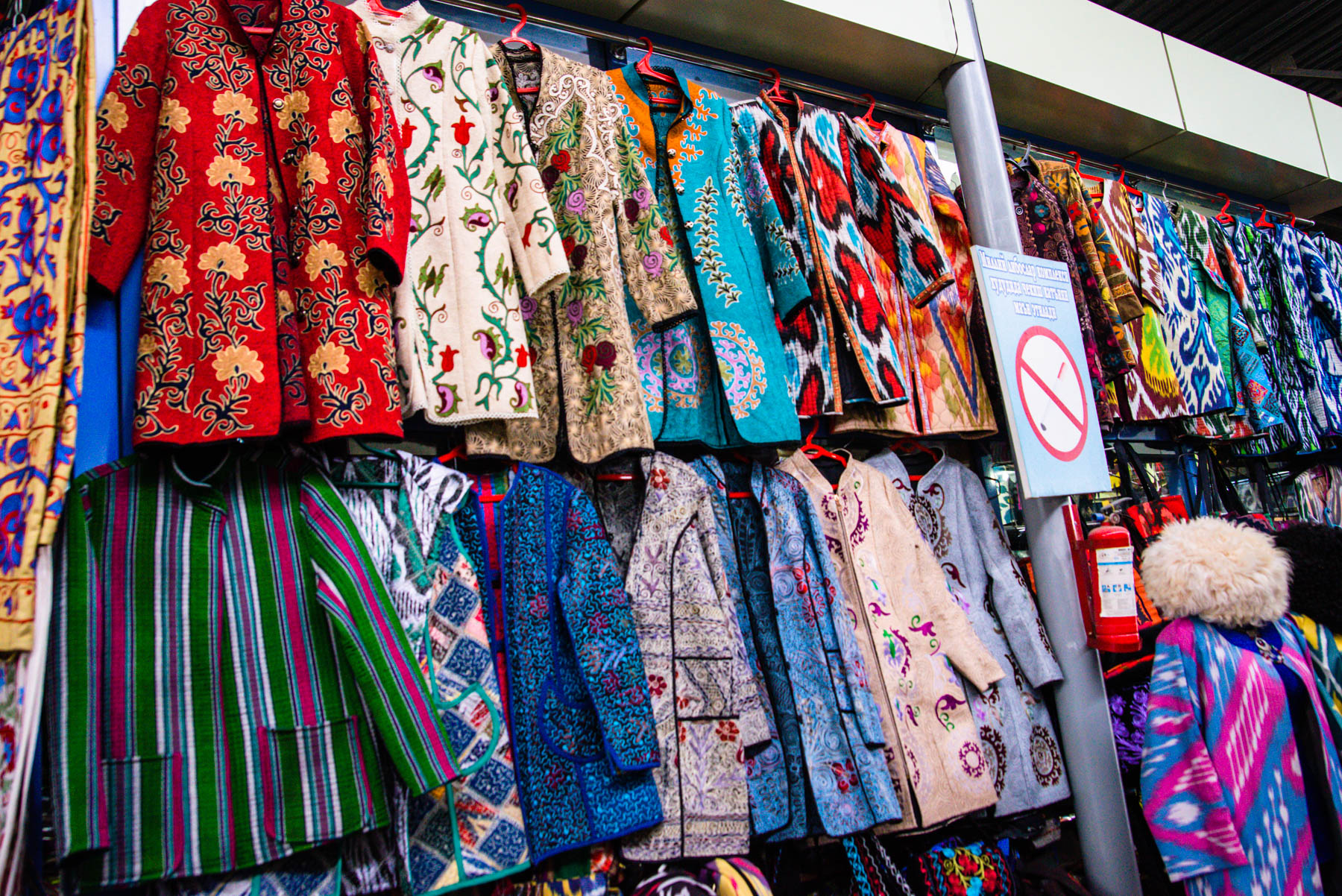
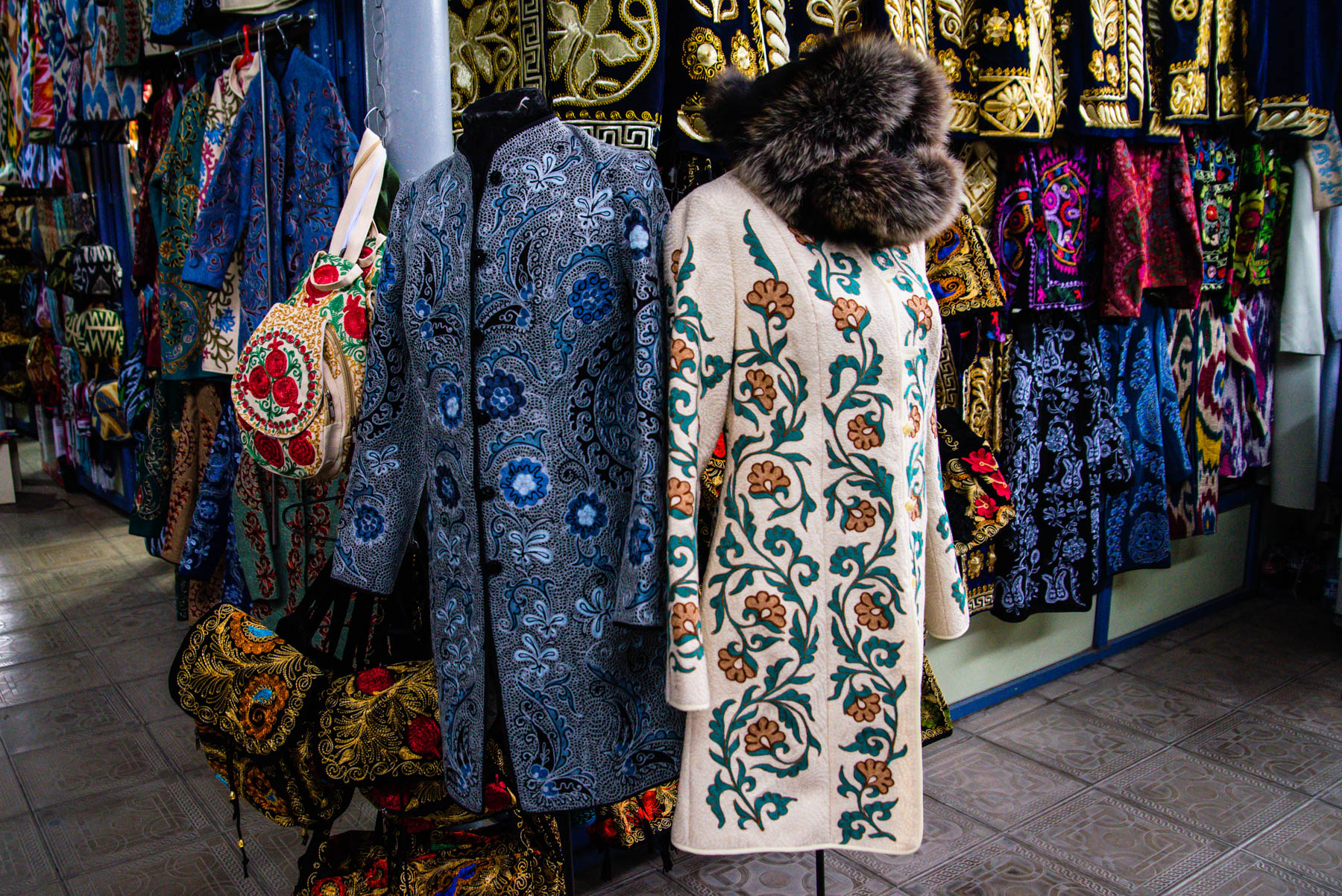
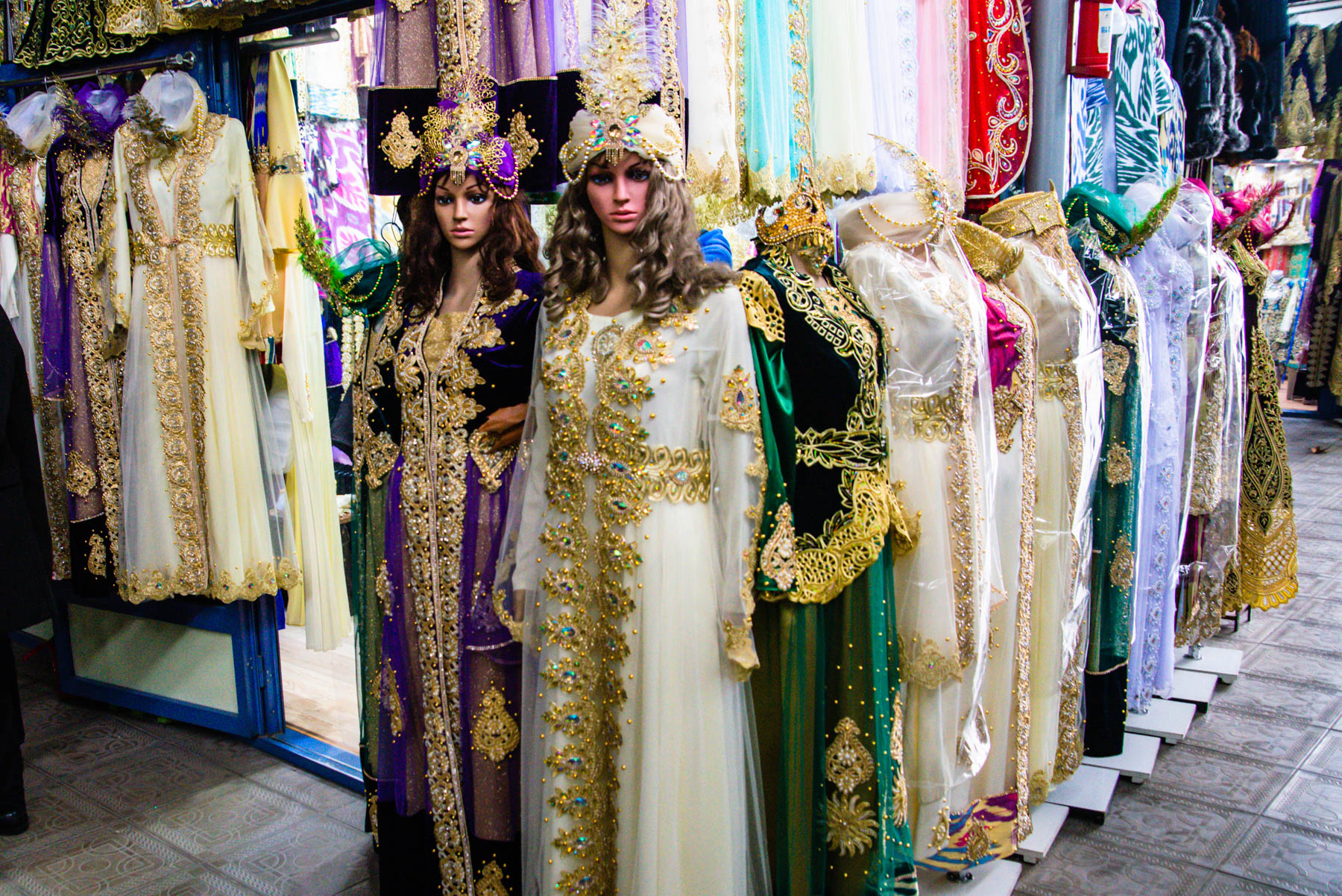
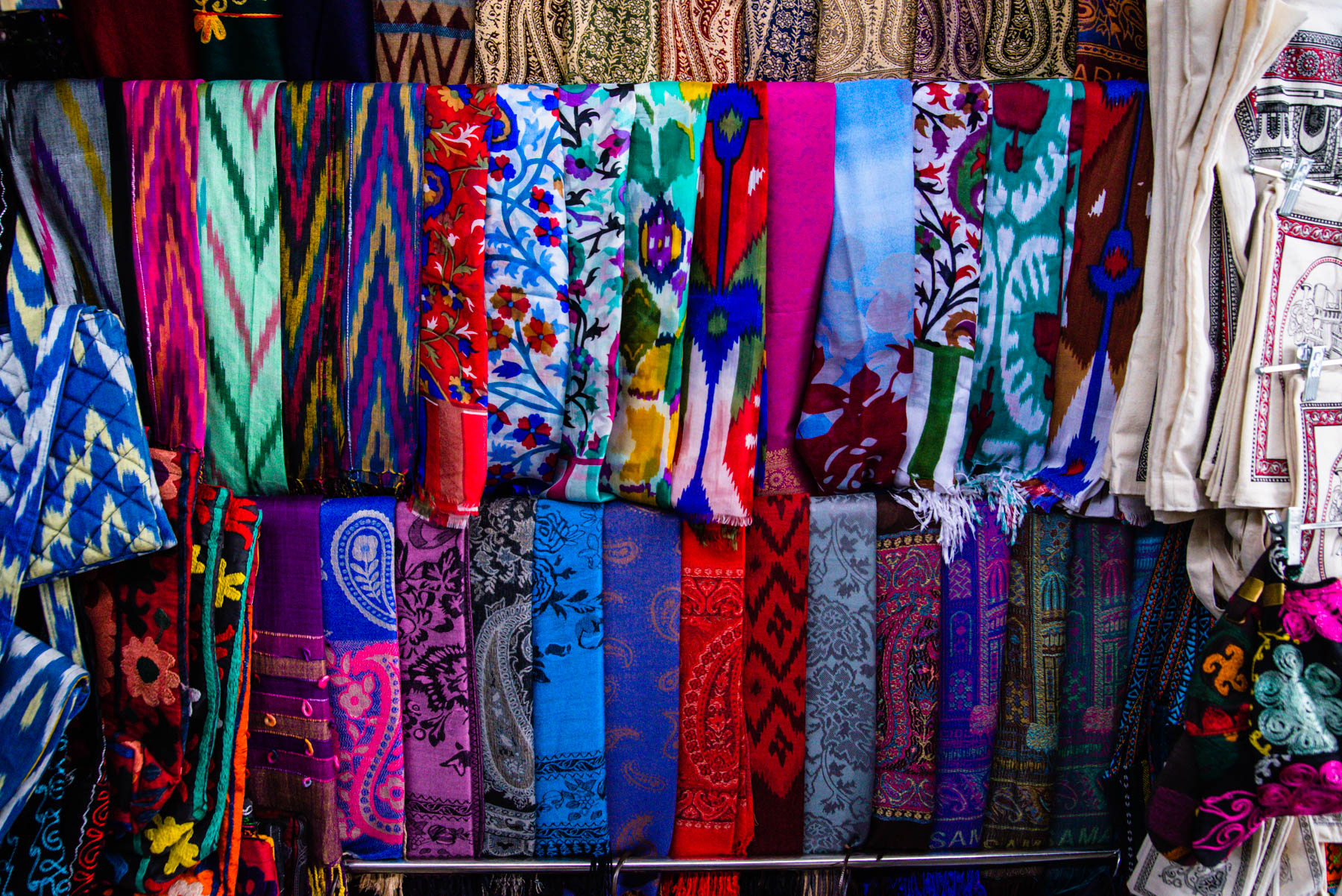
Another topic that I want to discuss separately is the architecture. As Uzbekistan has been around for quite some time in one form or another, the architecture has been influenced by many different factors. Due to its location, Uzbekistan had ties to the Arabic world, India and even China, since one of the Silk Road stops was in Samarkand, another city in Uzbekistan. Additionally, given that Uzbekistan is a predominantly Muslim country, the historical architecture has presented itself in the different variety of mosques located throughout the country. While some of them have been reconstructed given the damage inflicted on the buildings, some of these mosques retain original paintings and materials. Below are just some of the architectural beauty that could be found in Tashkent.
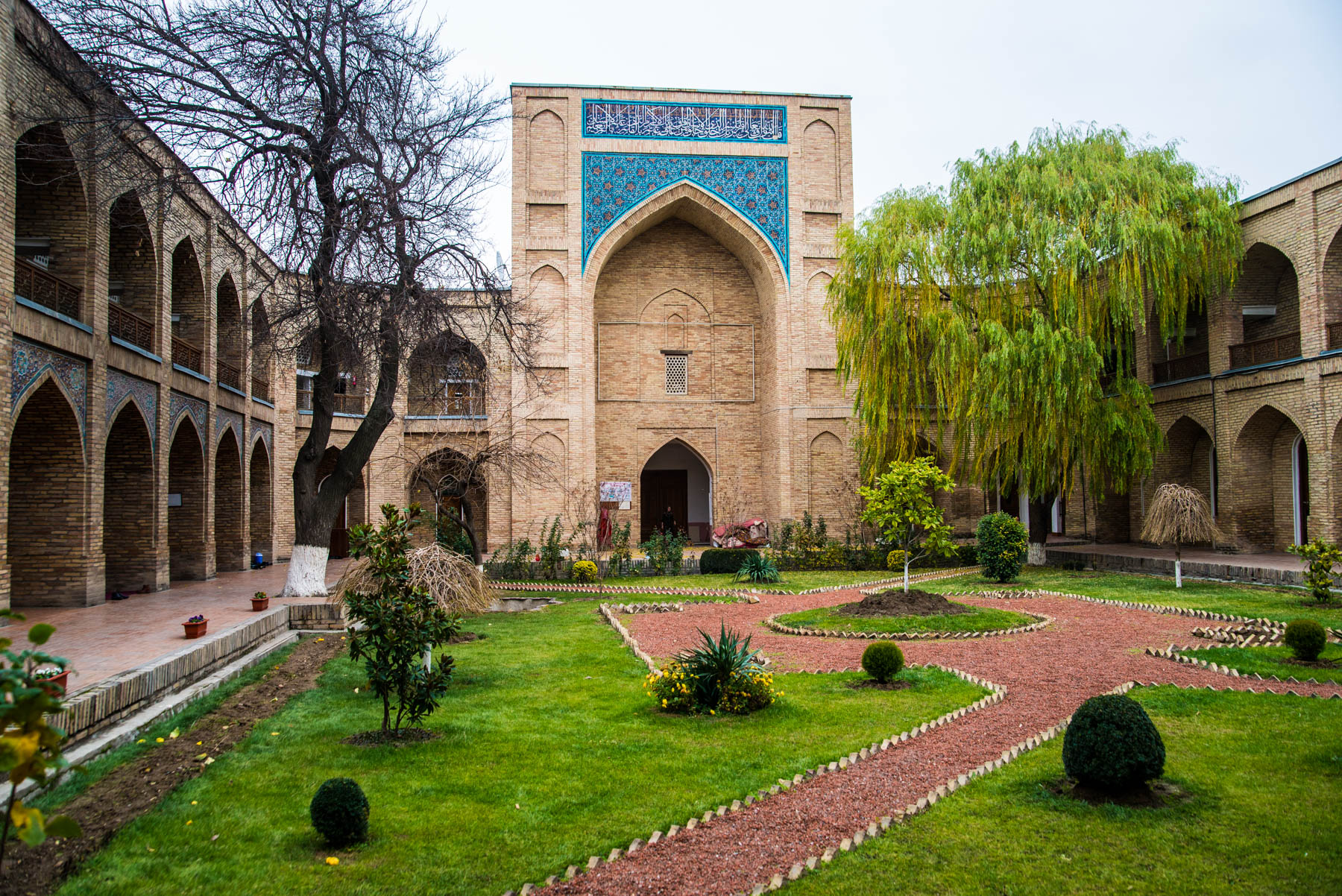
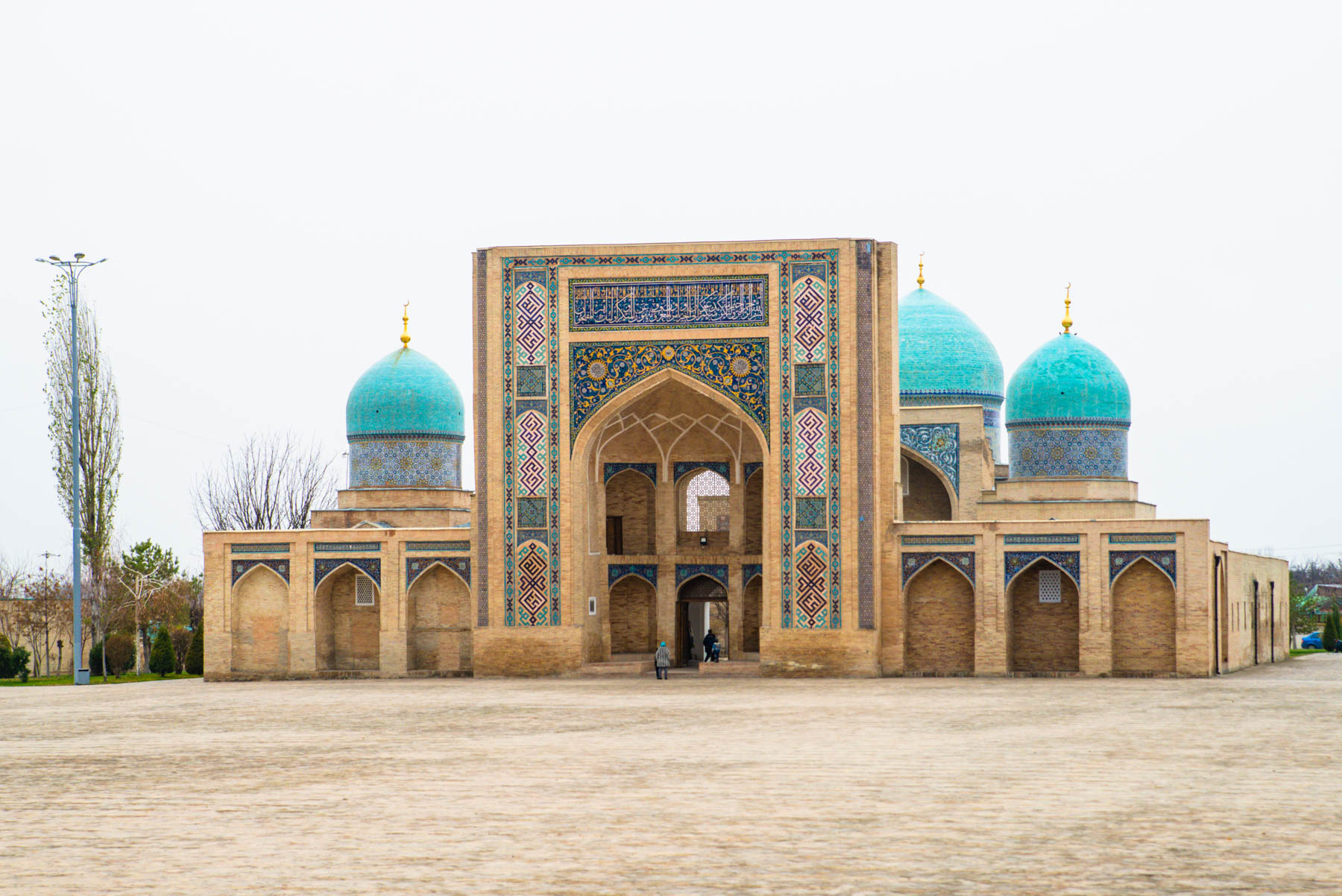

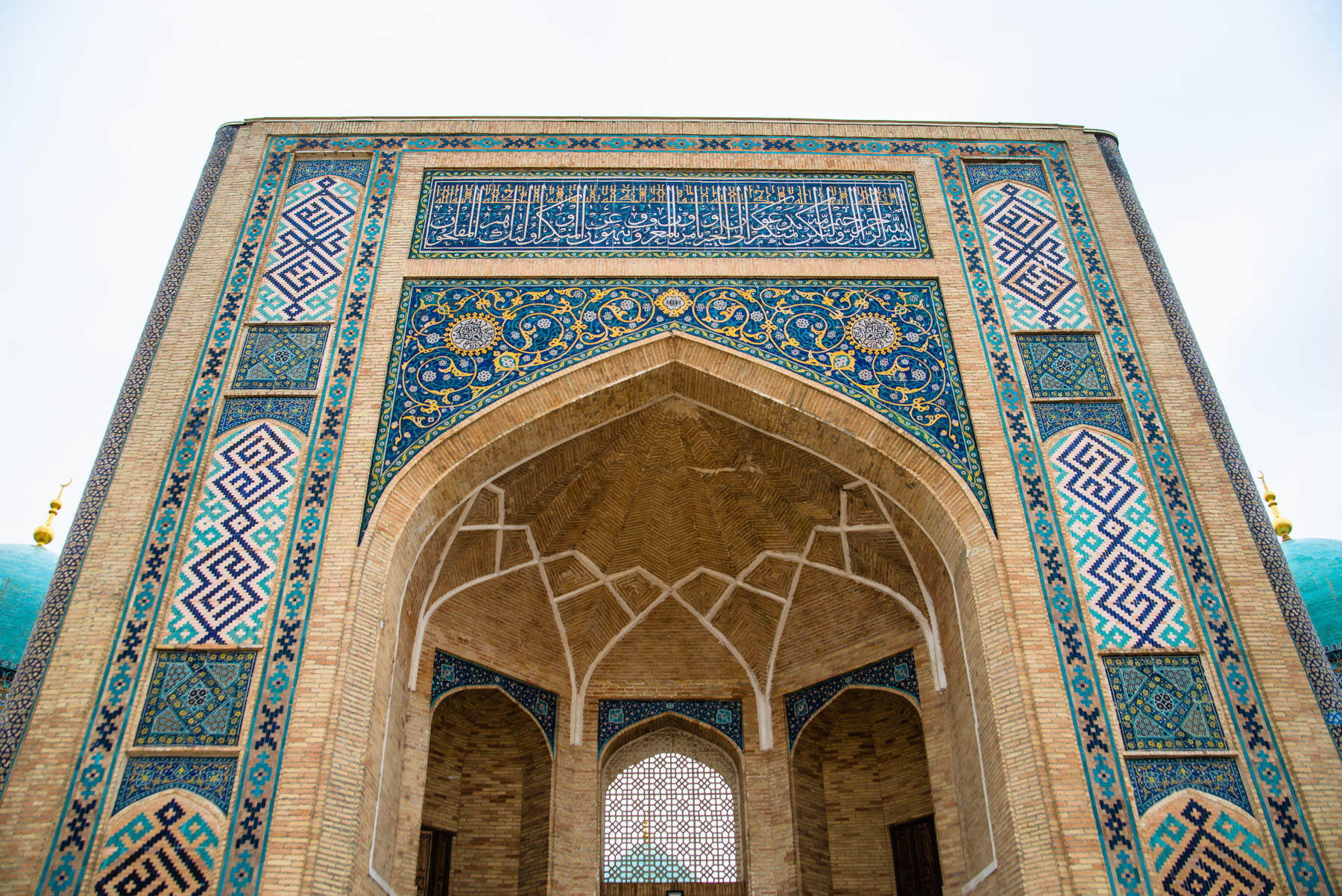
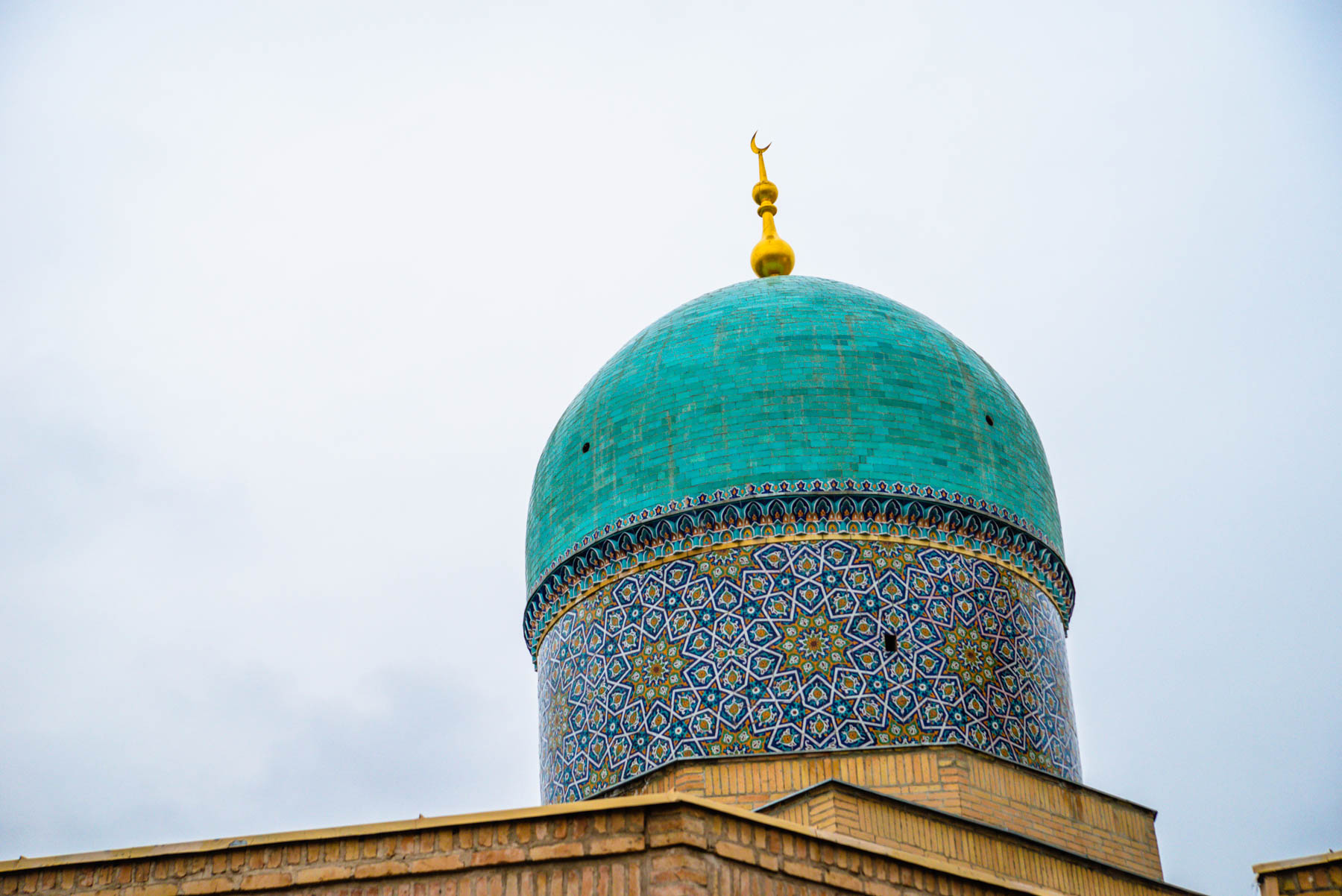

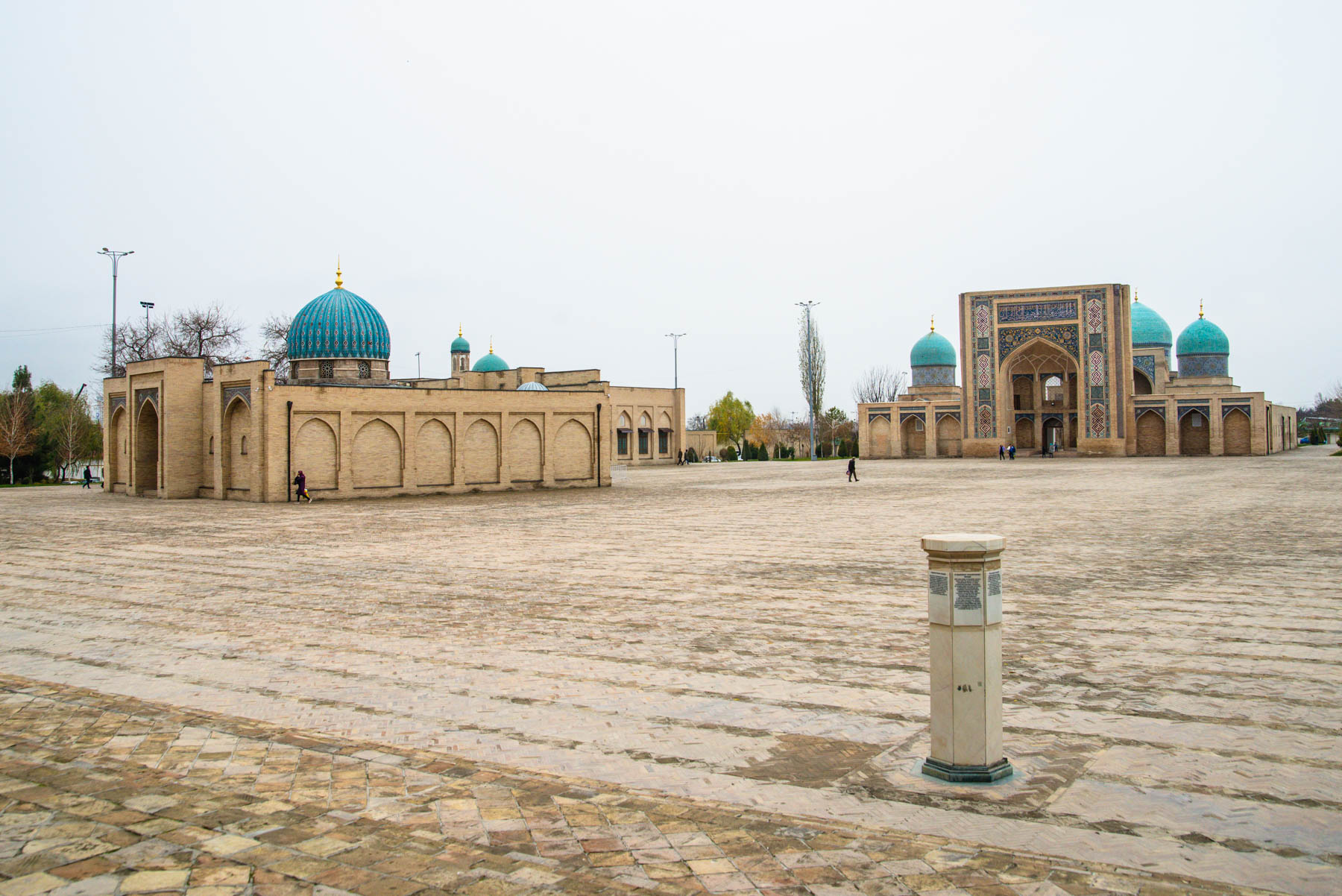
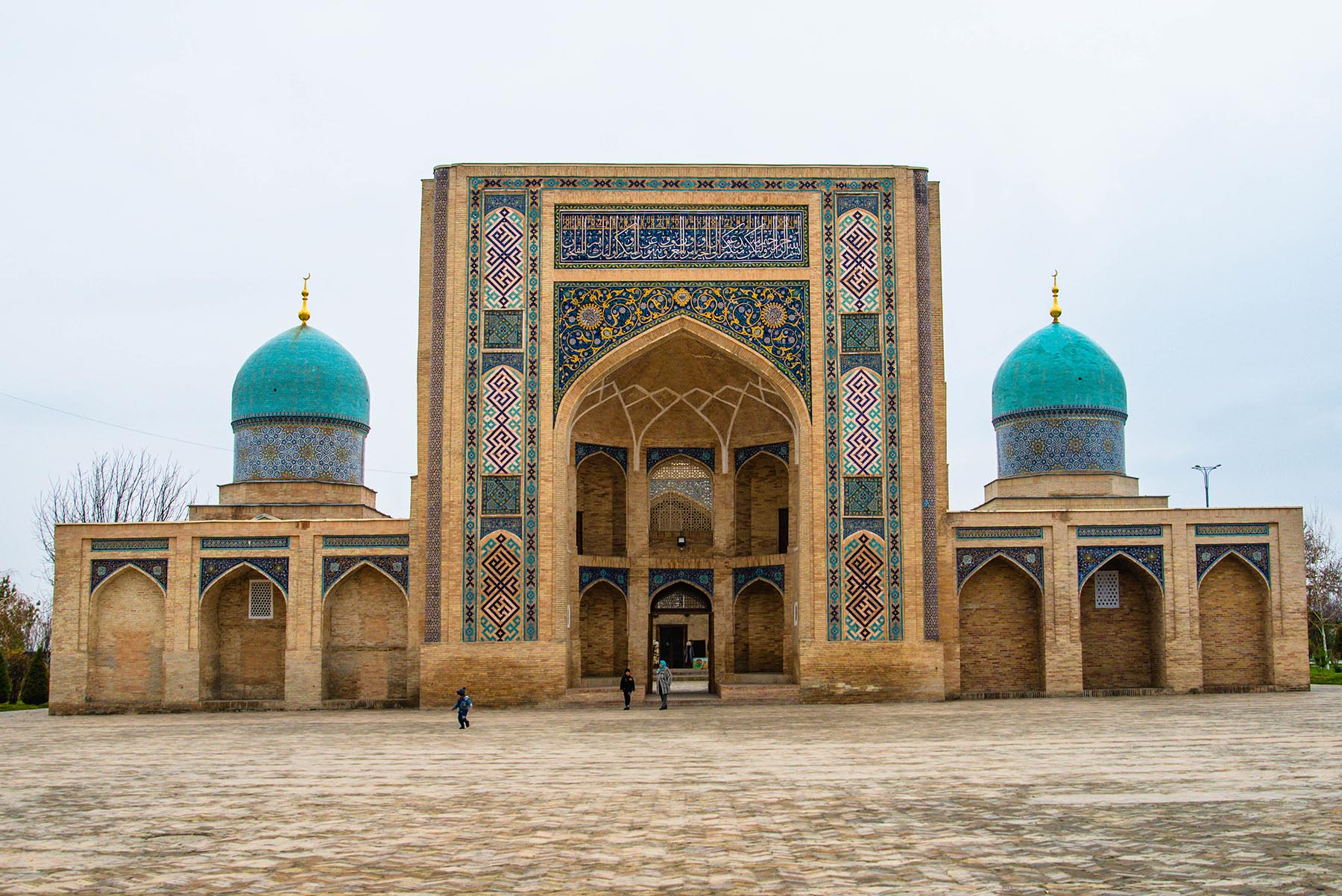
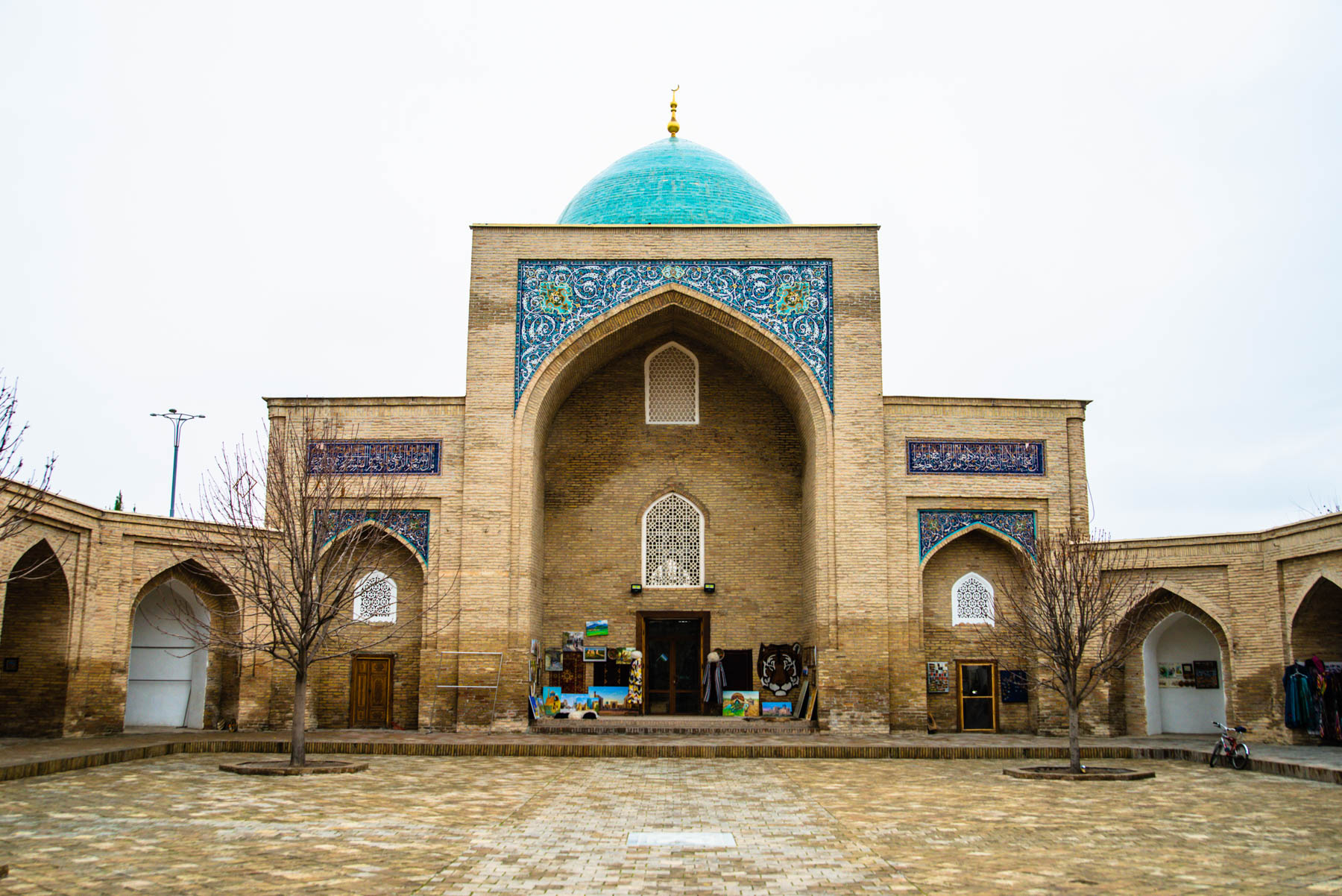
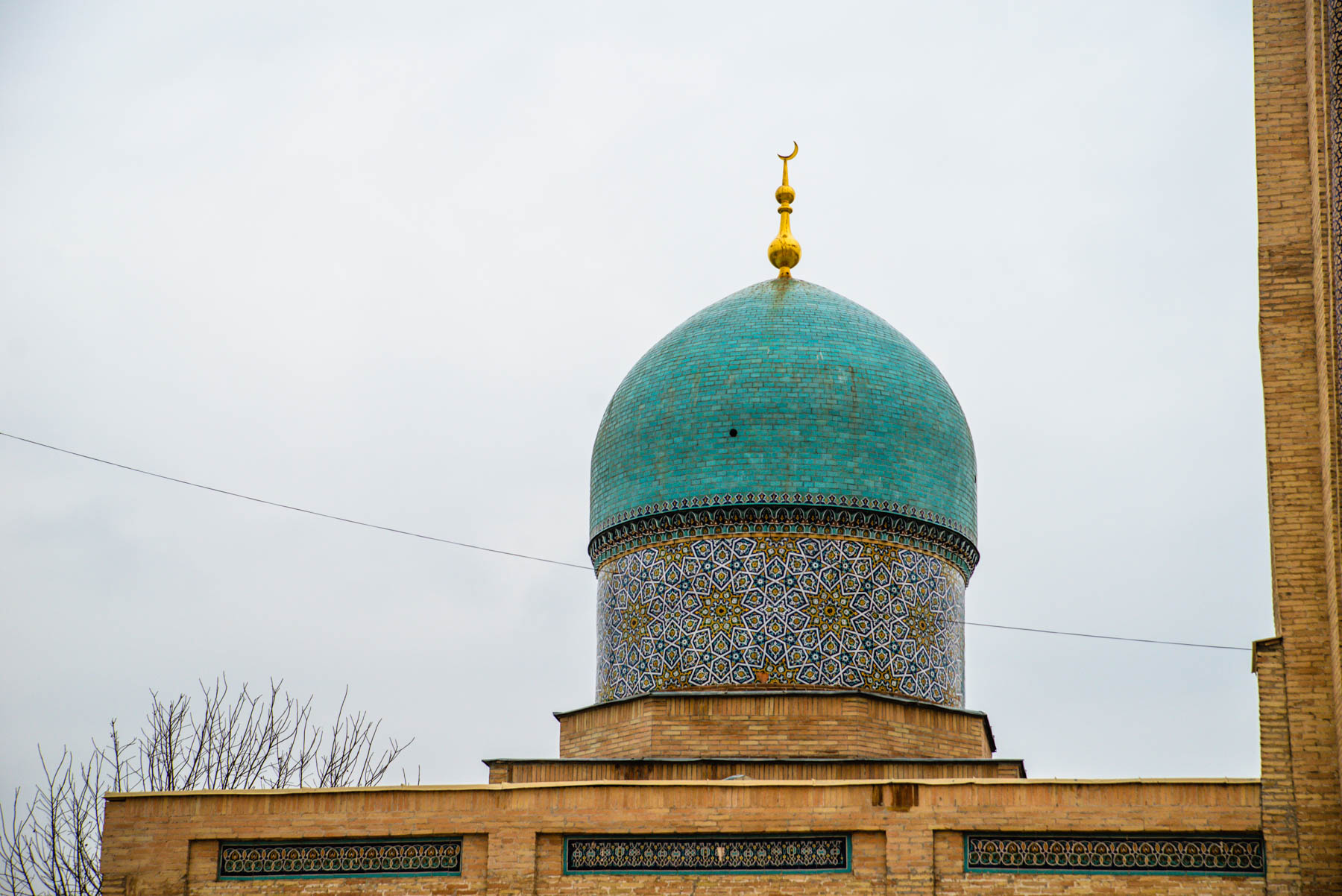
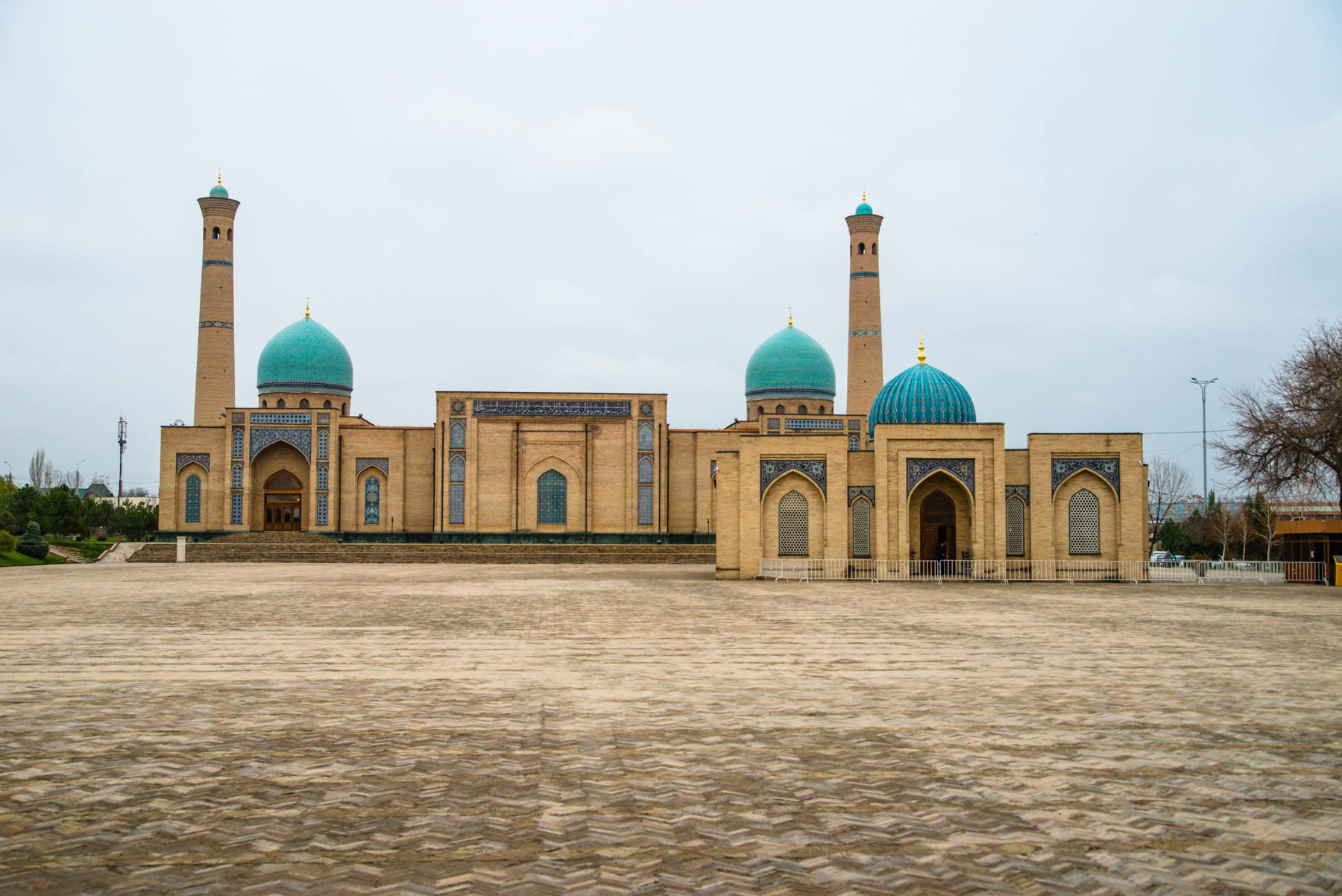
While majority of the mosques have been built in past centuries, Tashkent is still a developing city. Along with the high-rises and modern building, new traditional buildings are built as well. One of the examples is the Minor Mosque, also called the White Mosque. It was built in 2014 and became on of the jewels of the city. While this building is new, it has been built in accord with the traditions of the eastern architecture. In the times of the city expansion, it is good to see some traditions being kept alive and not forgotten. It would be interesting to see Tashkent in another ten years because it would be a much different city than it is now. With the influx of investments into the city and the country, Tashkent and Uzbekistan are moving in the direction of making the country more accessible and fun for tourists, and while there are still many things that need to be accomplished, Uzbekistan can provide an interesting and unique perspective into the countries of Central Asia and offer something that others can't.
